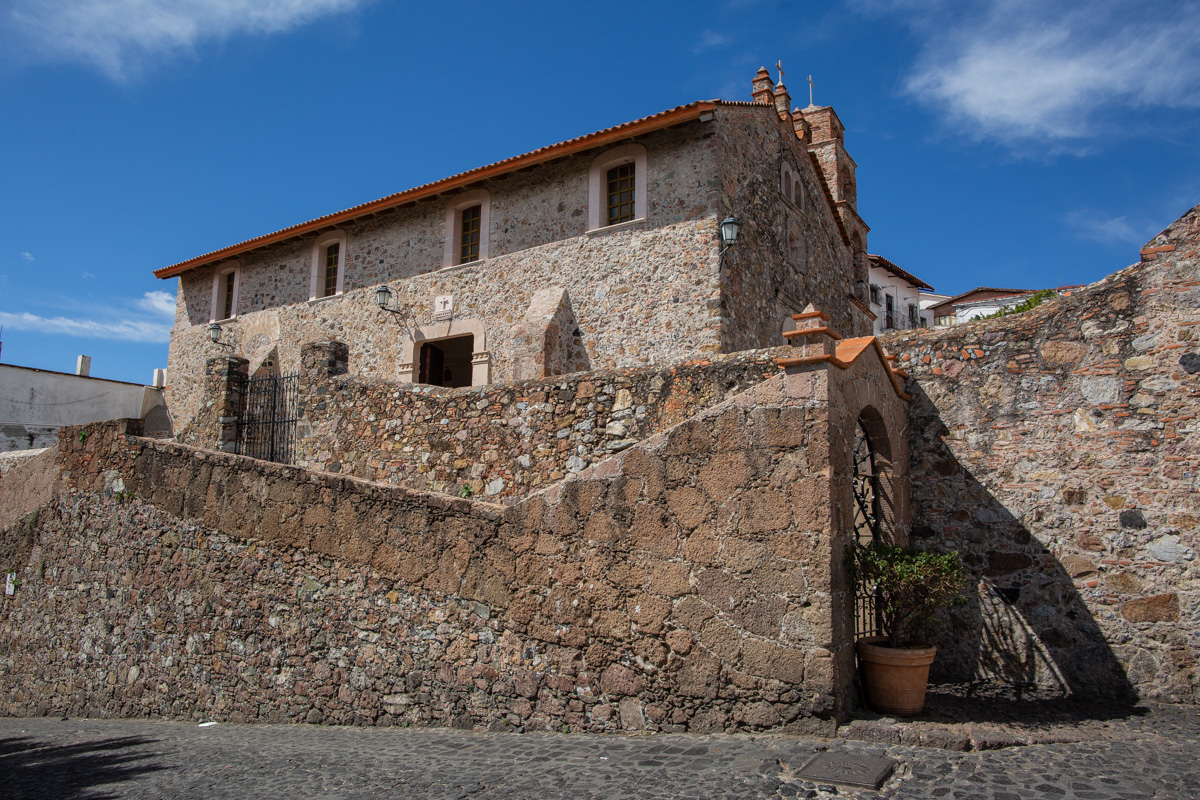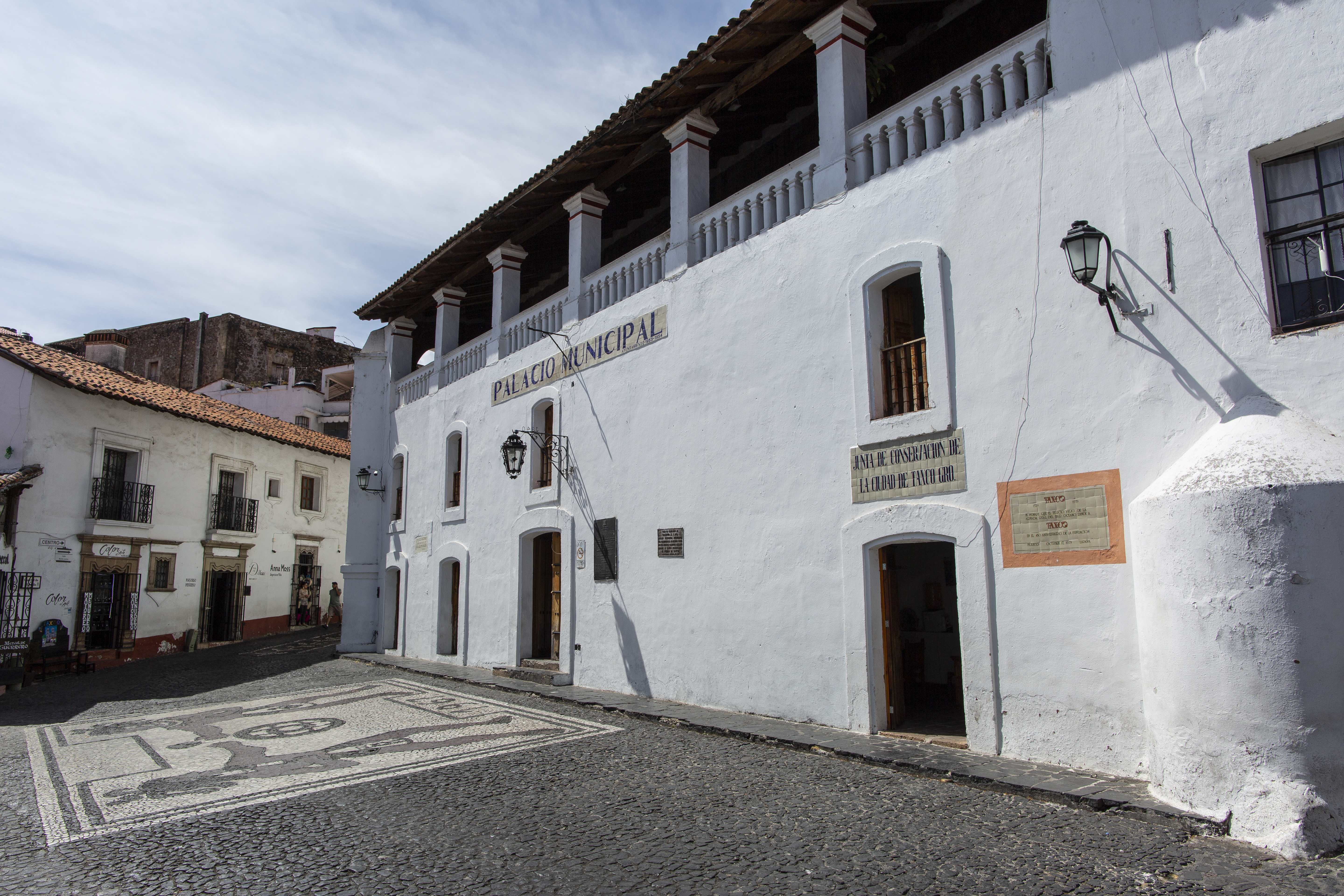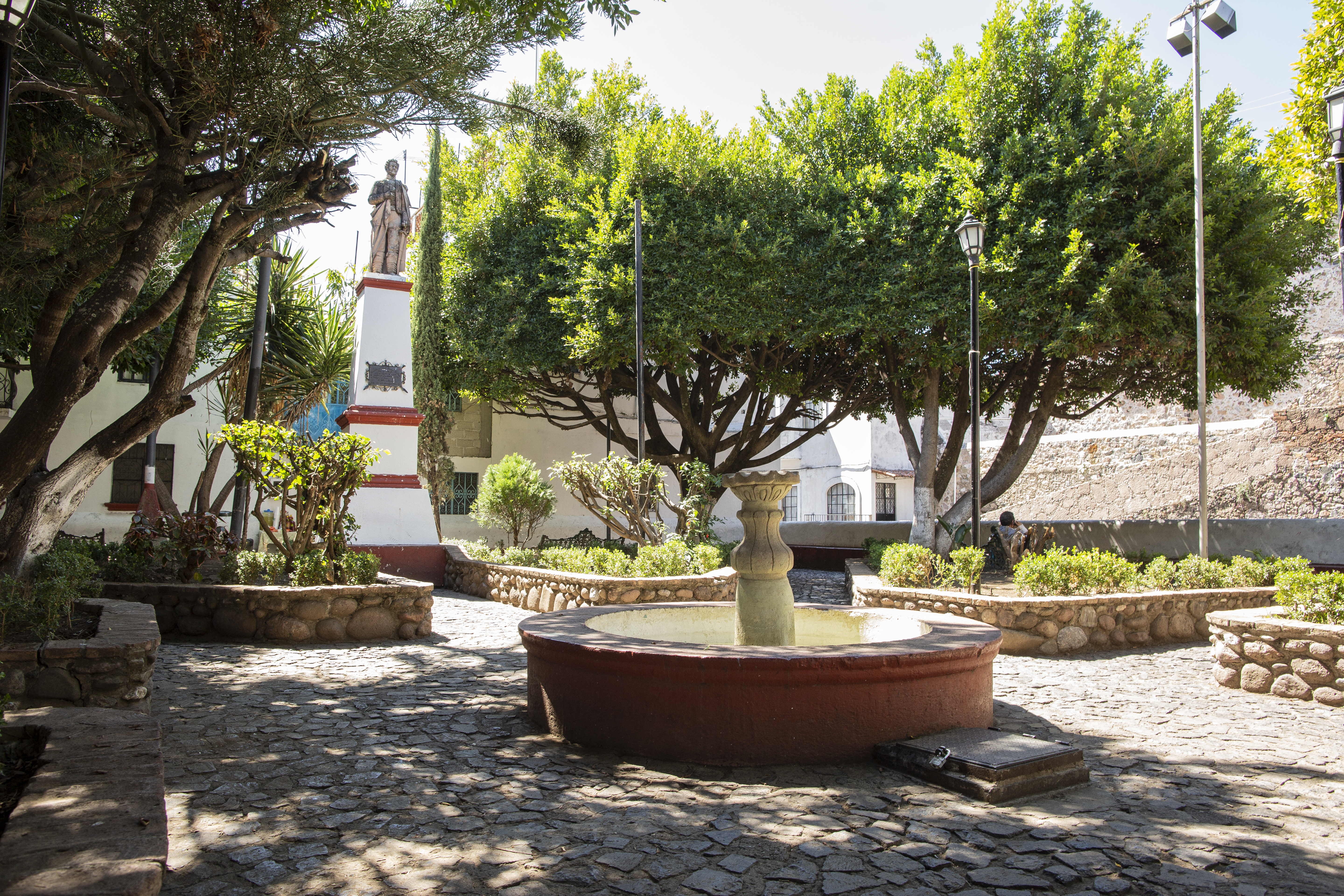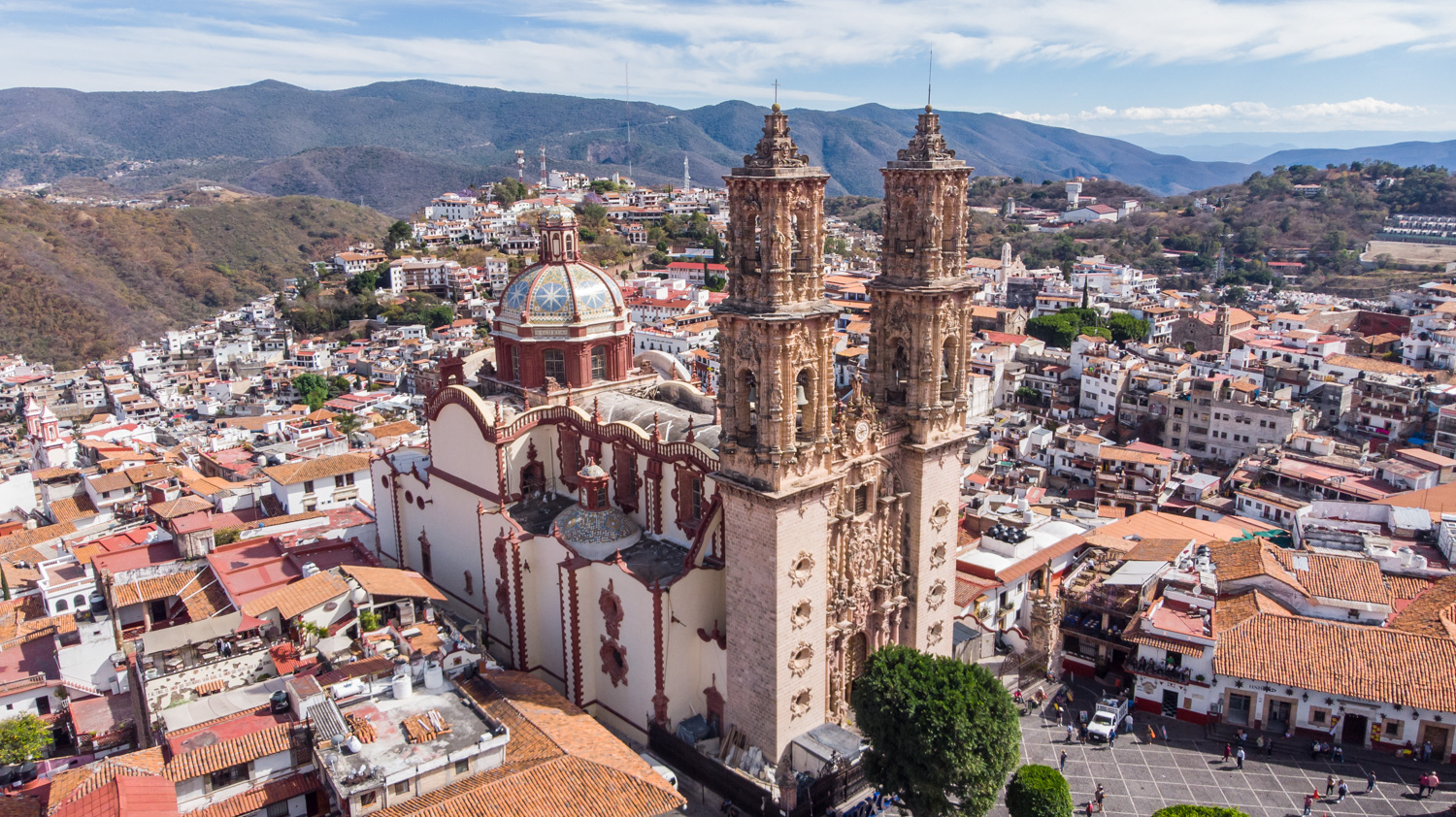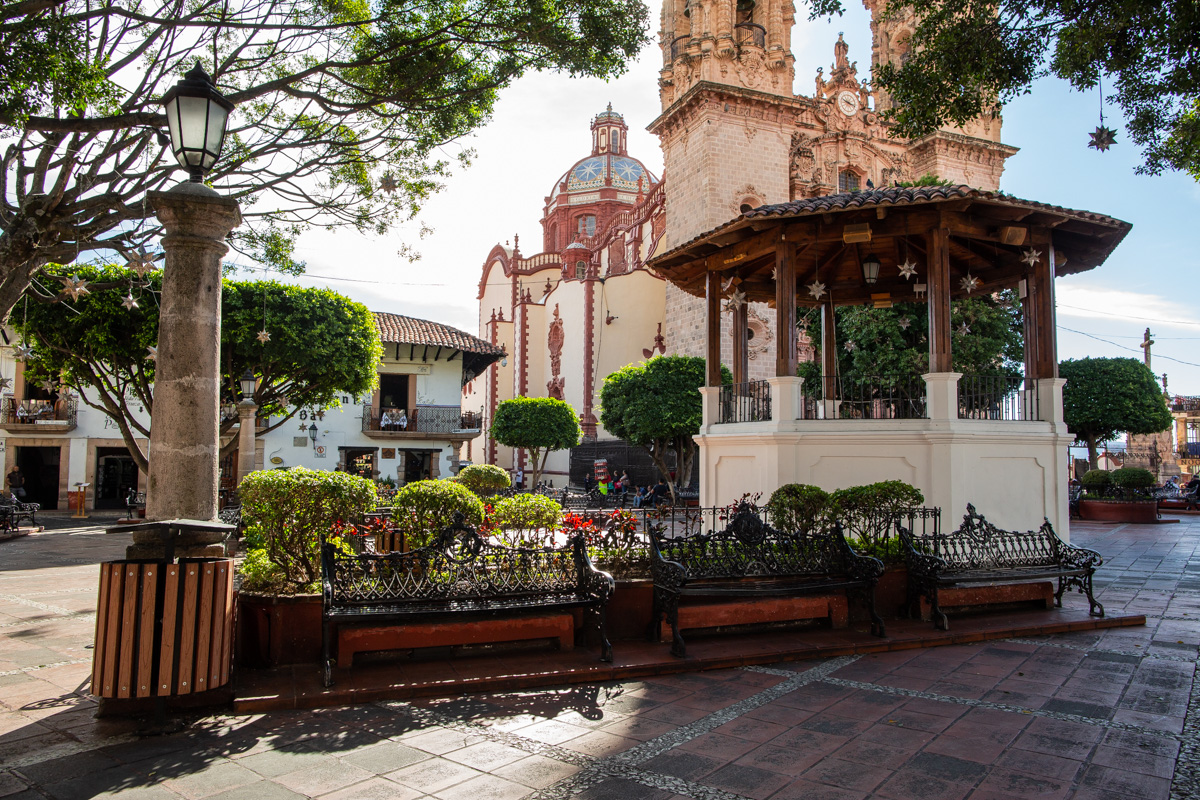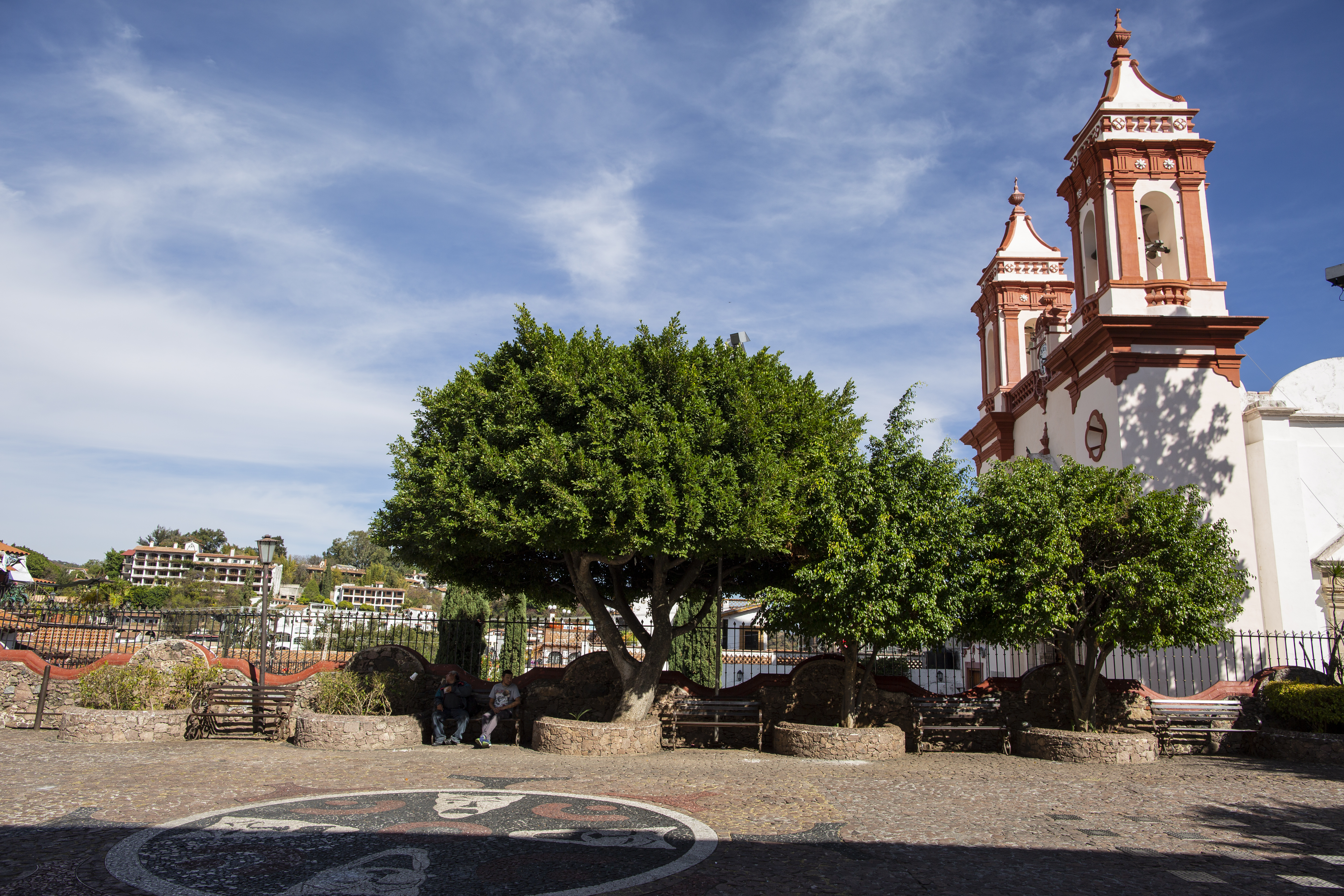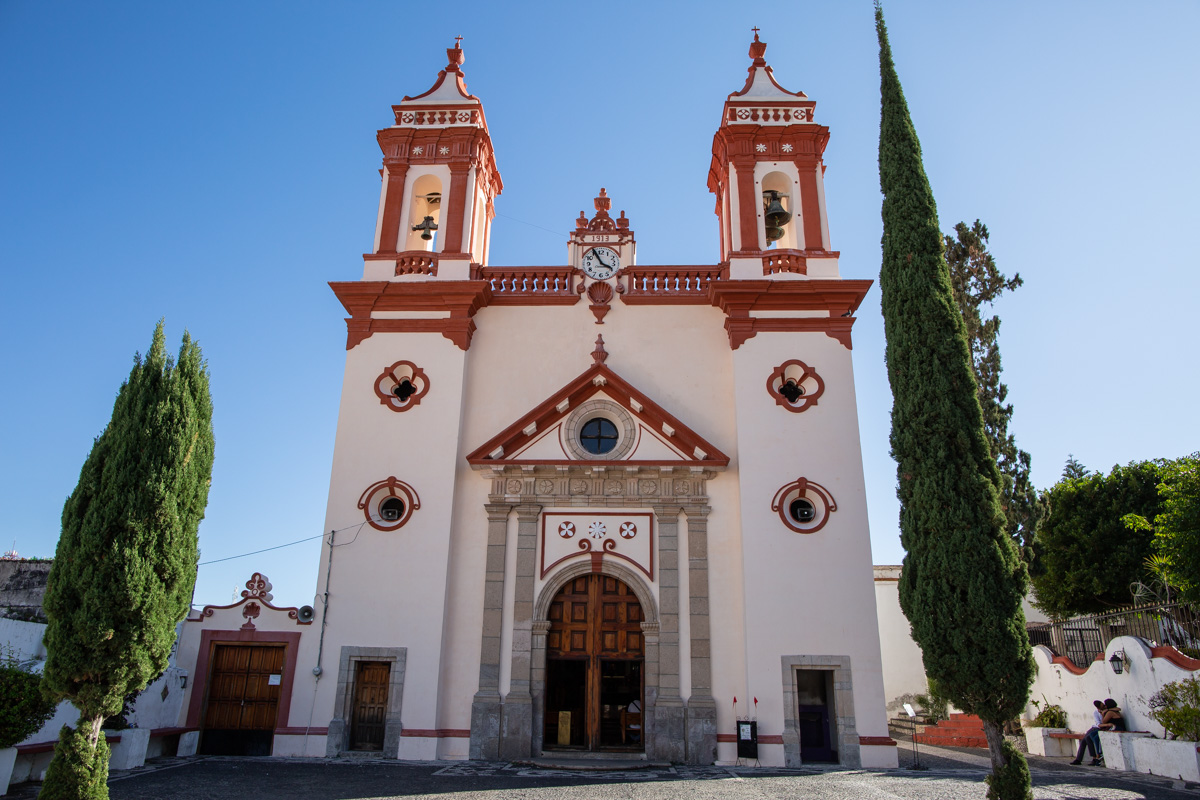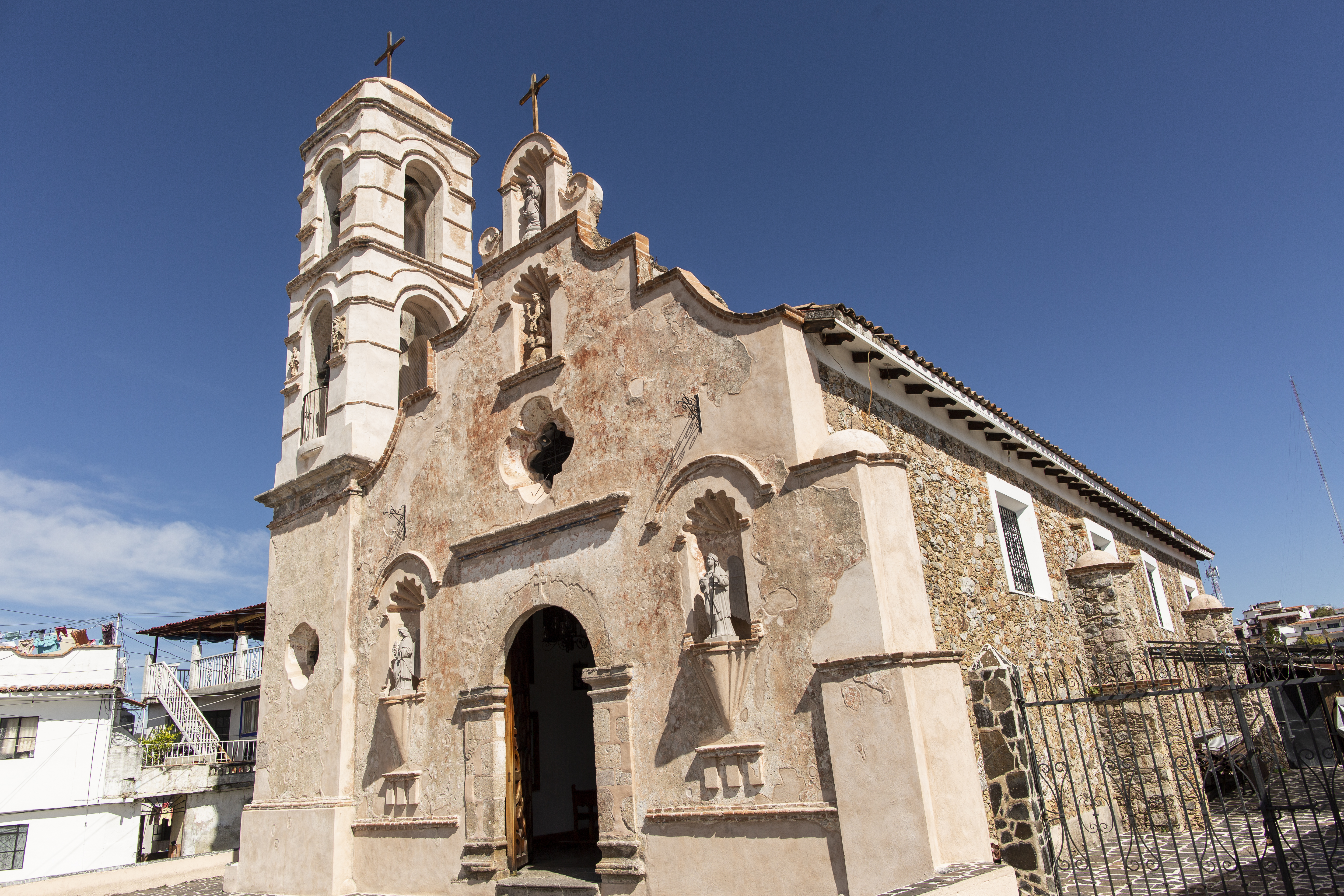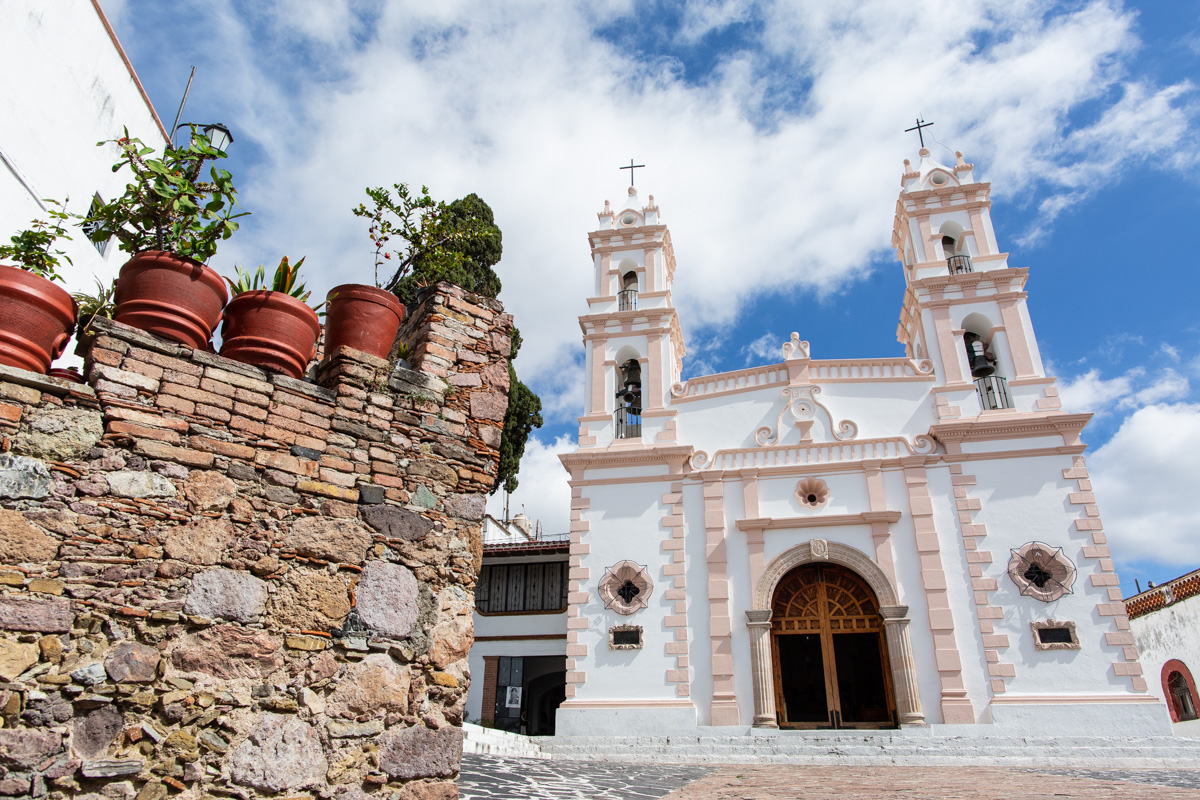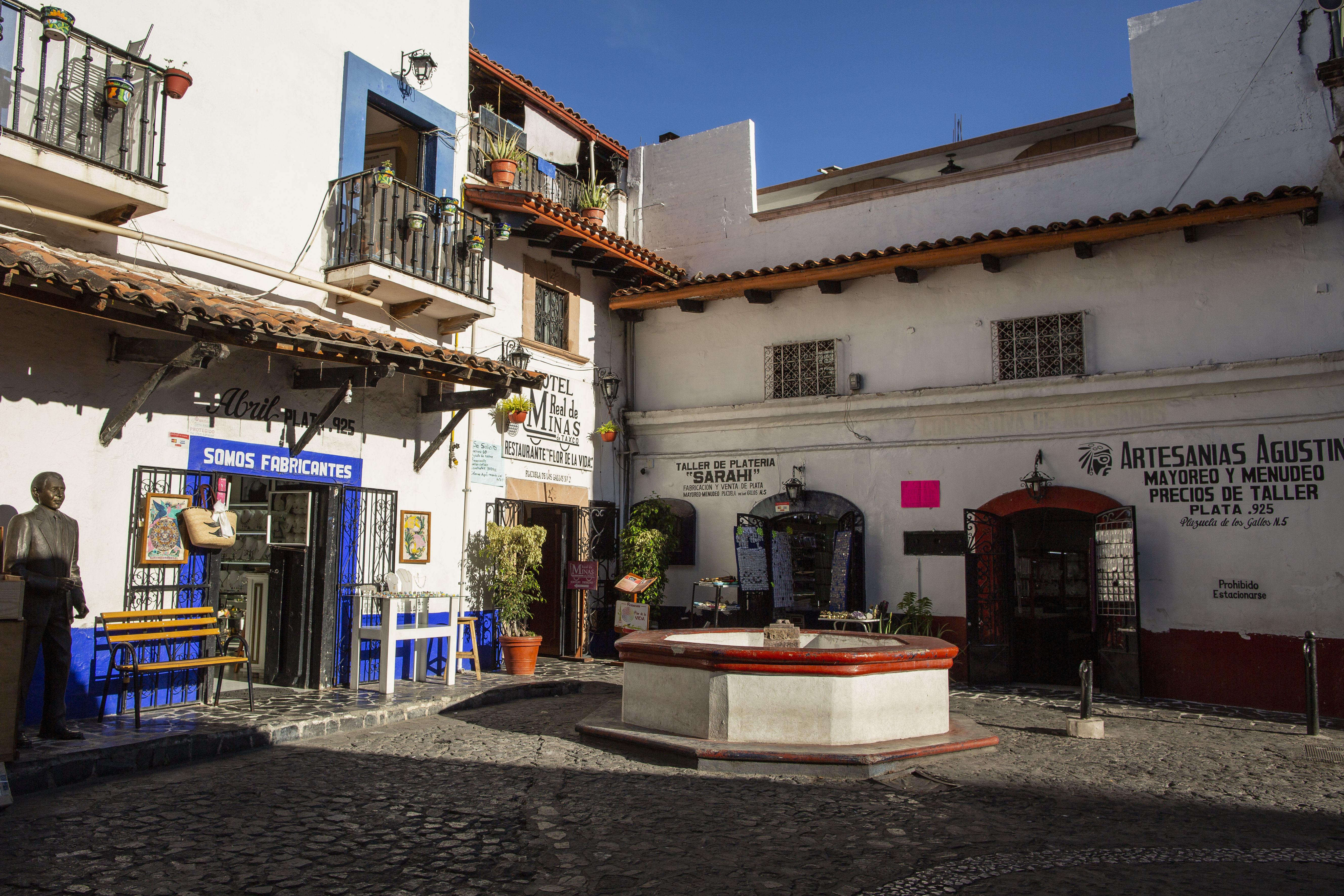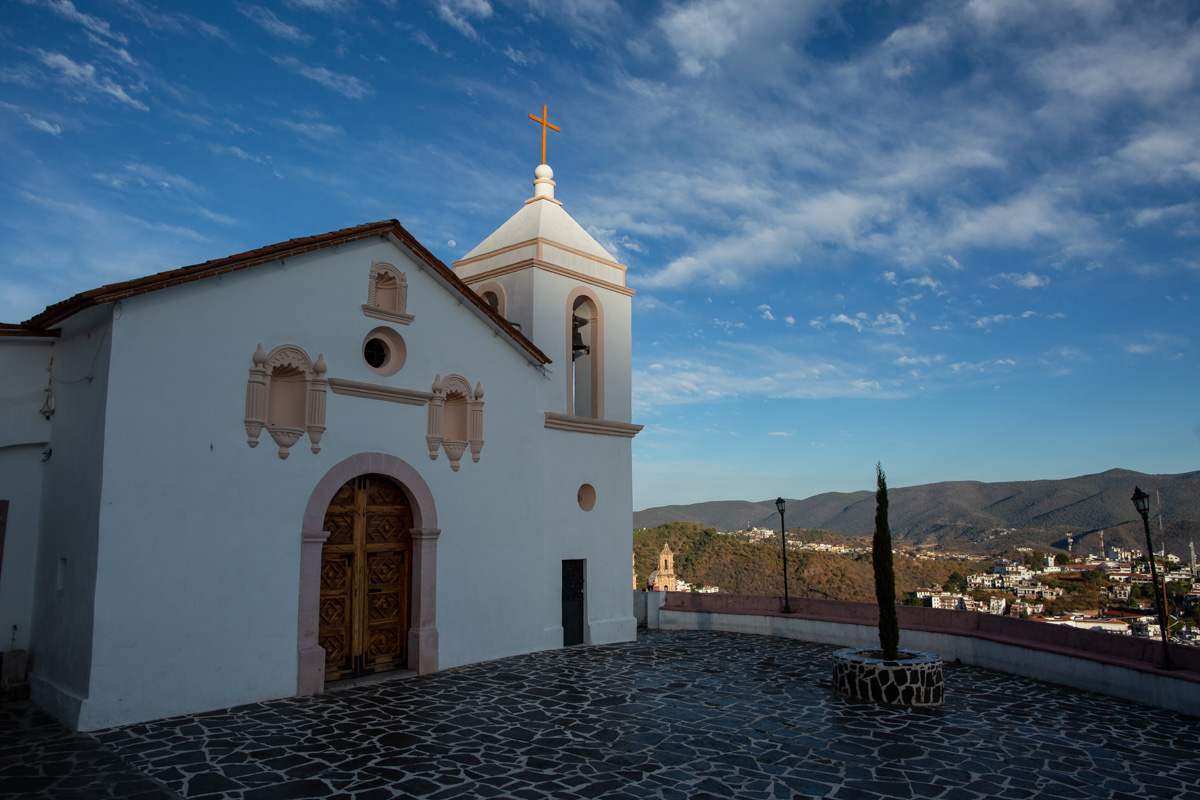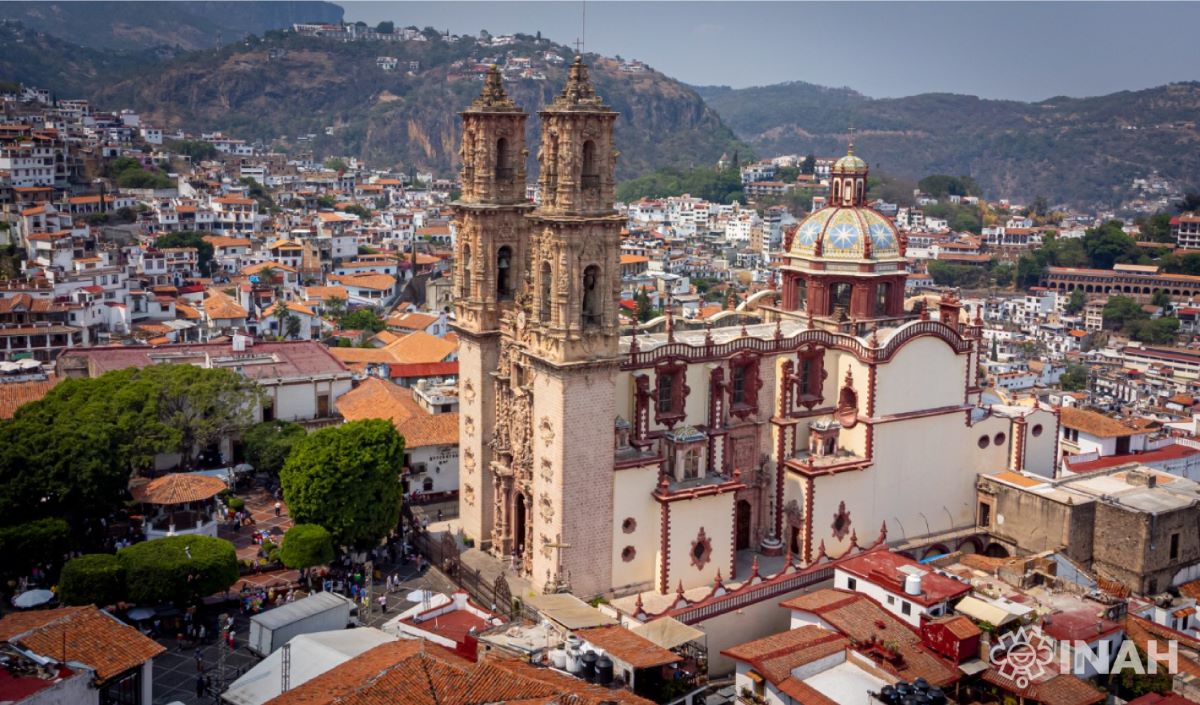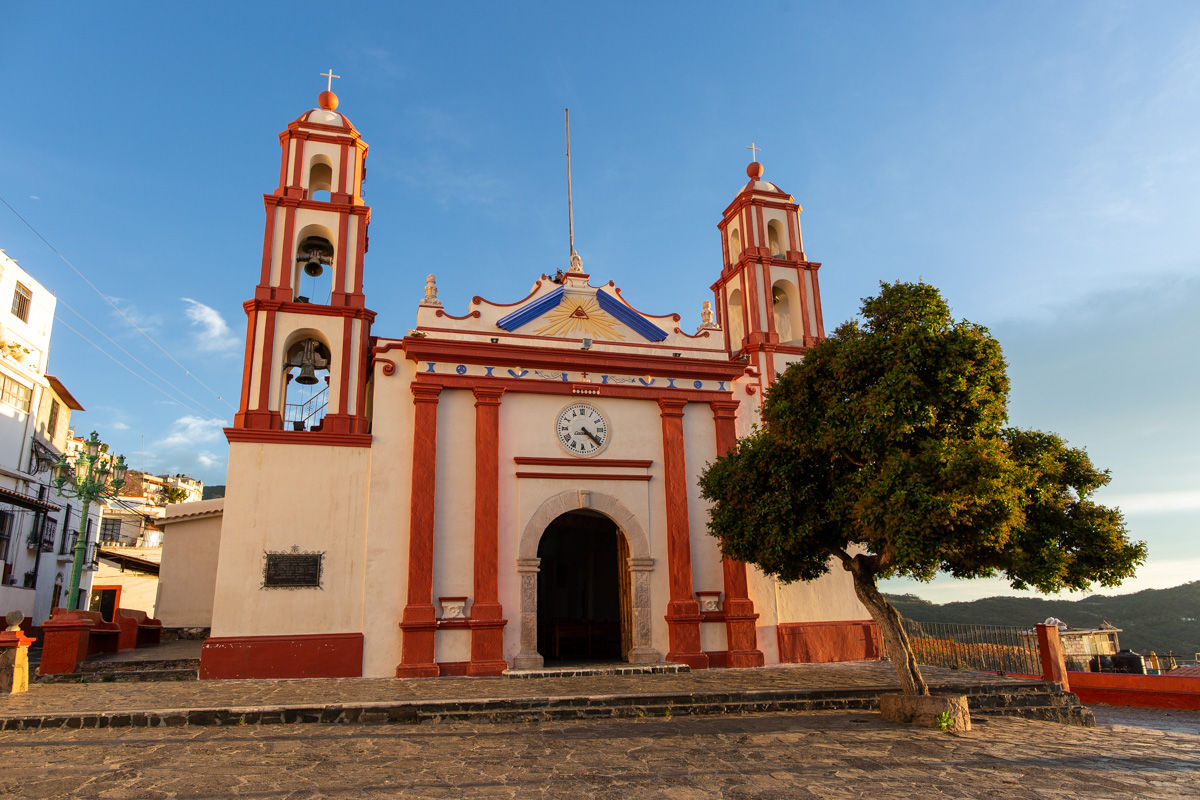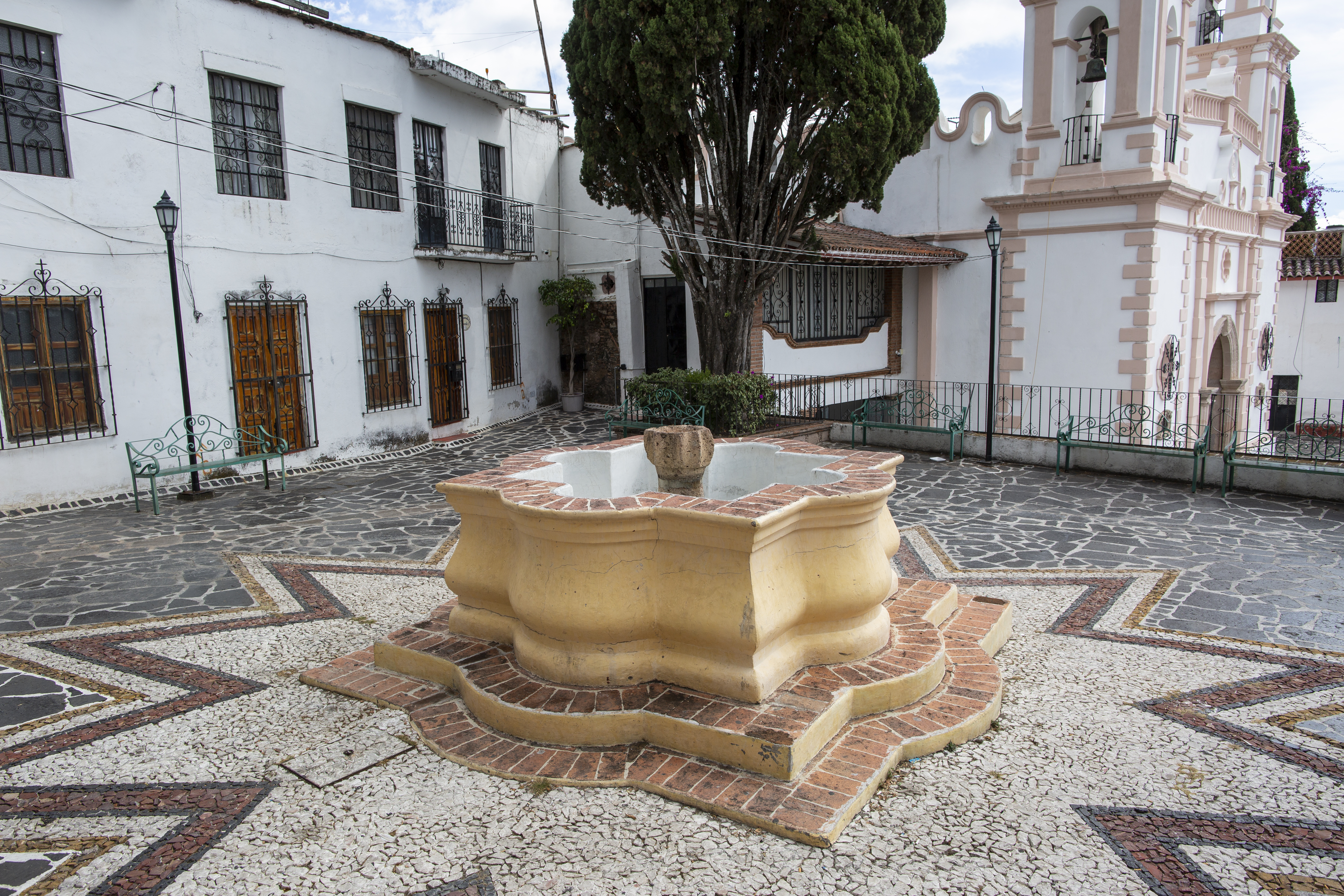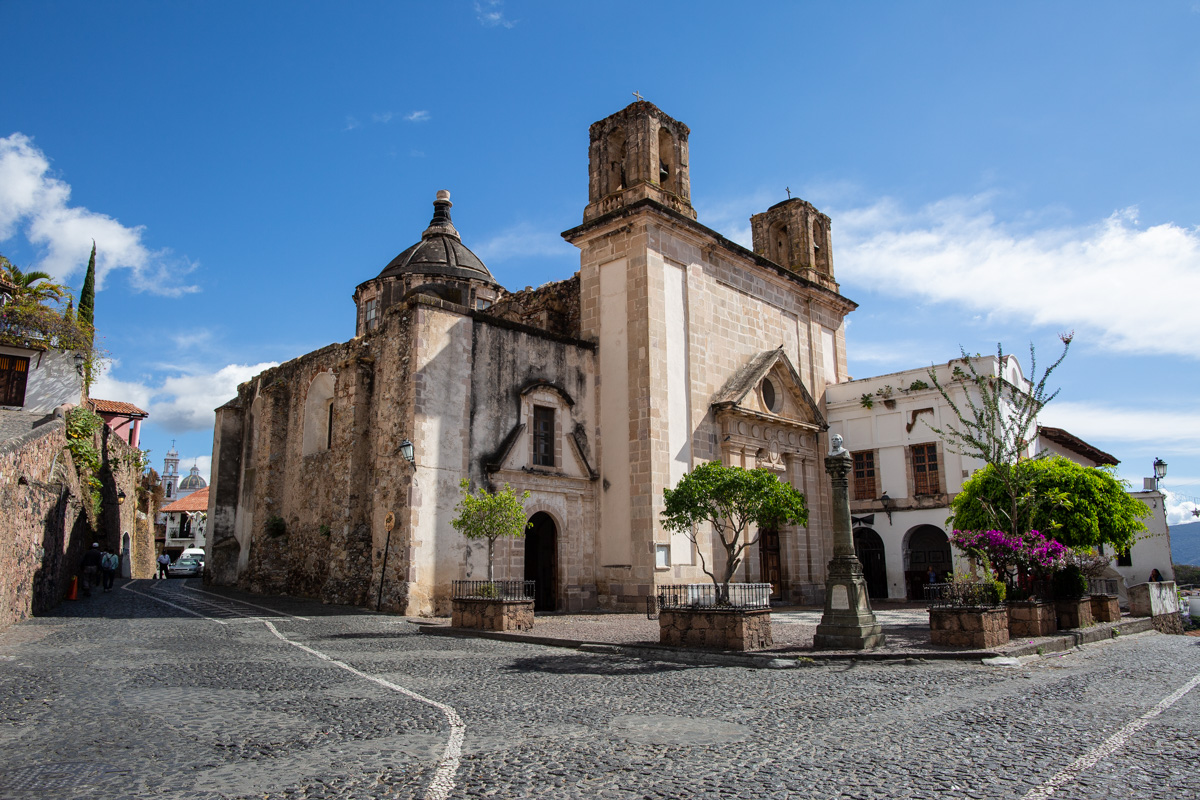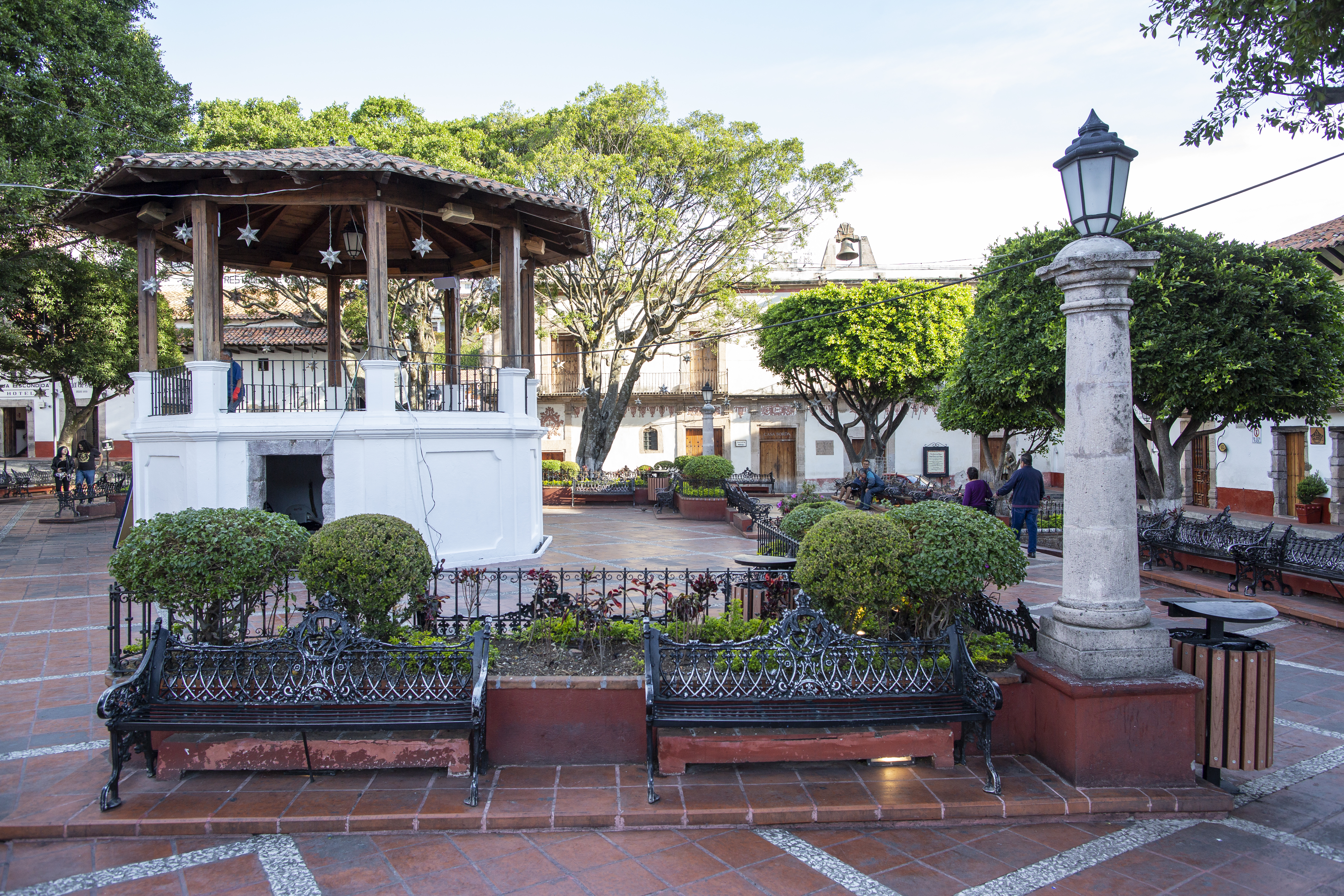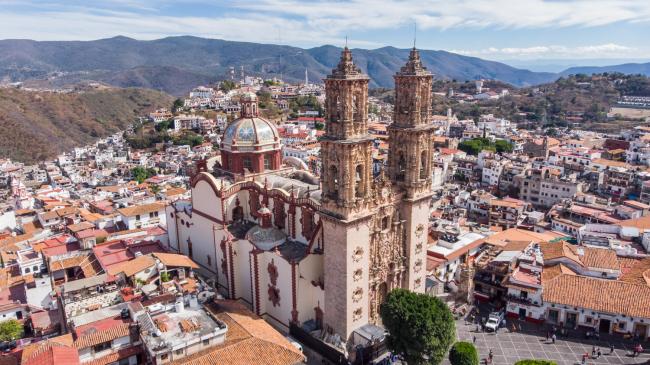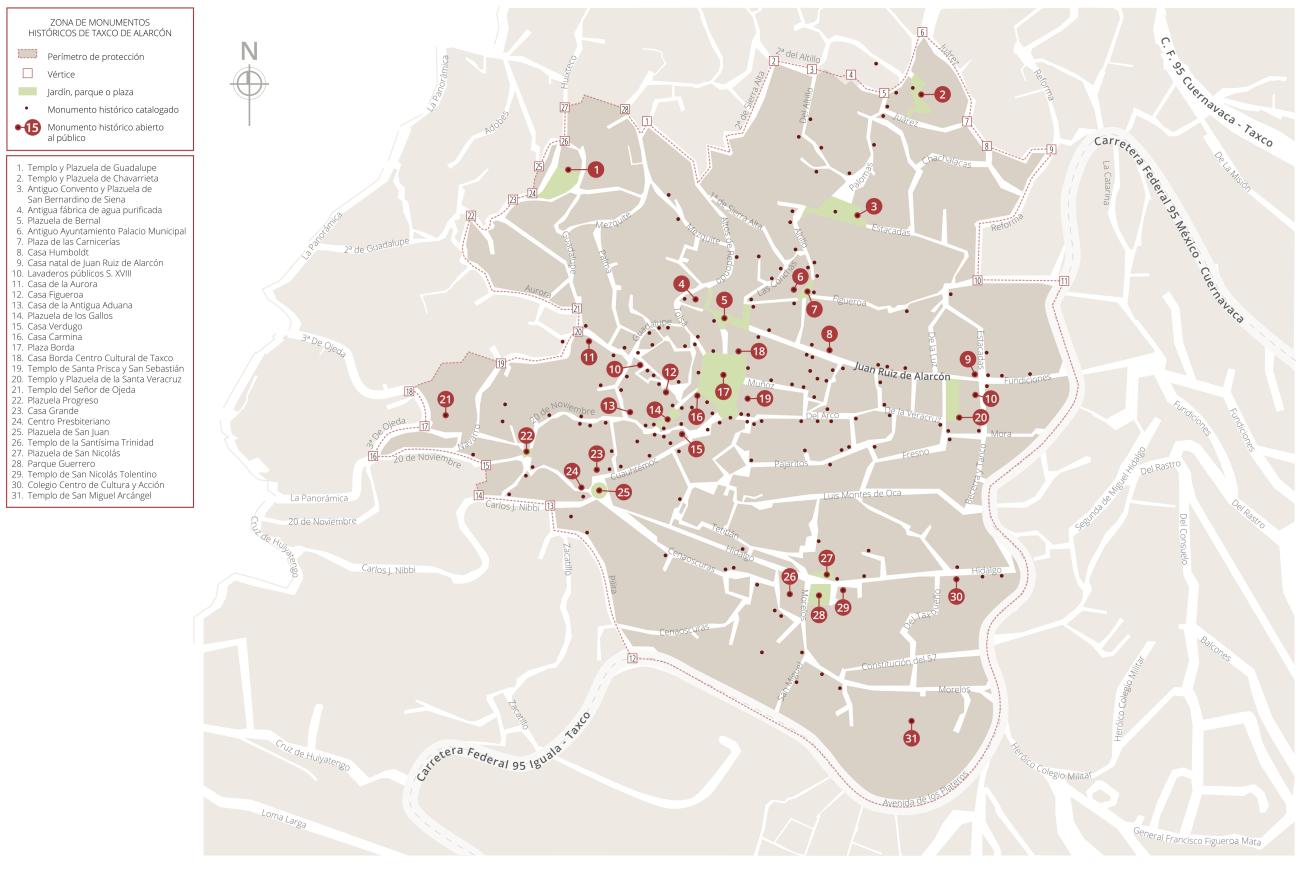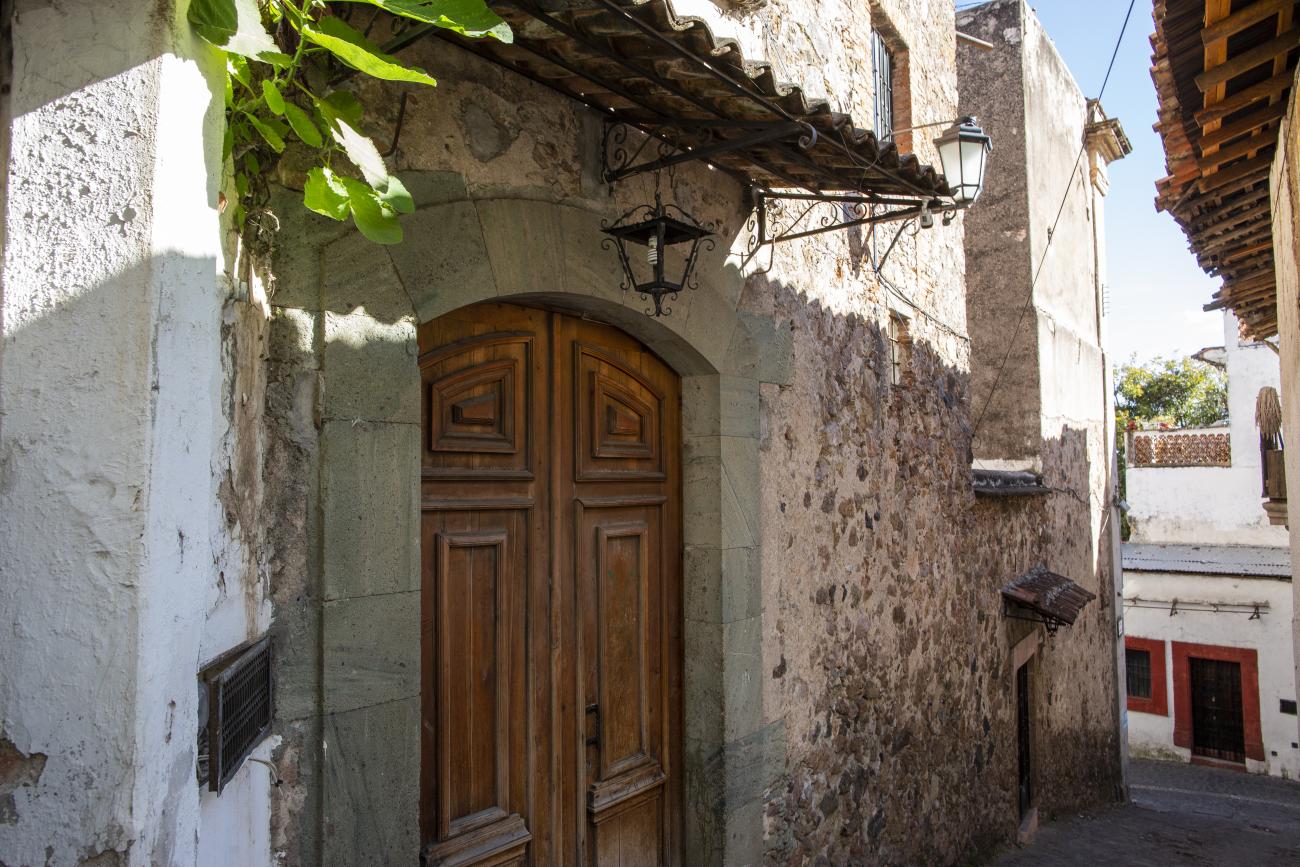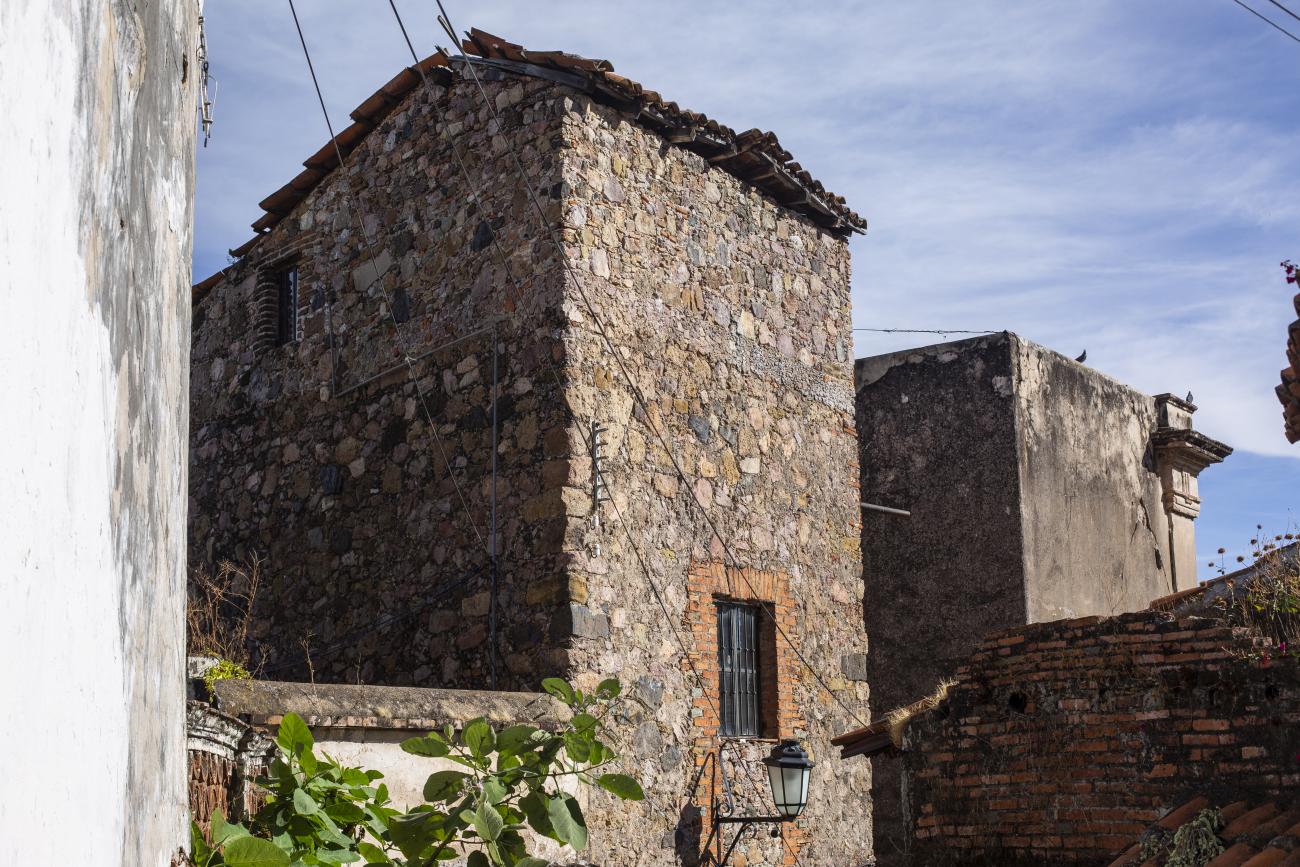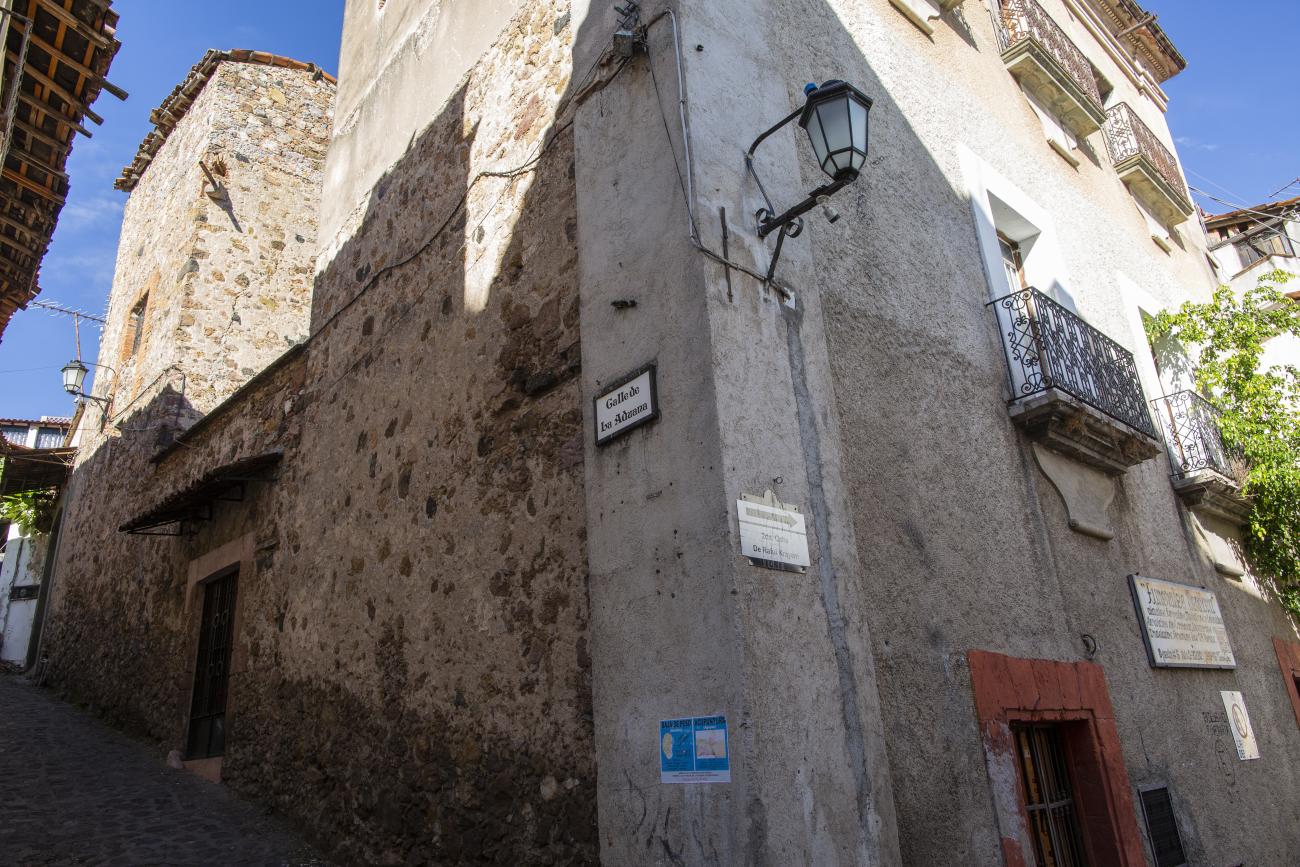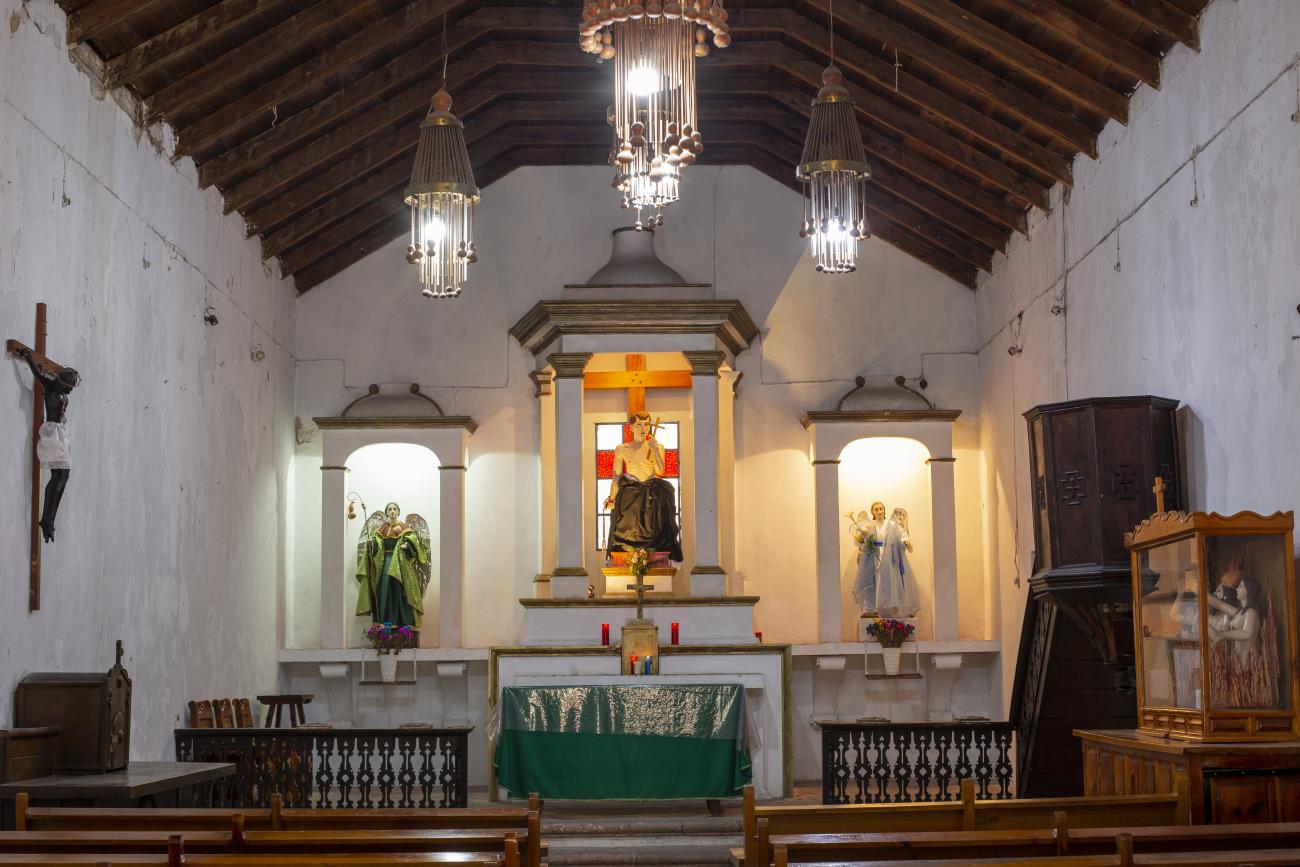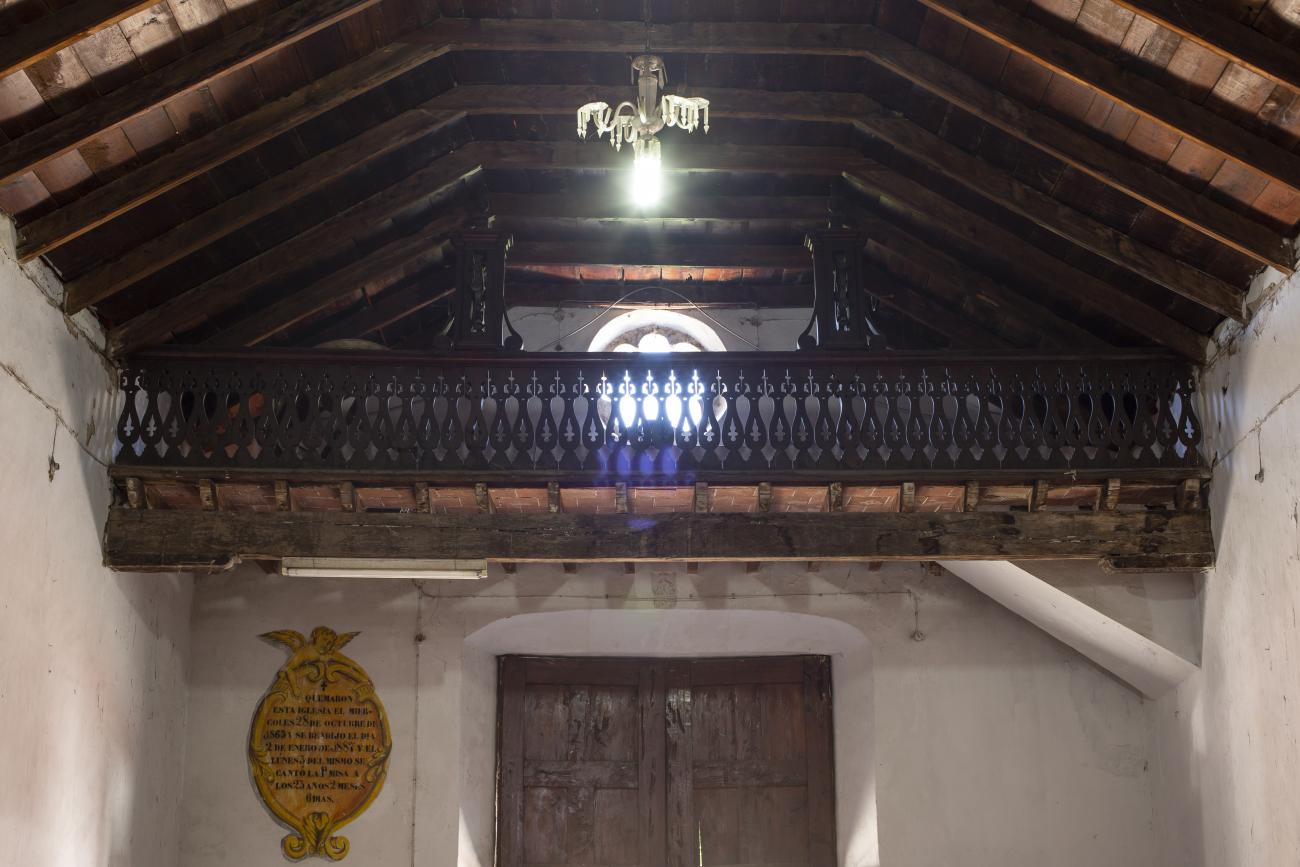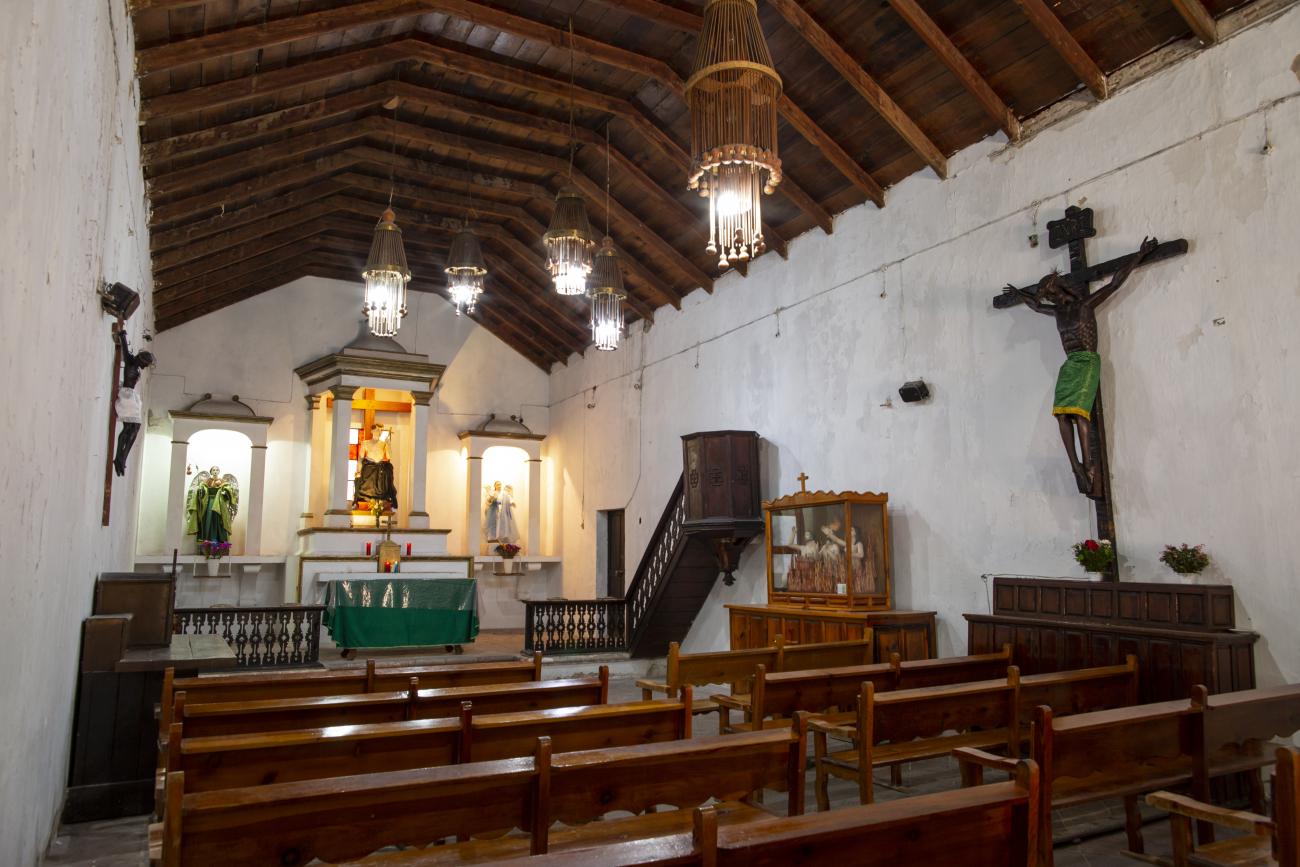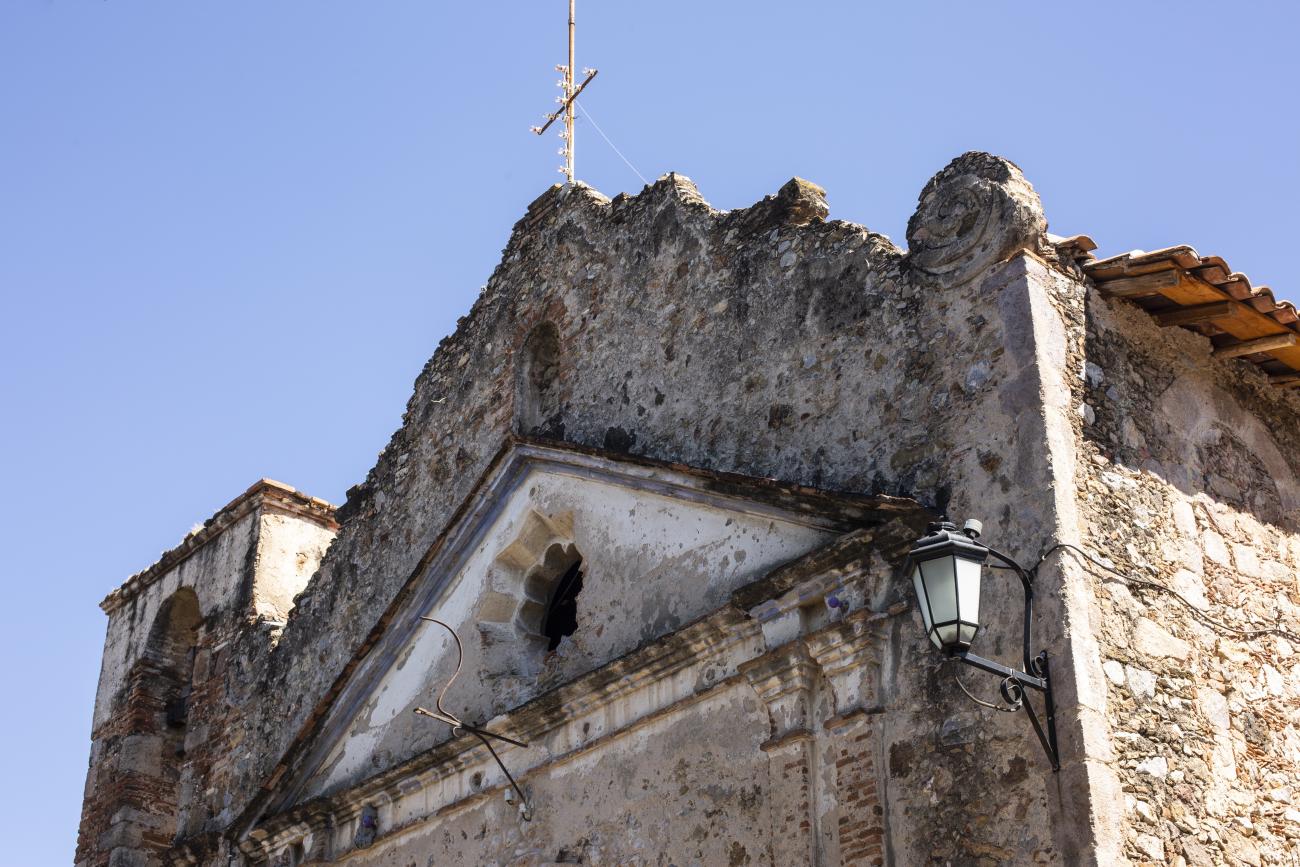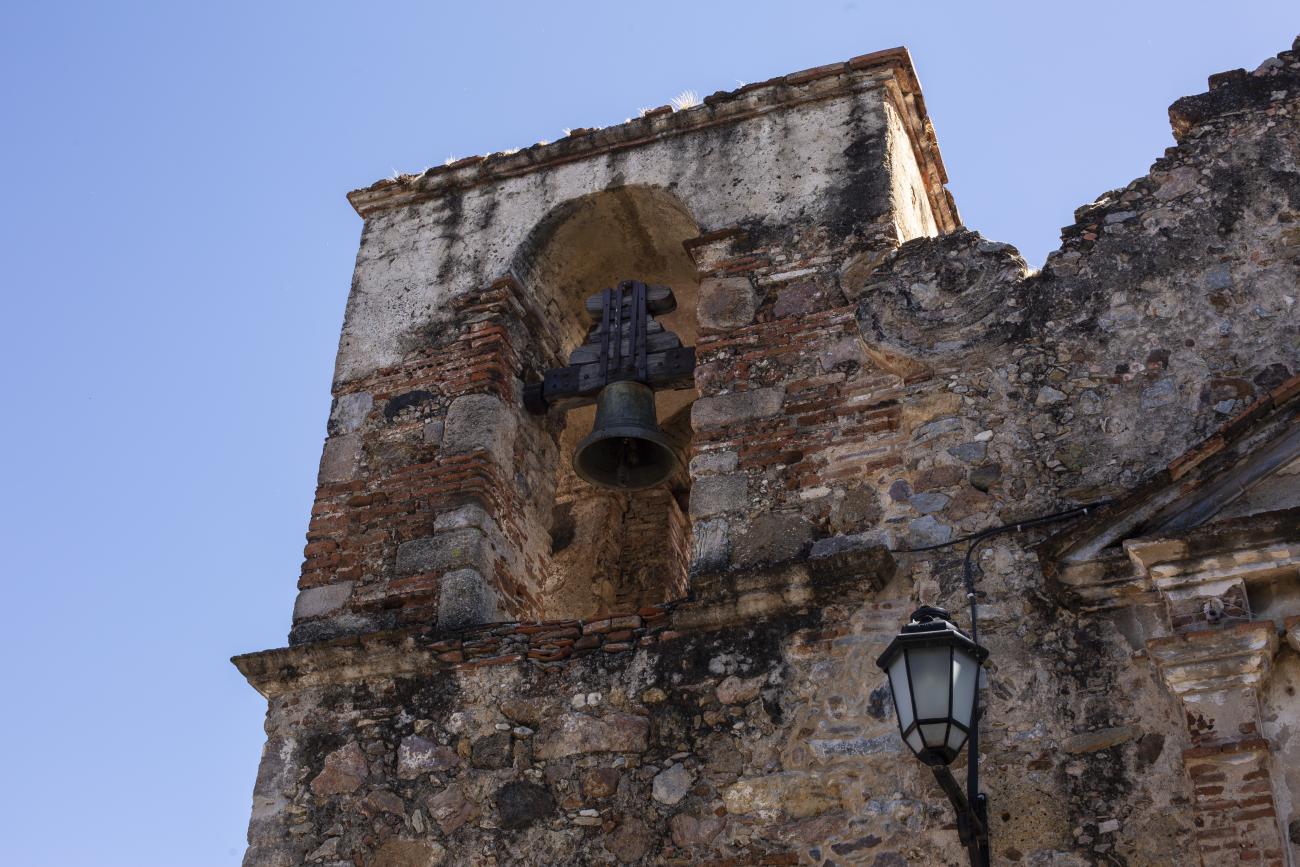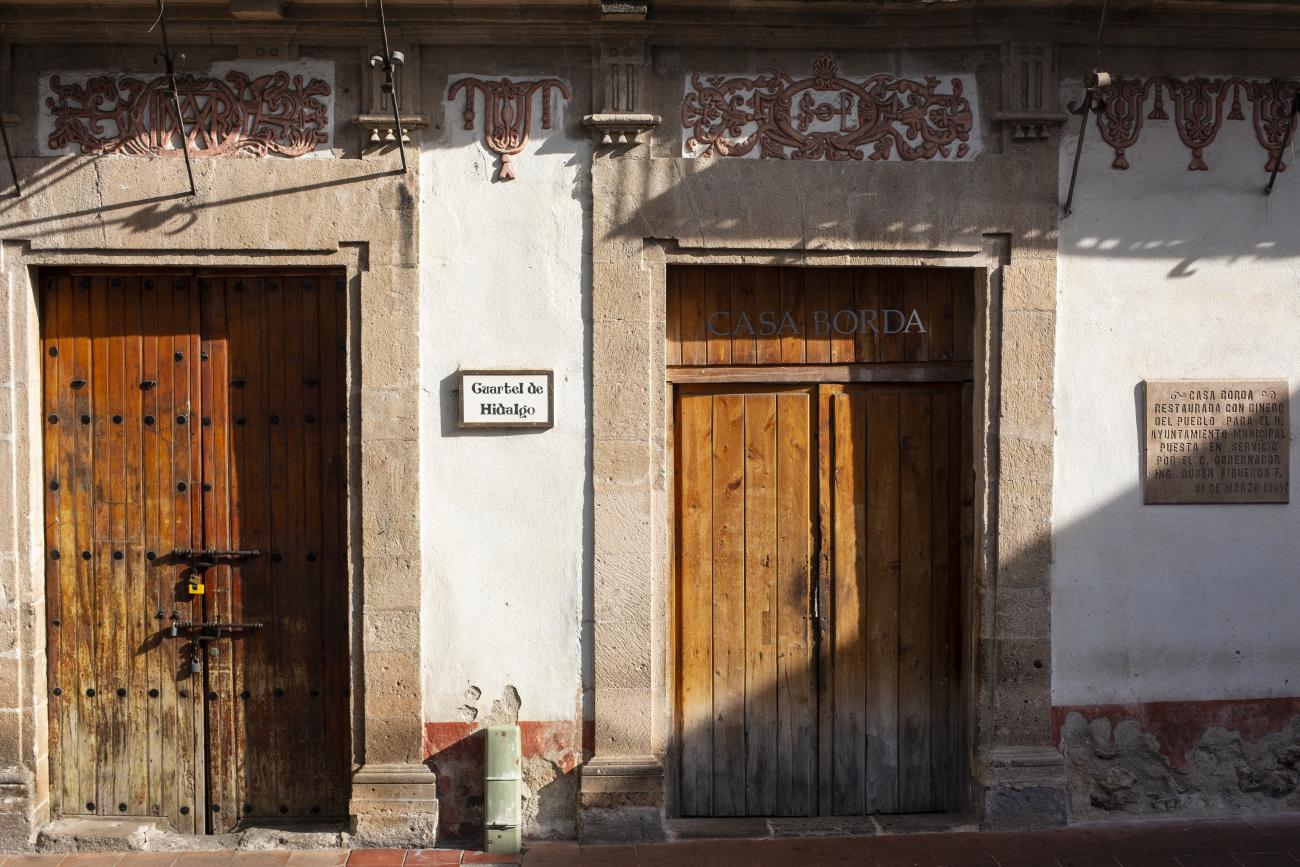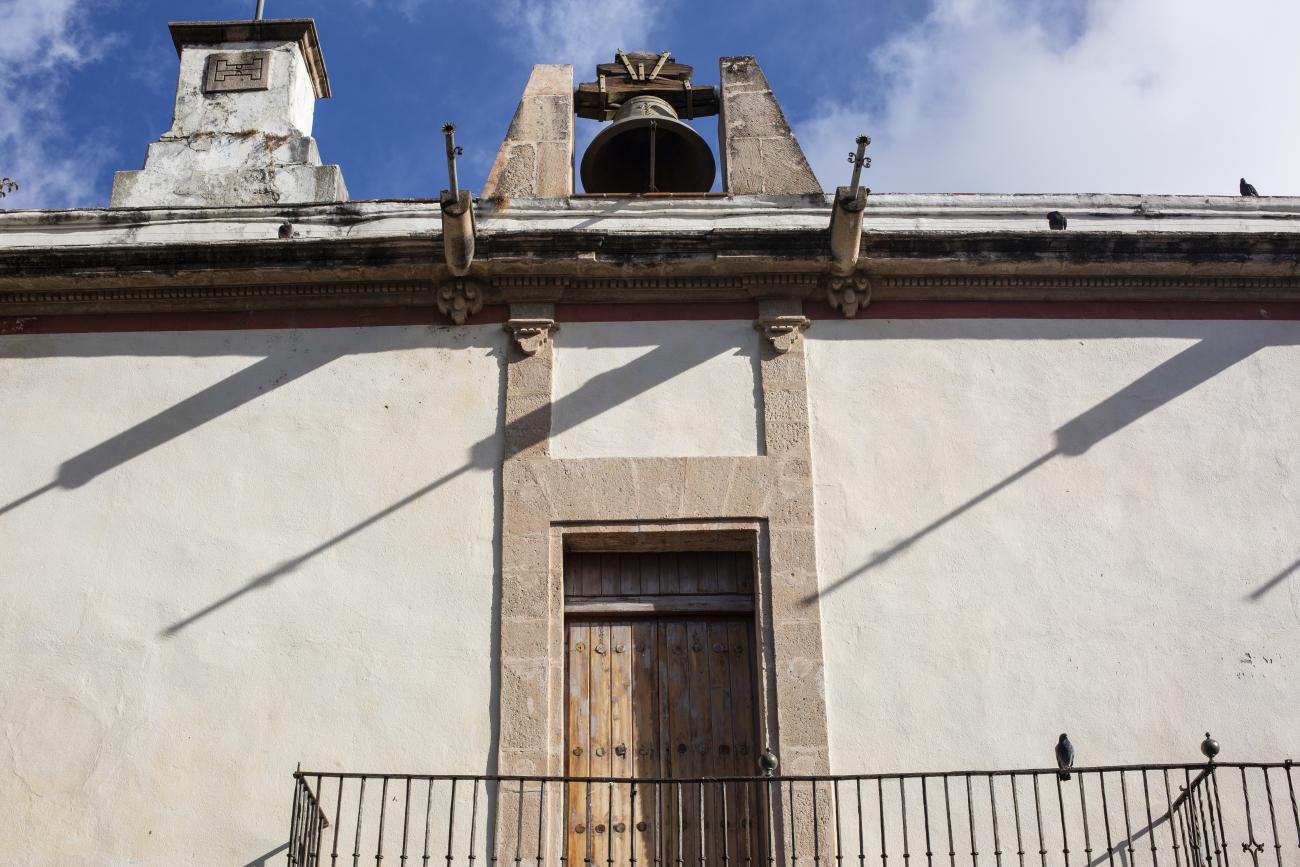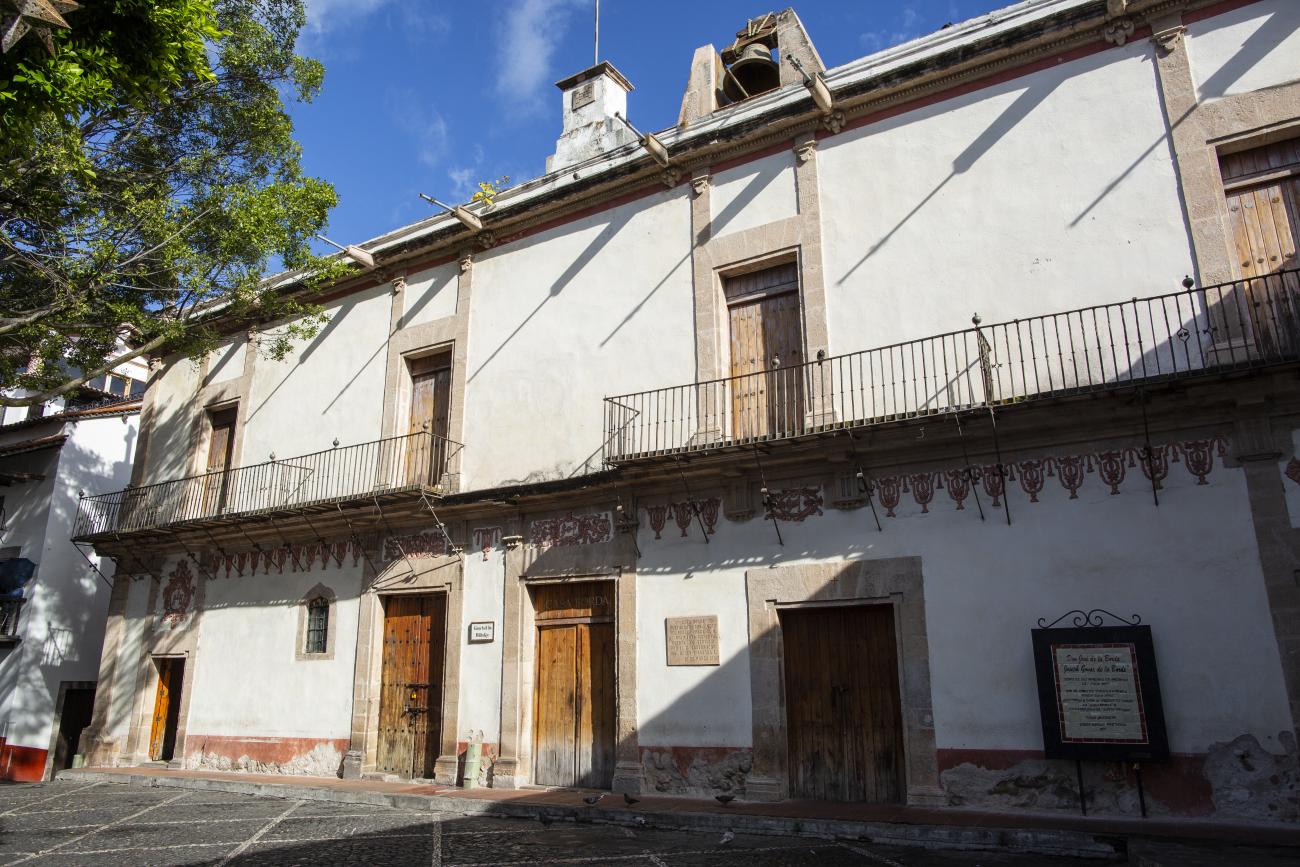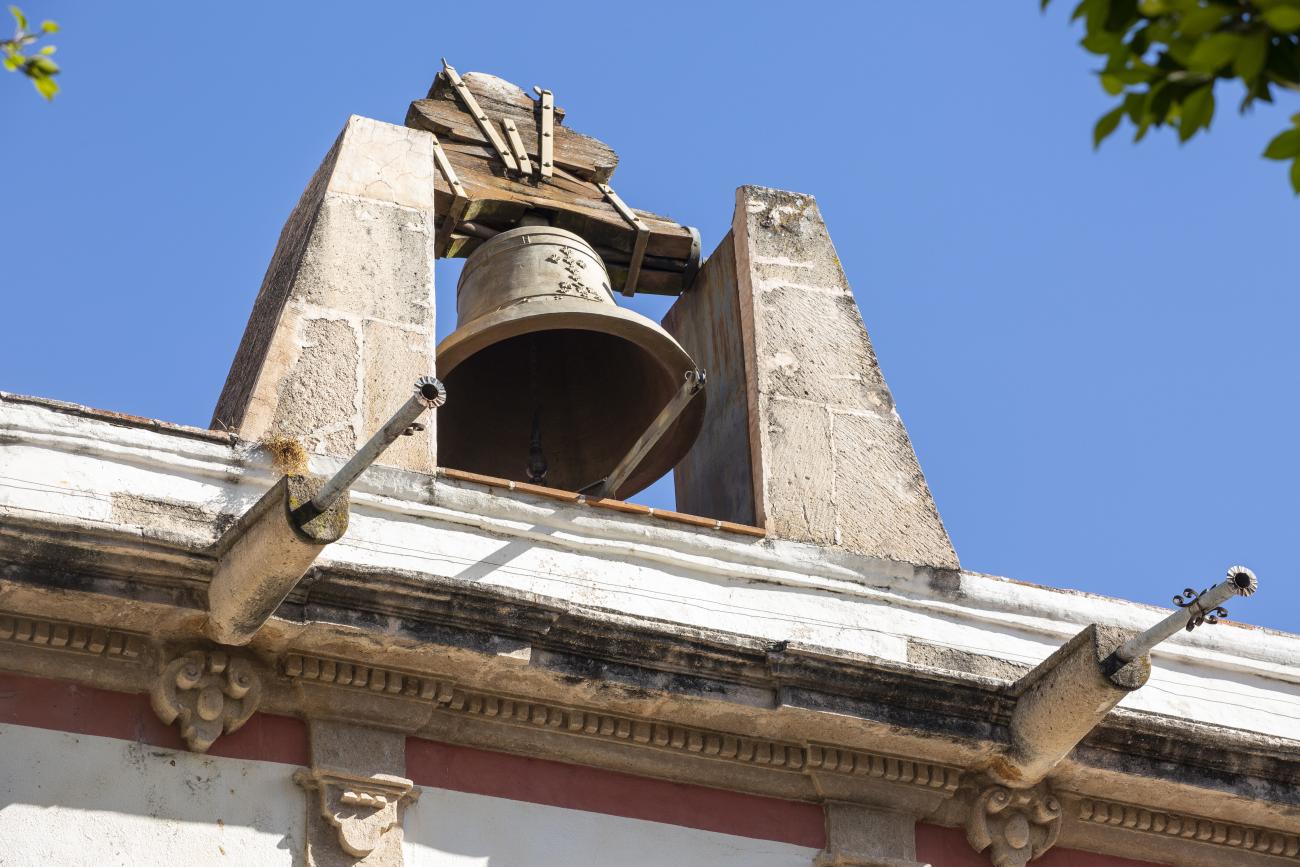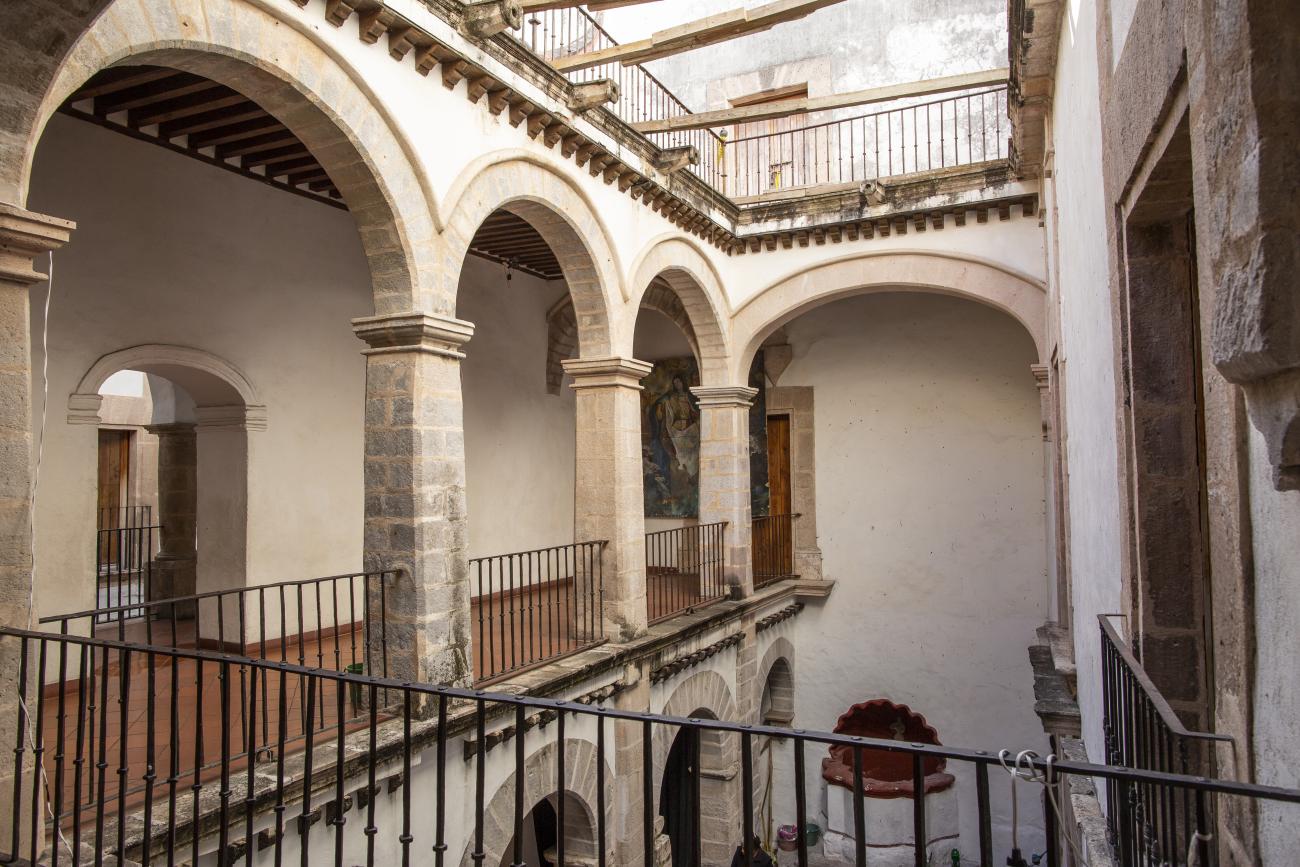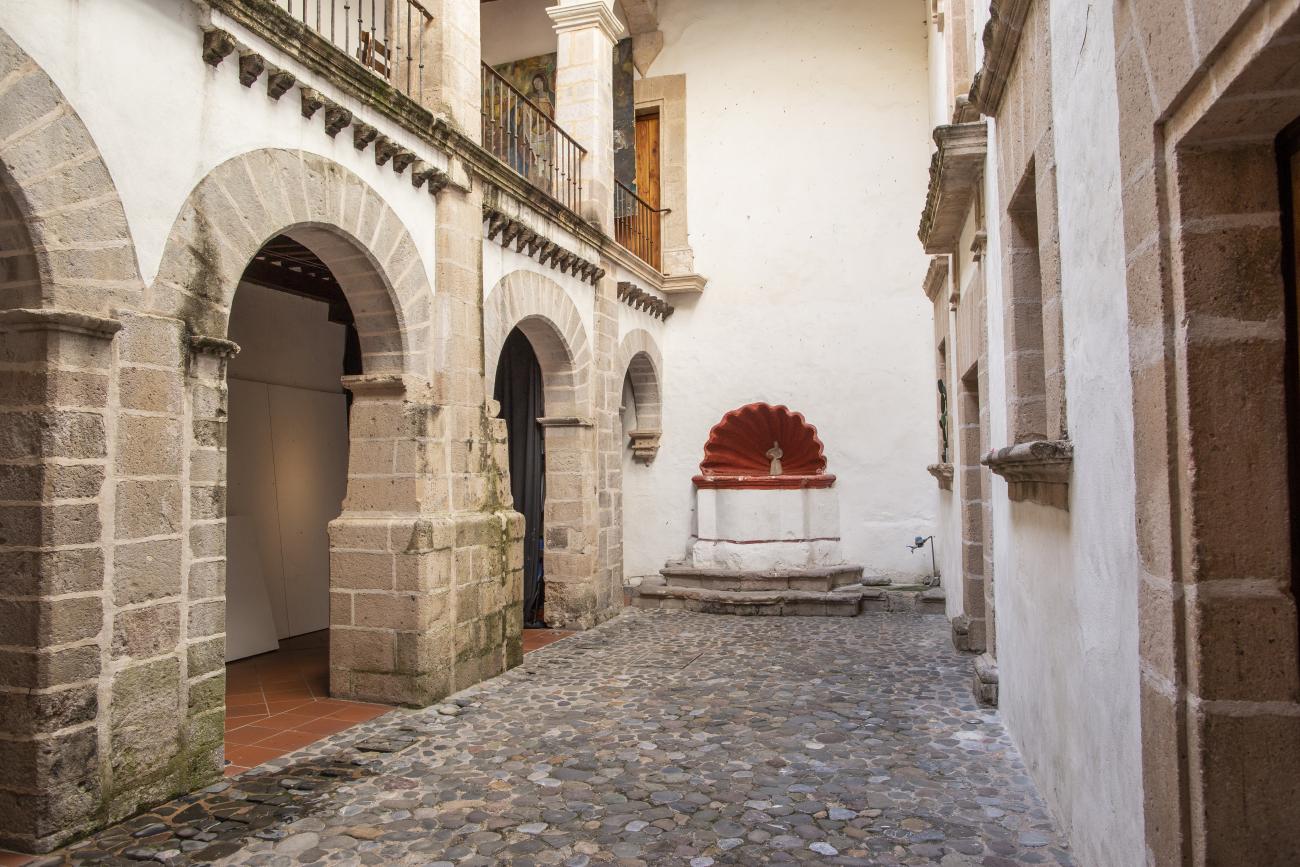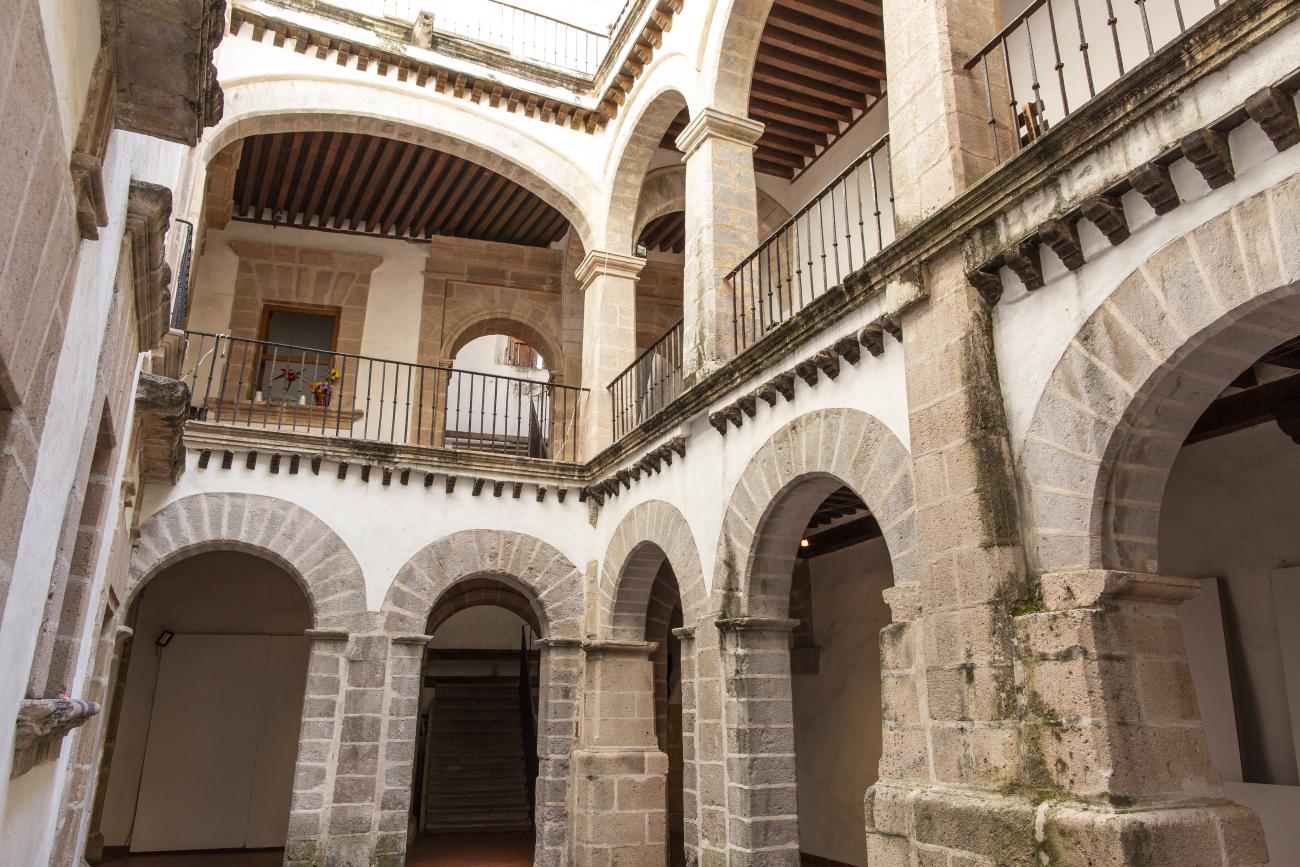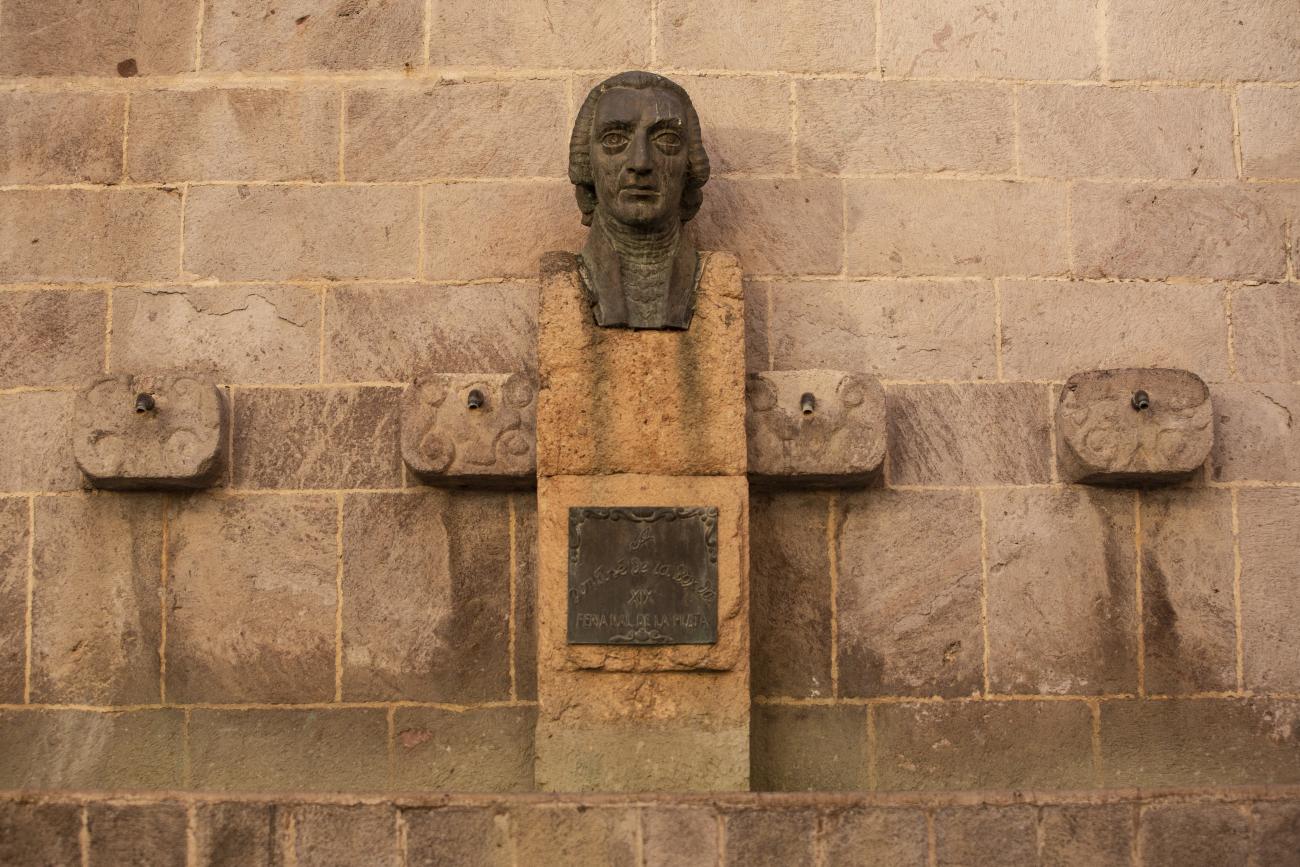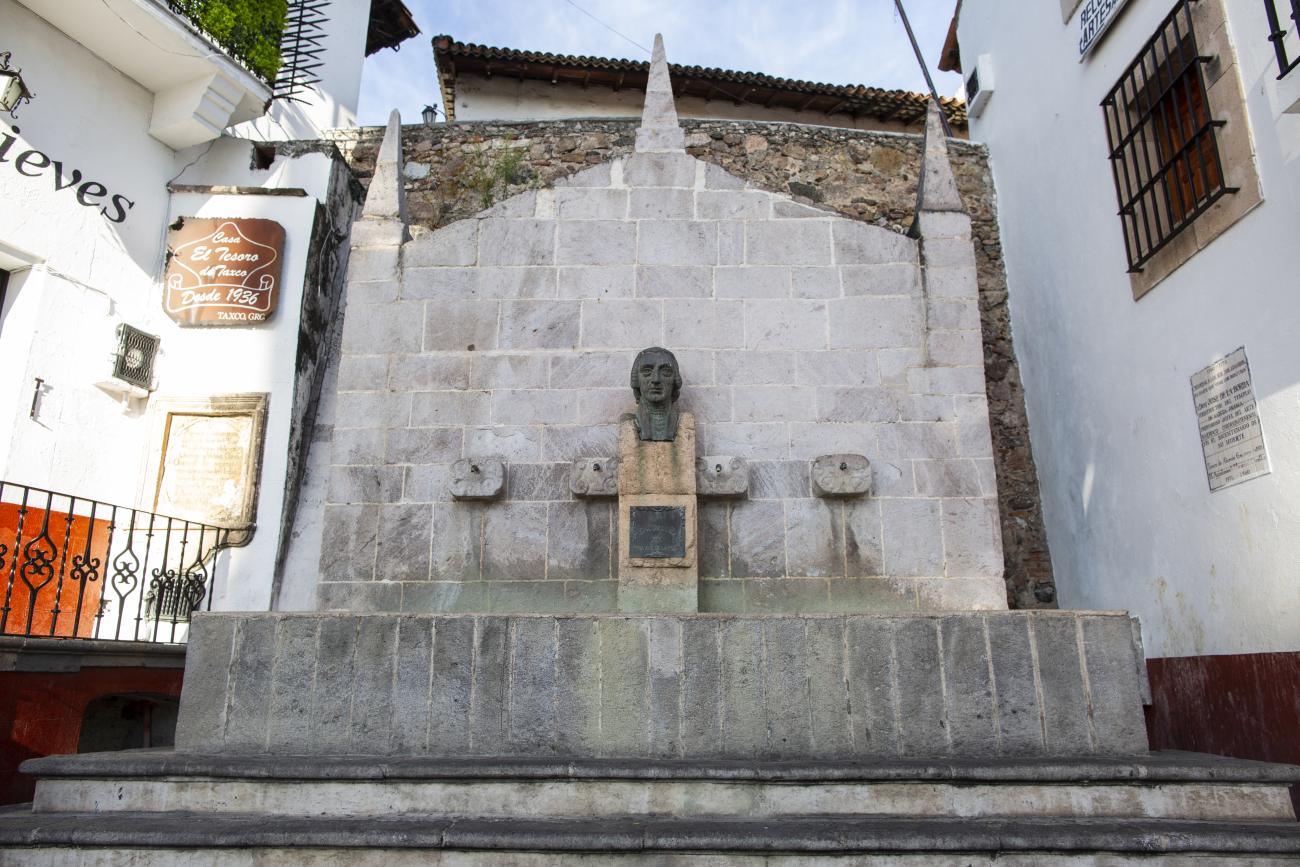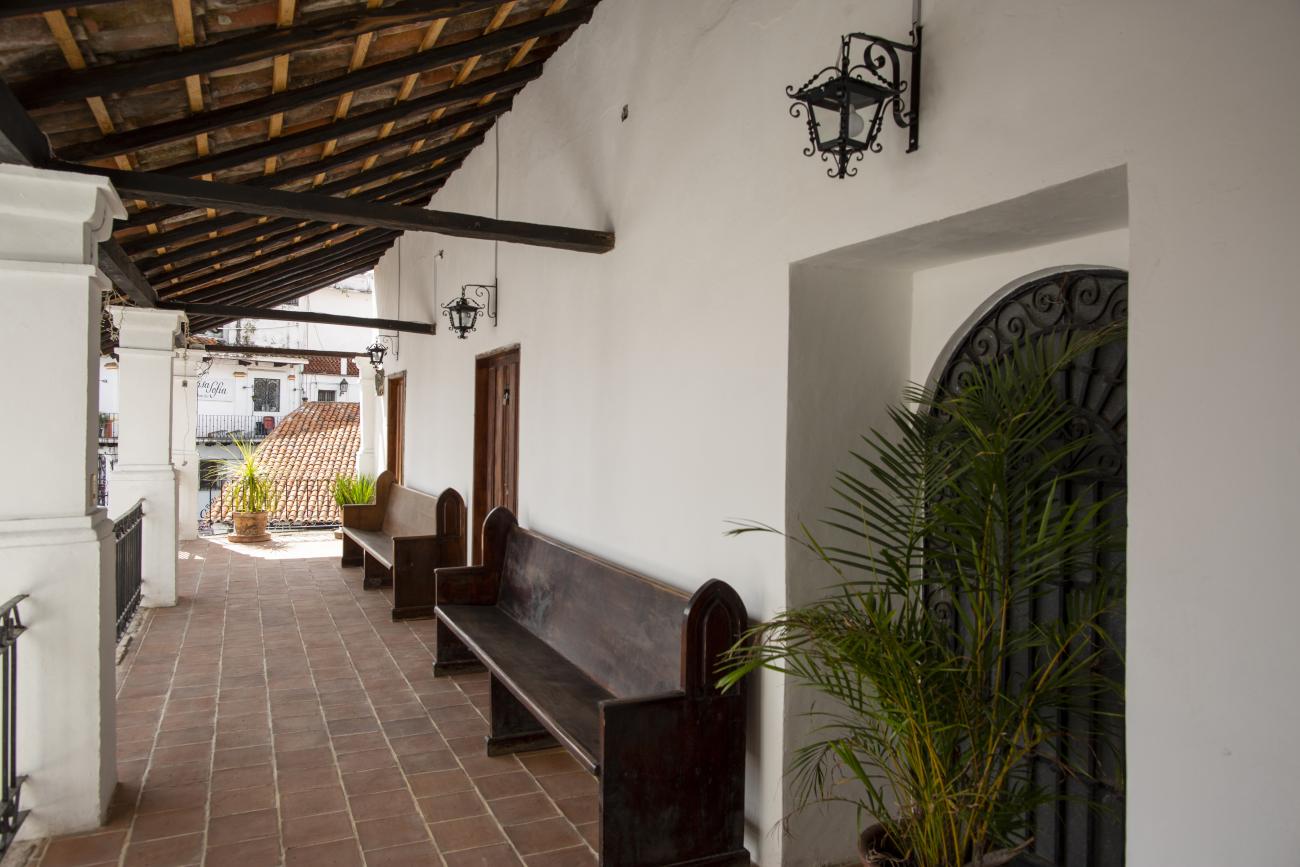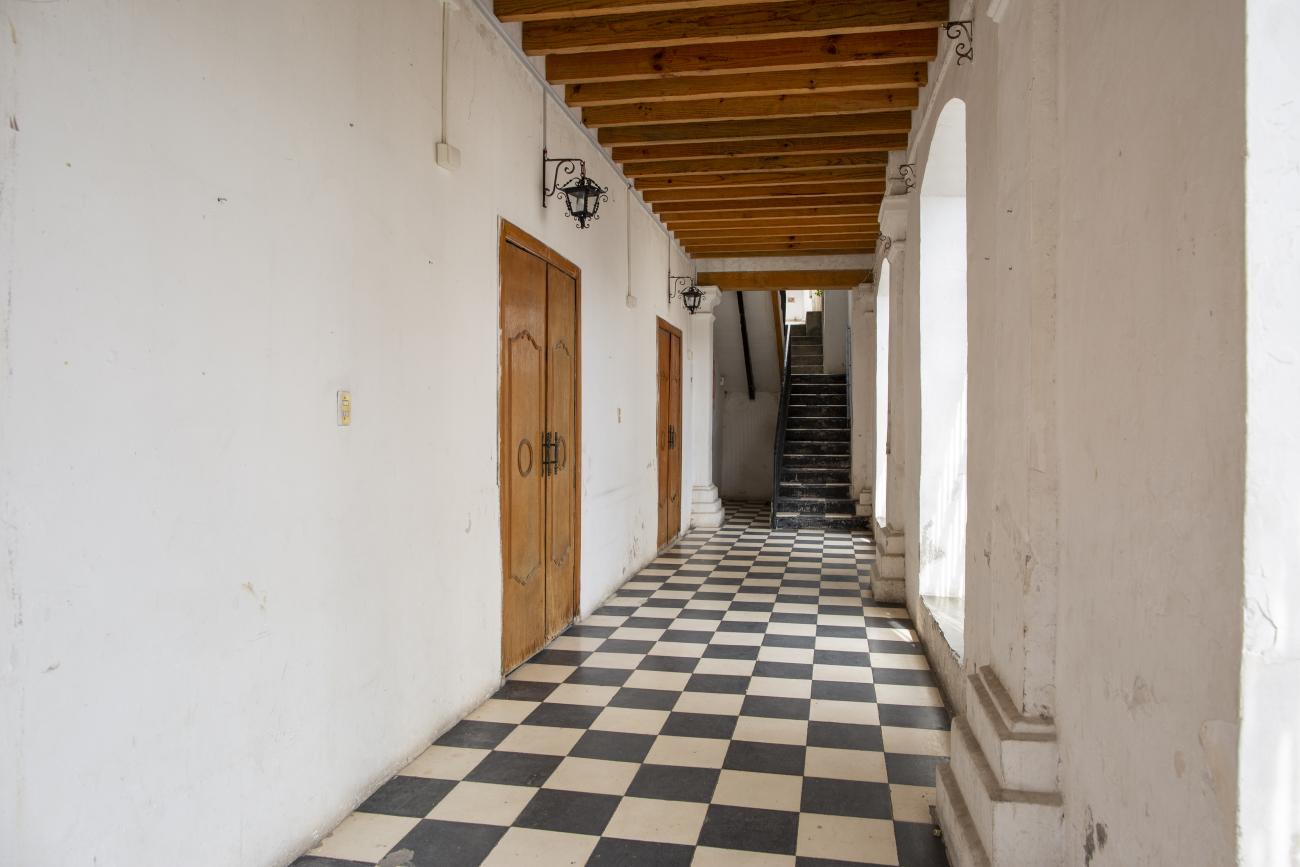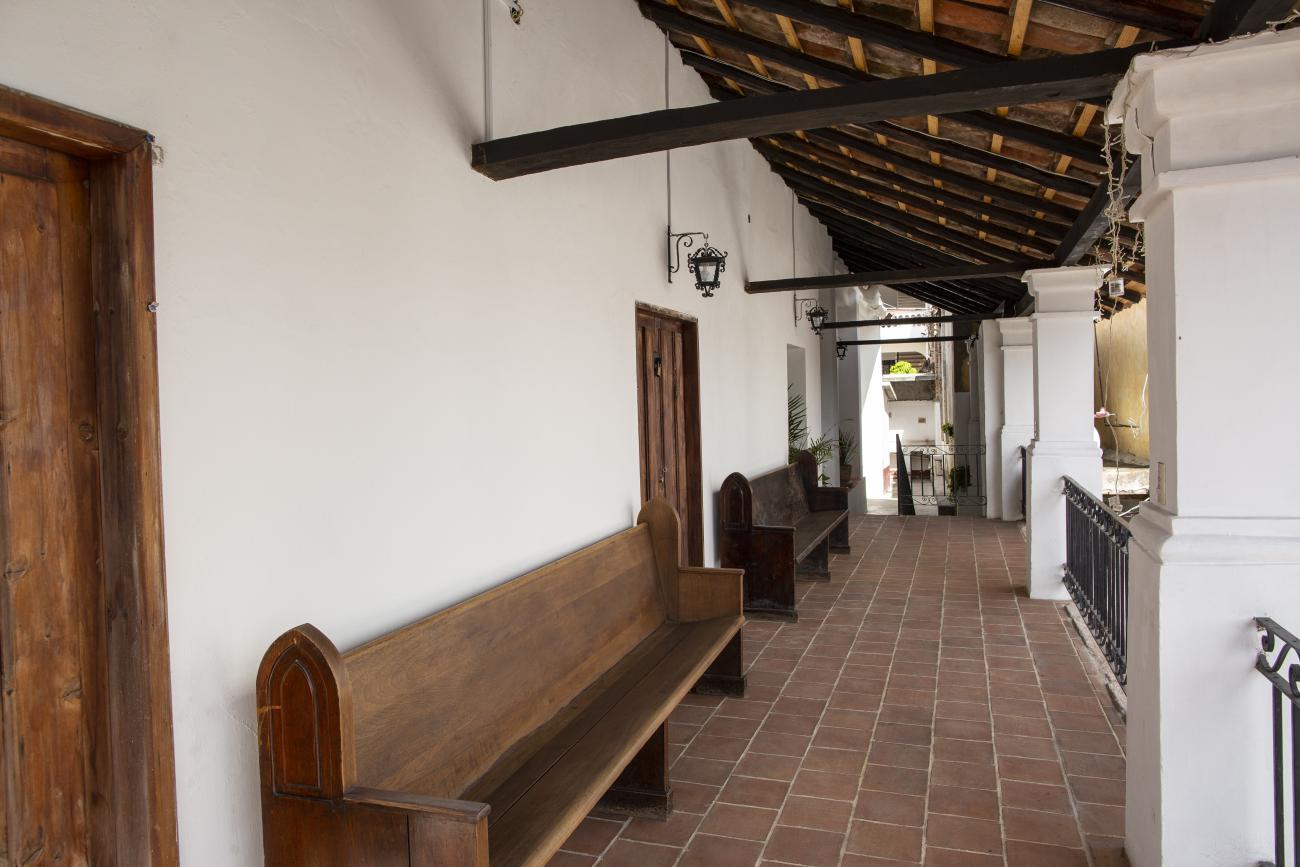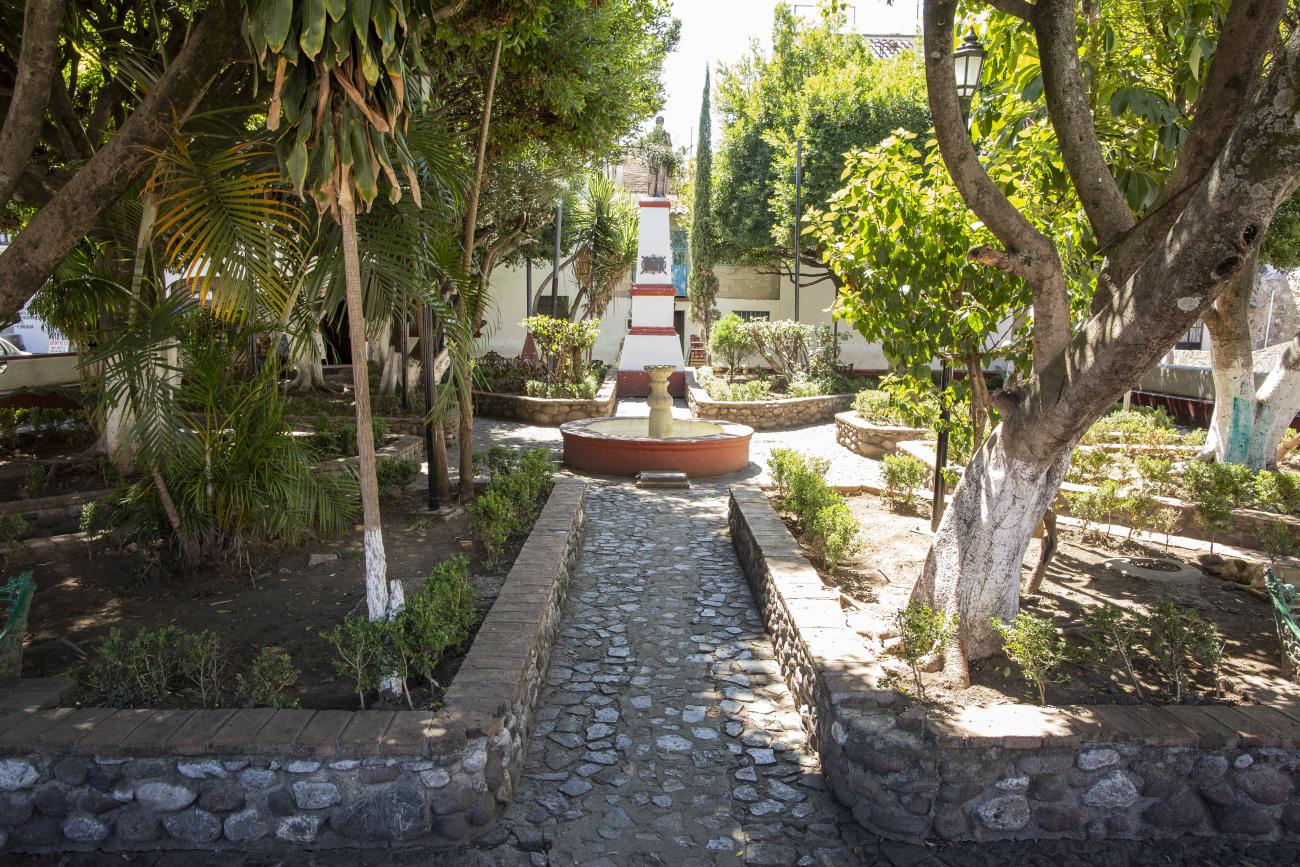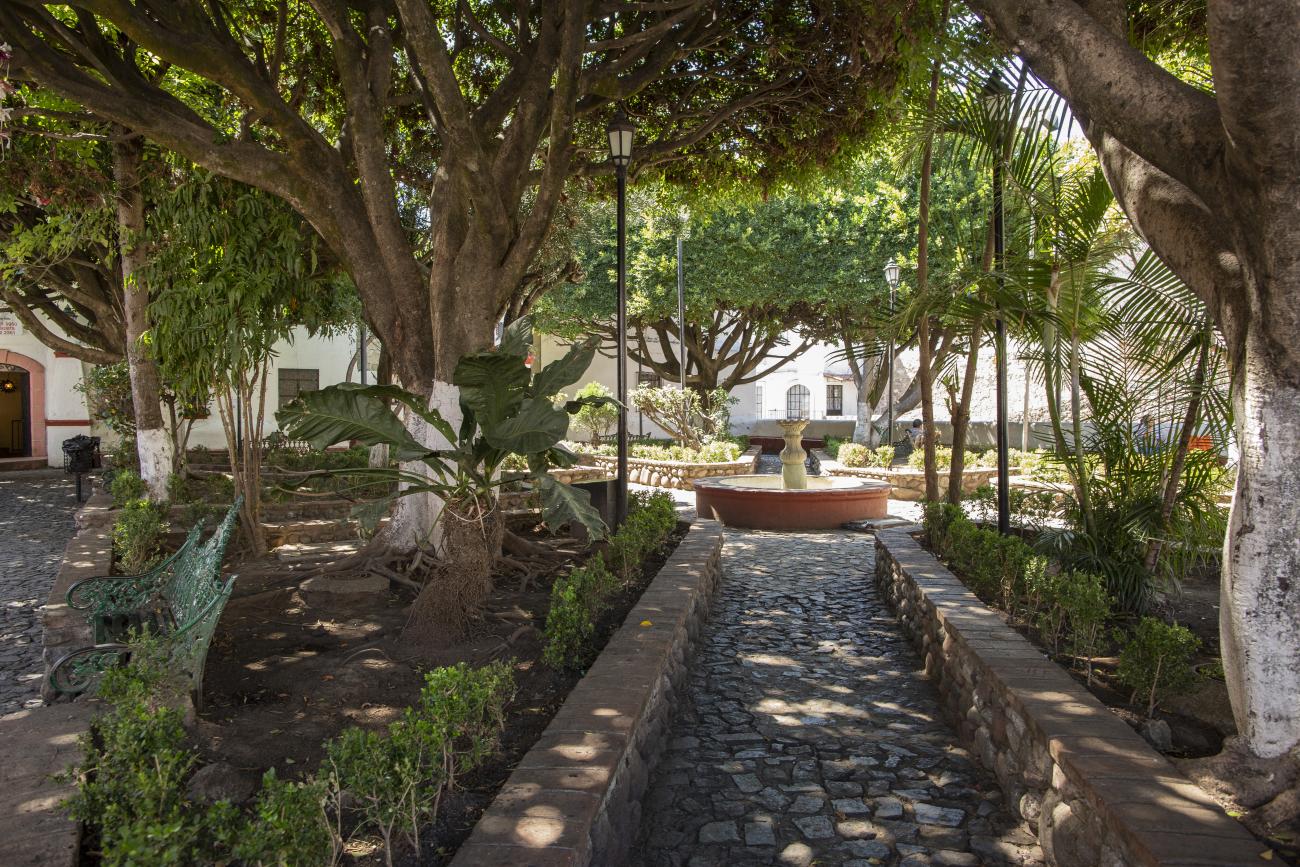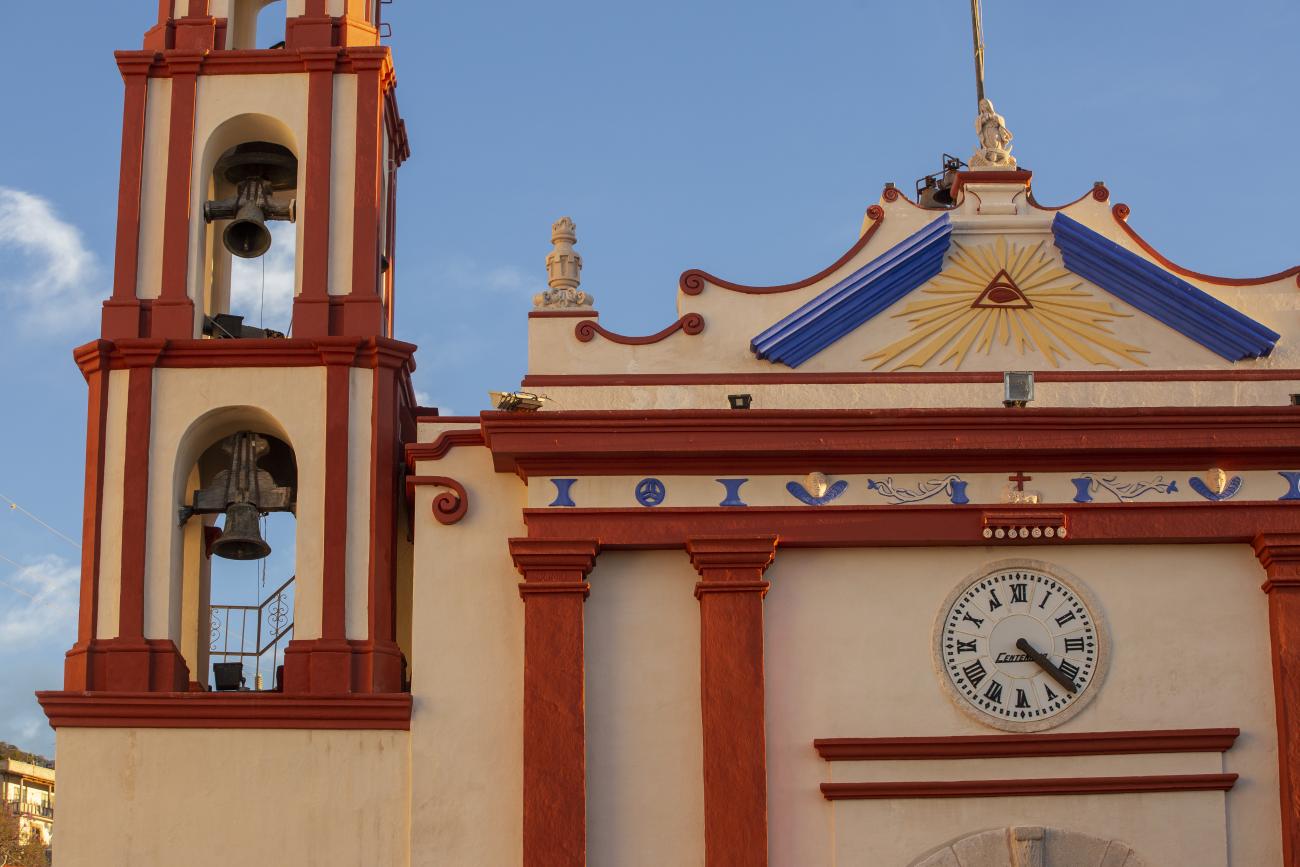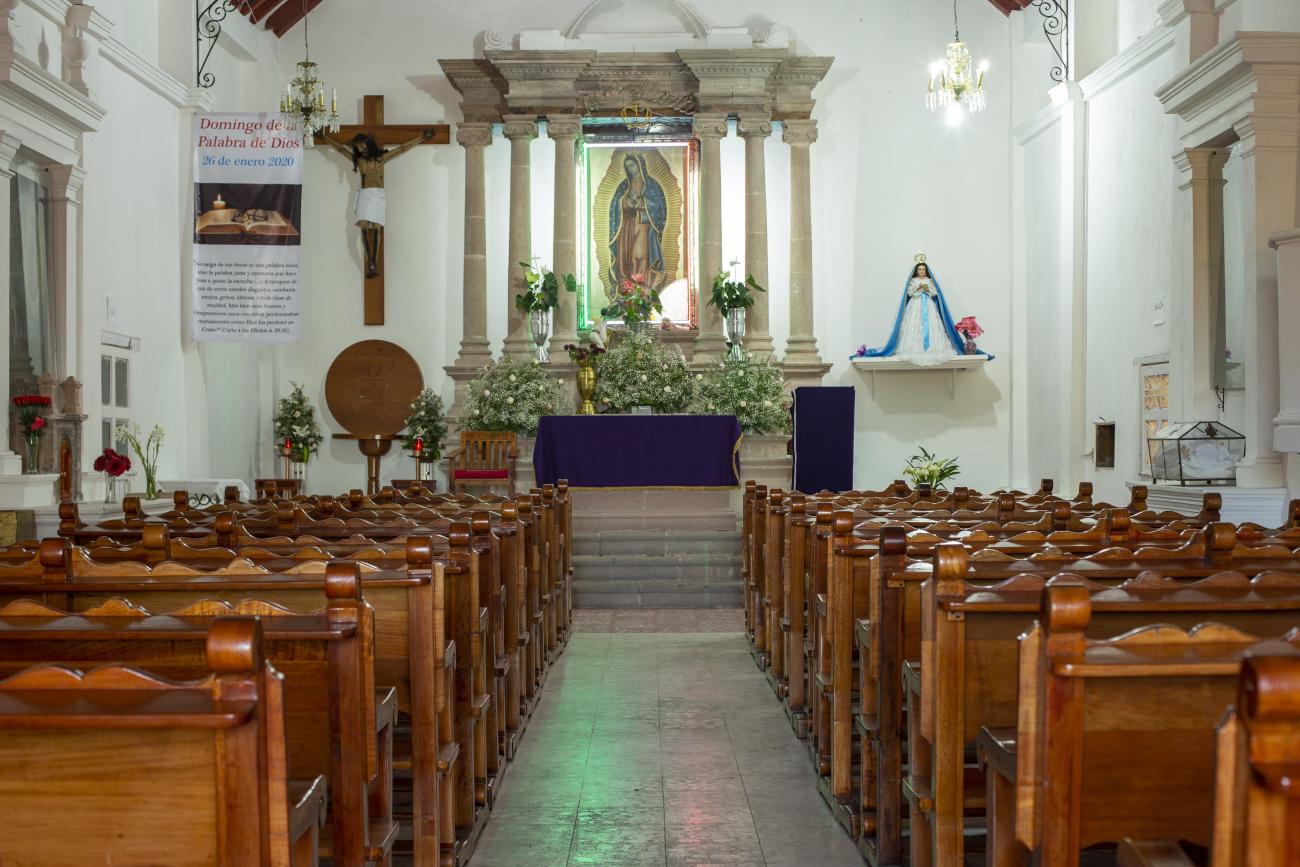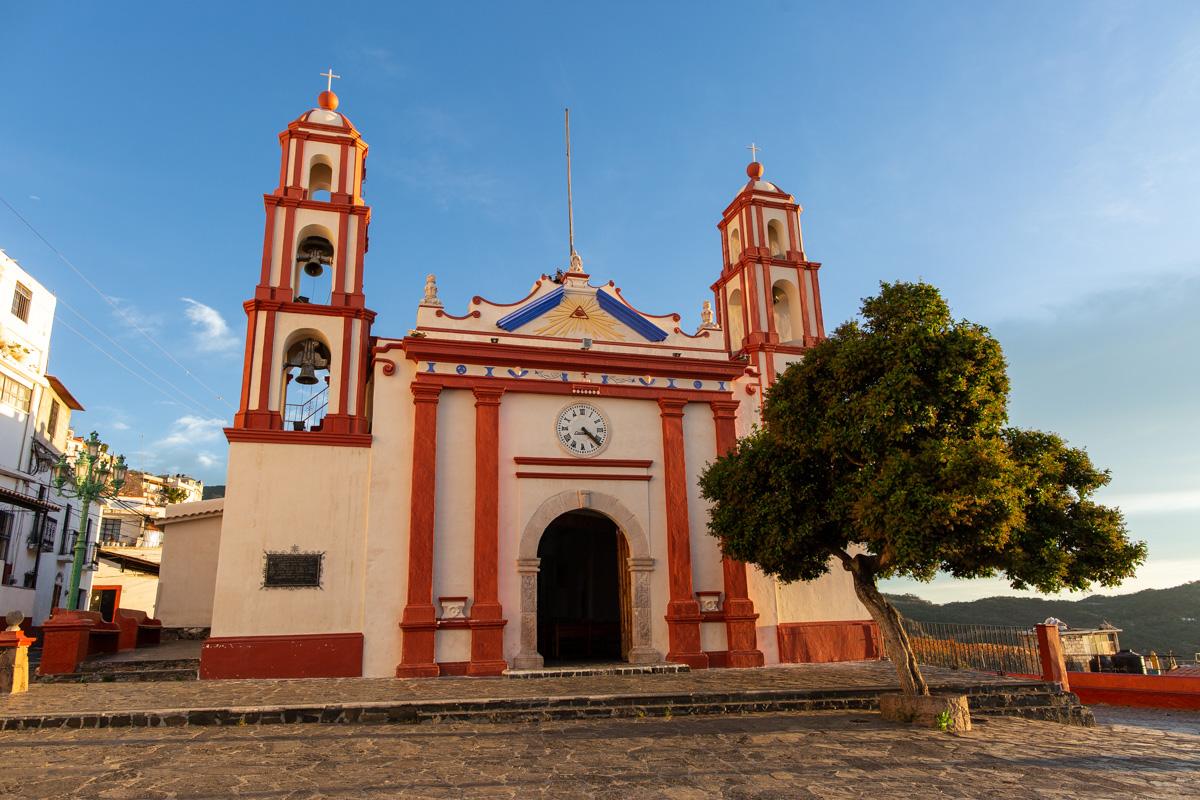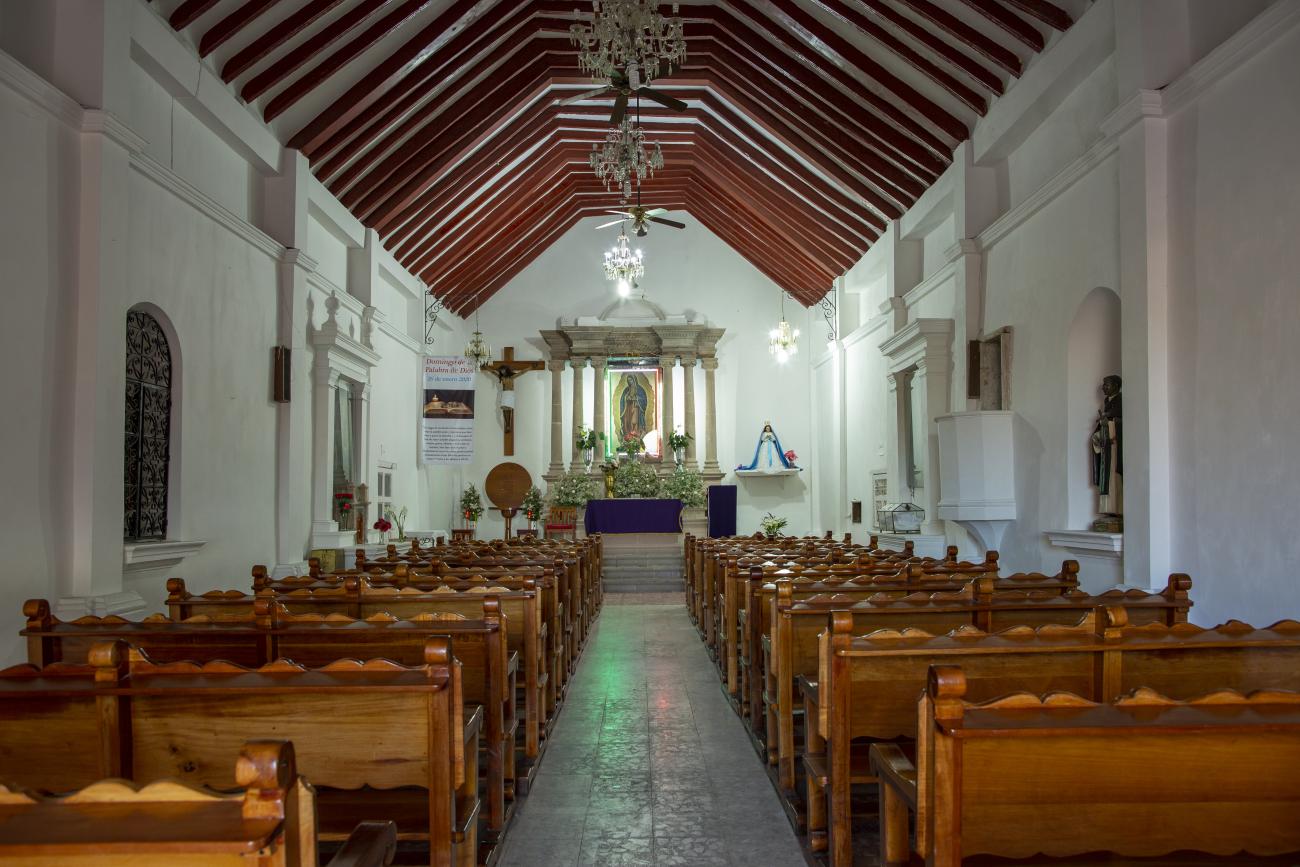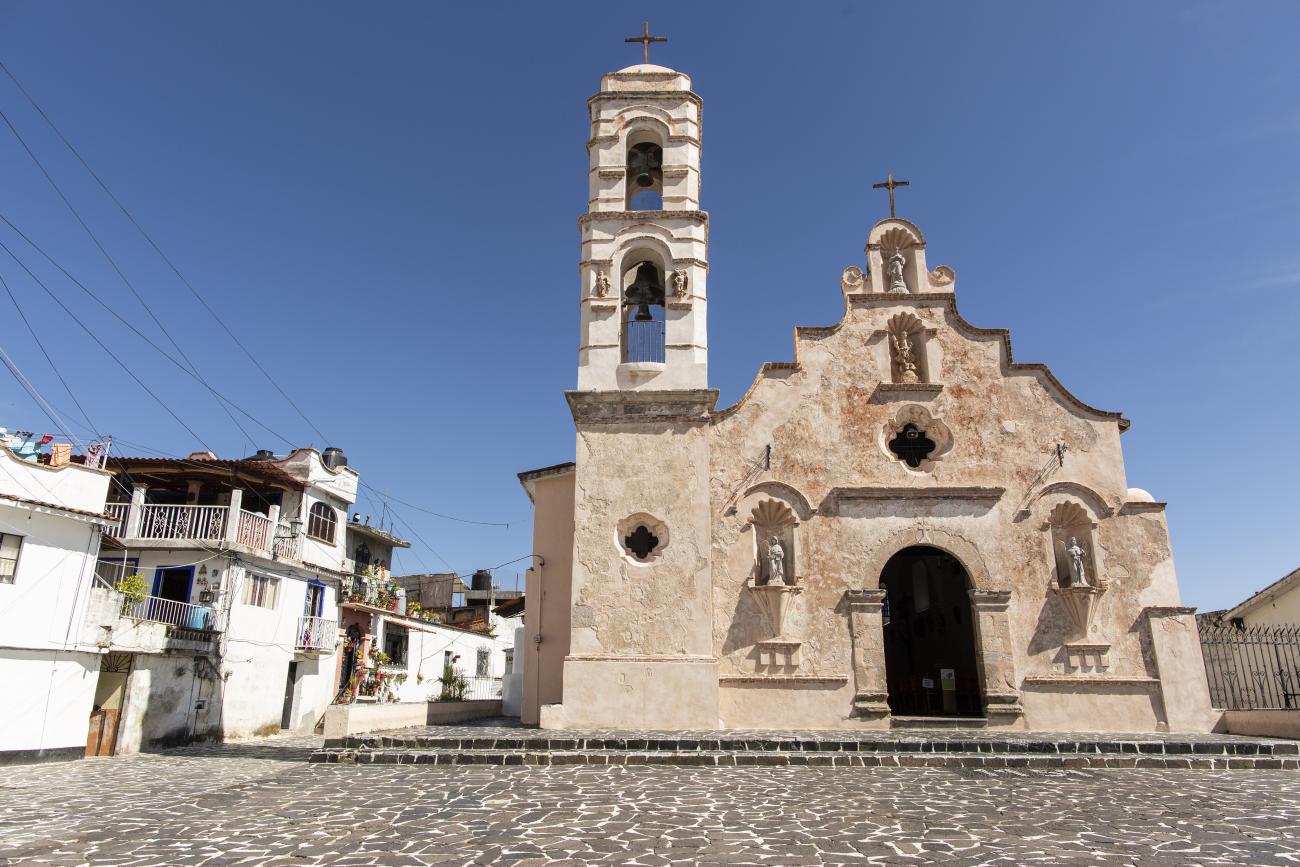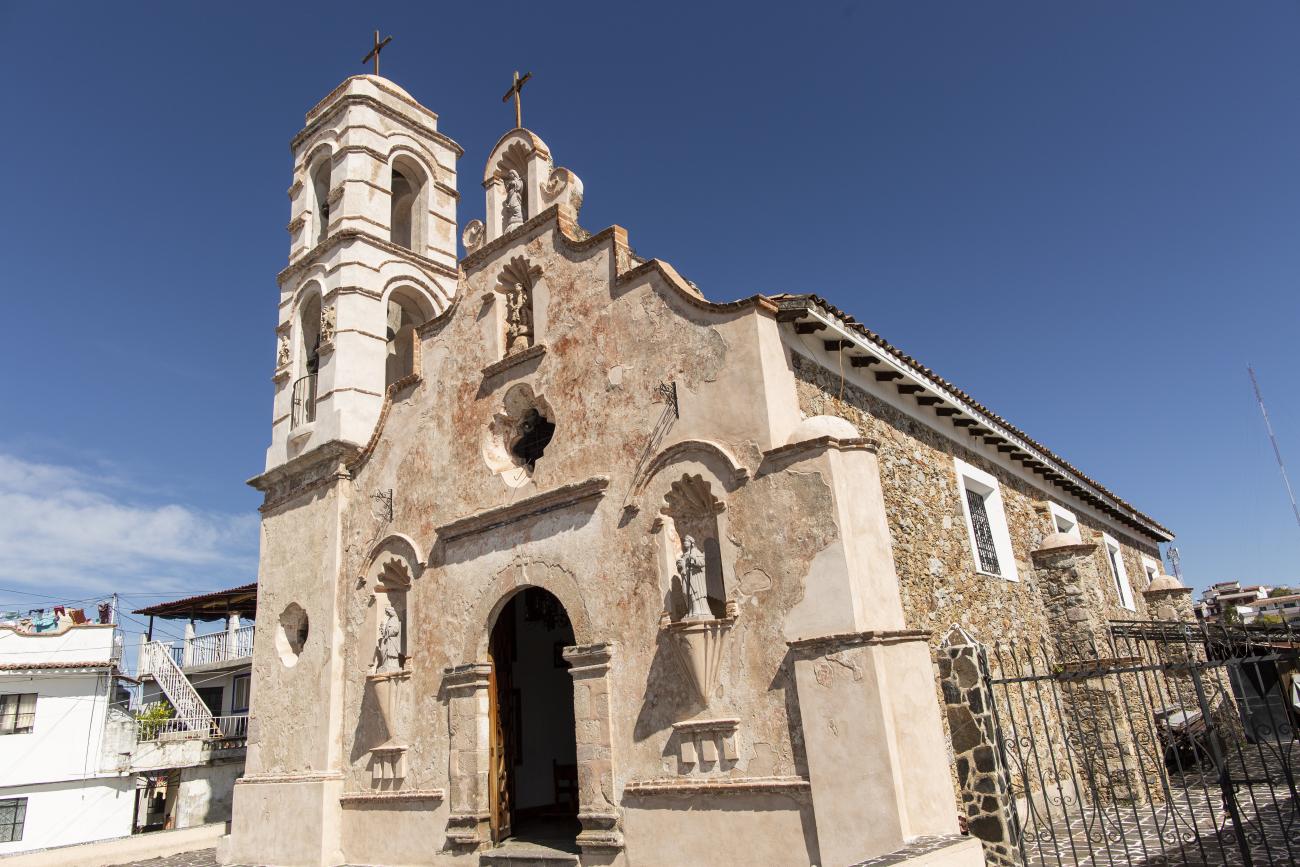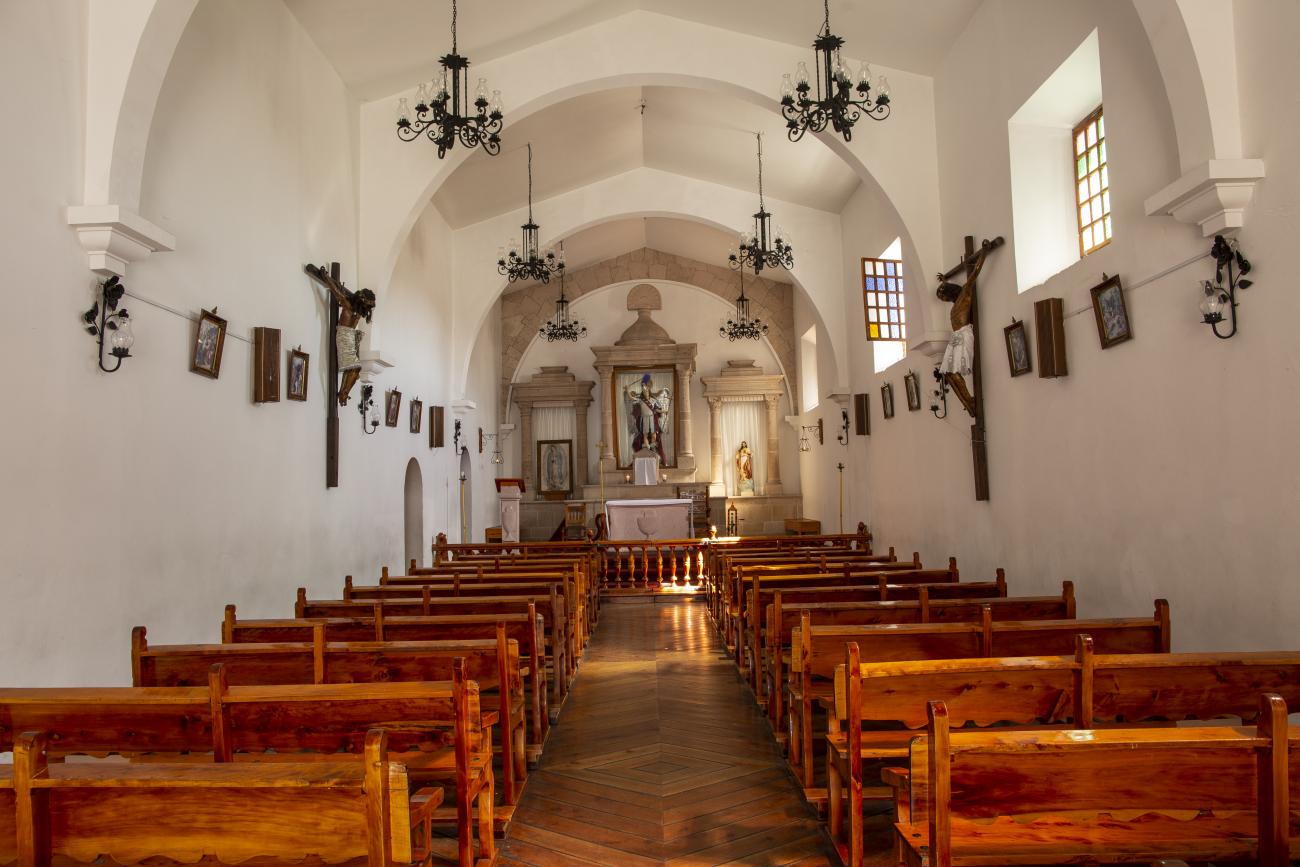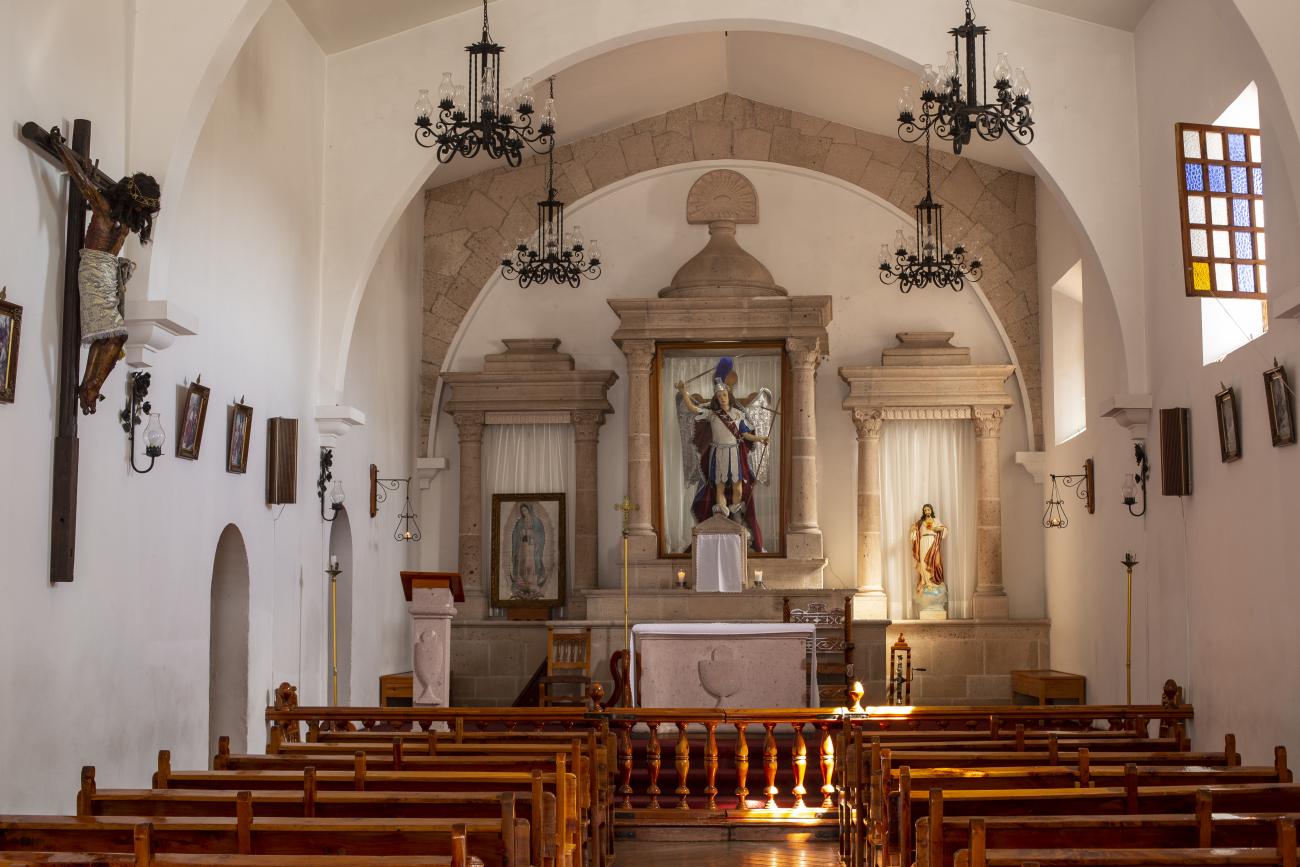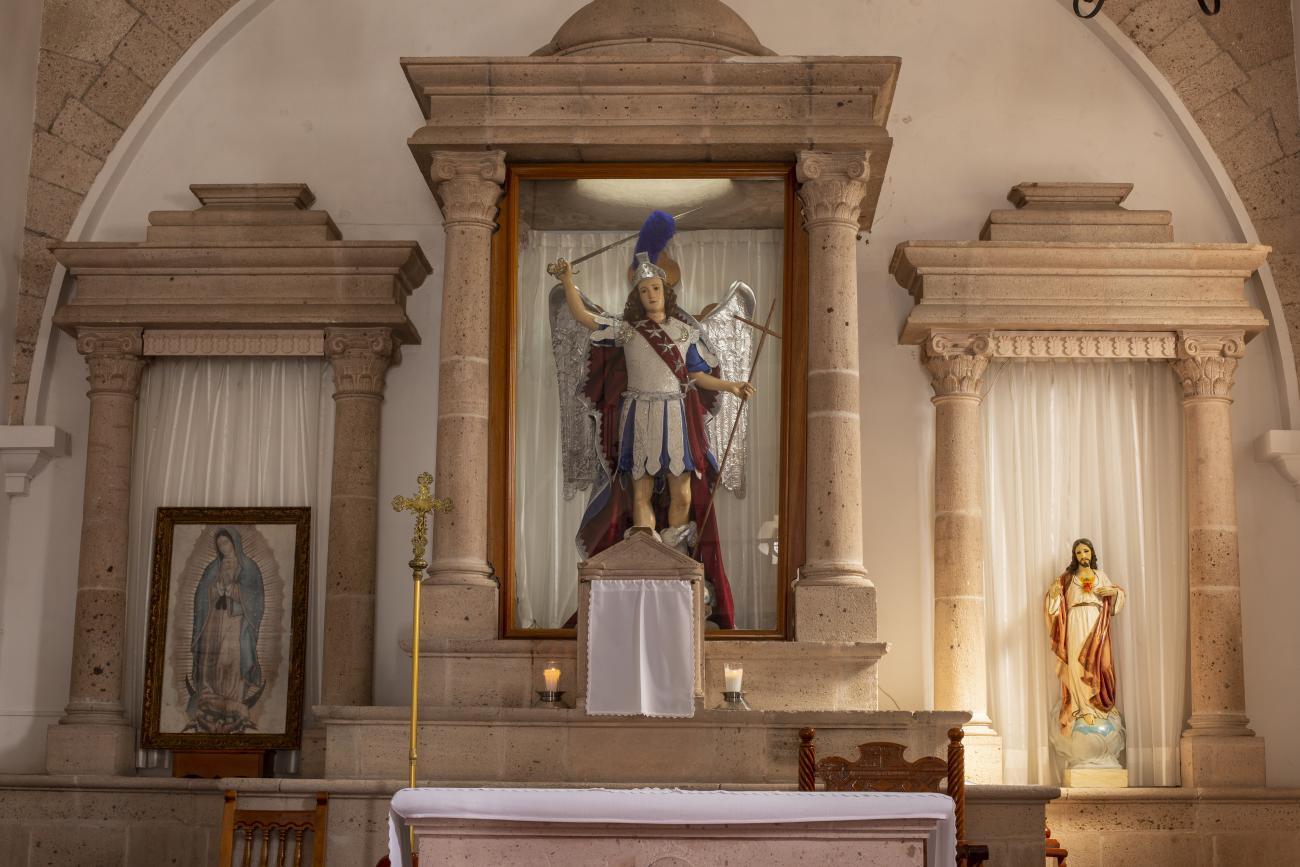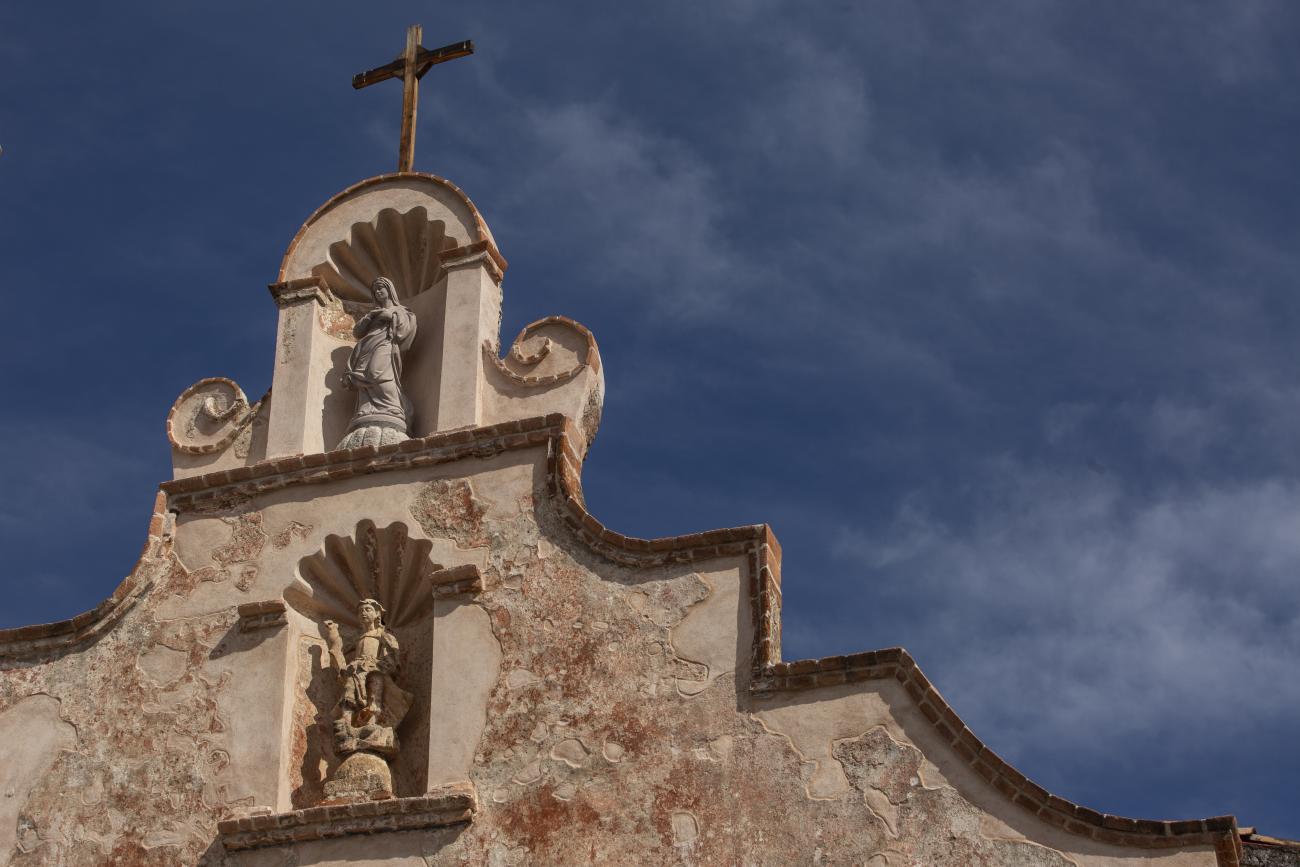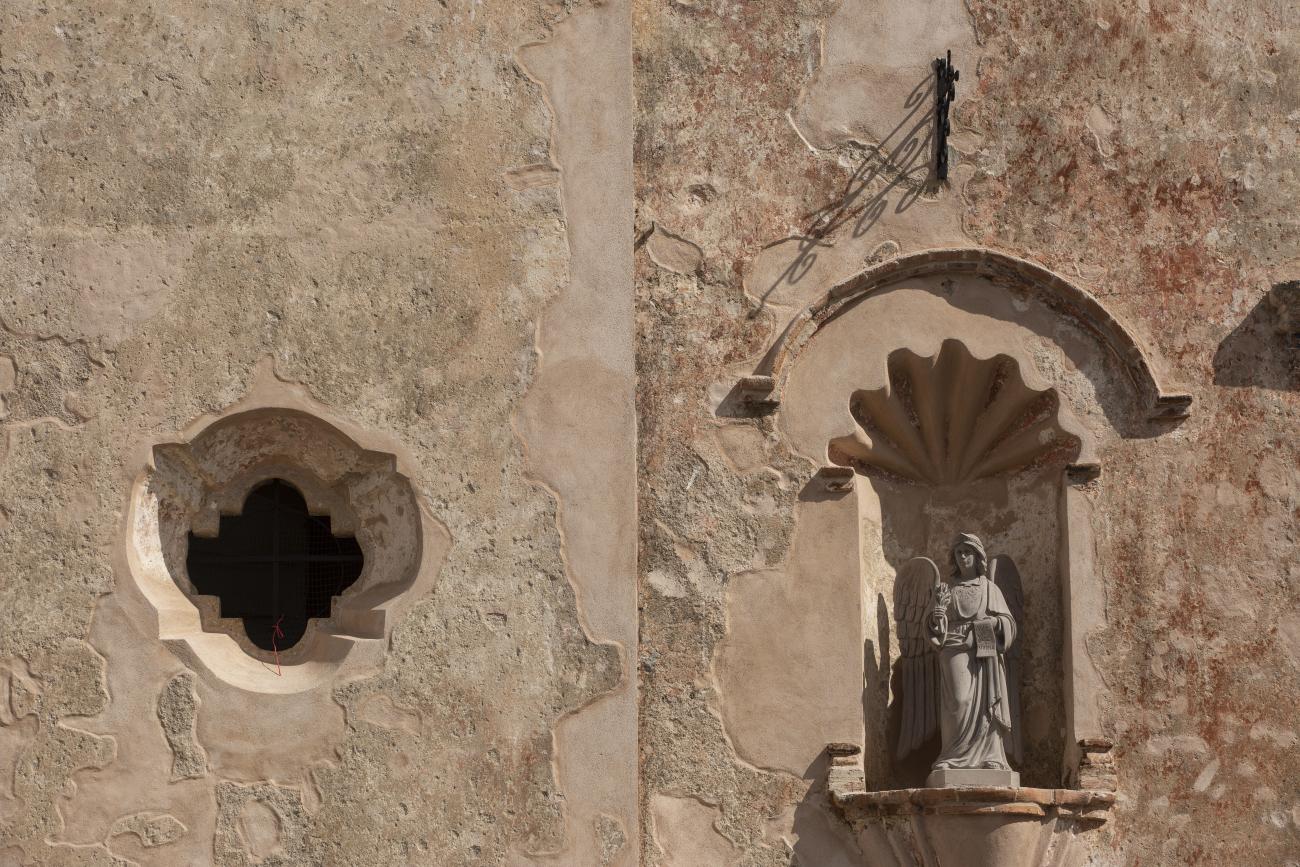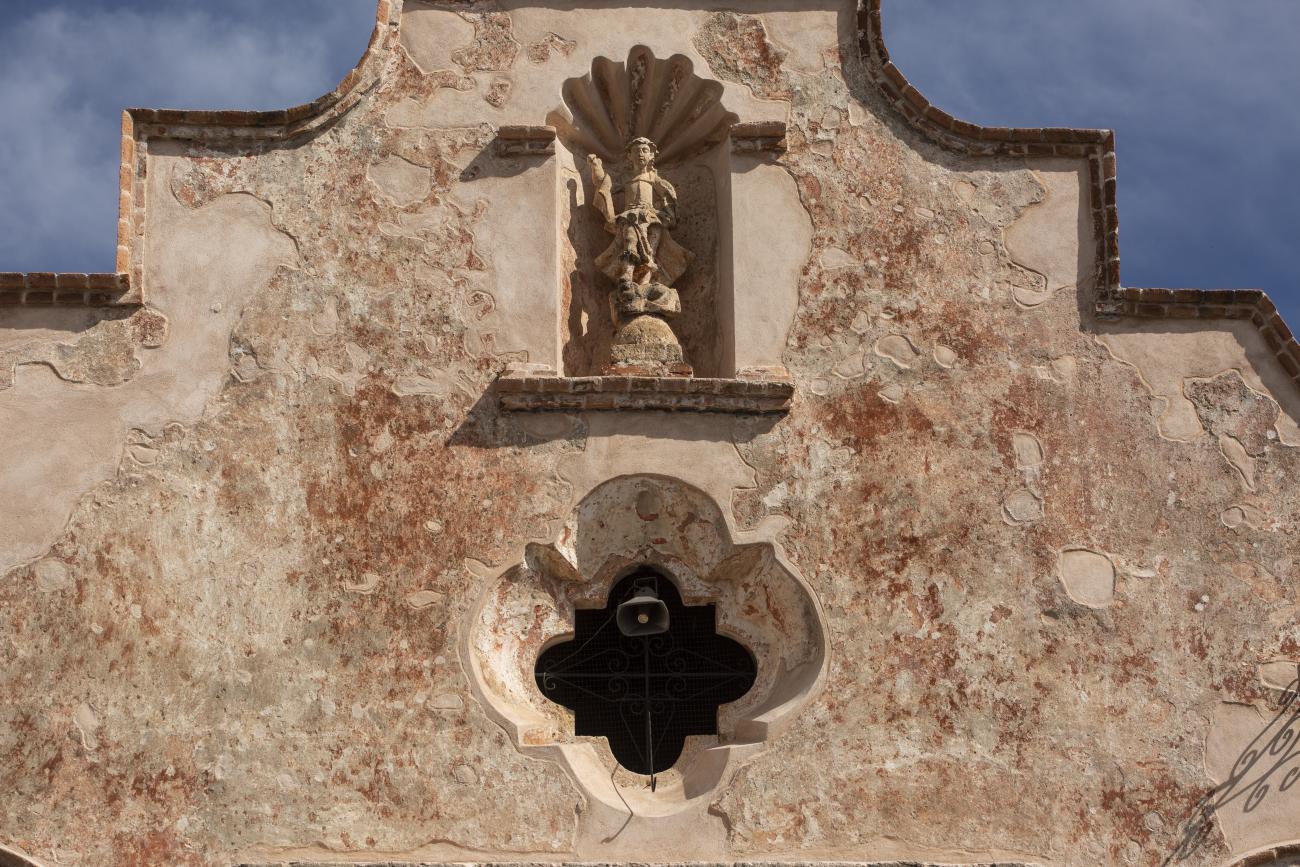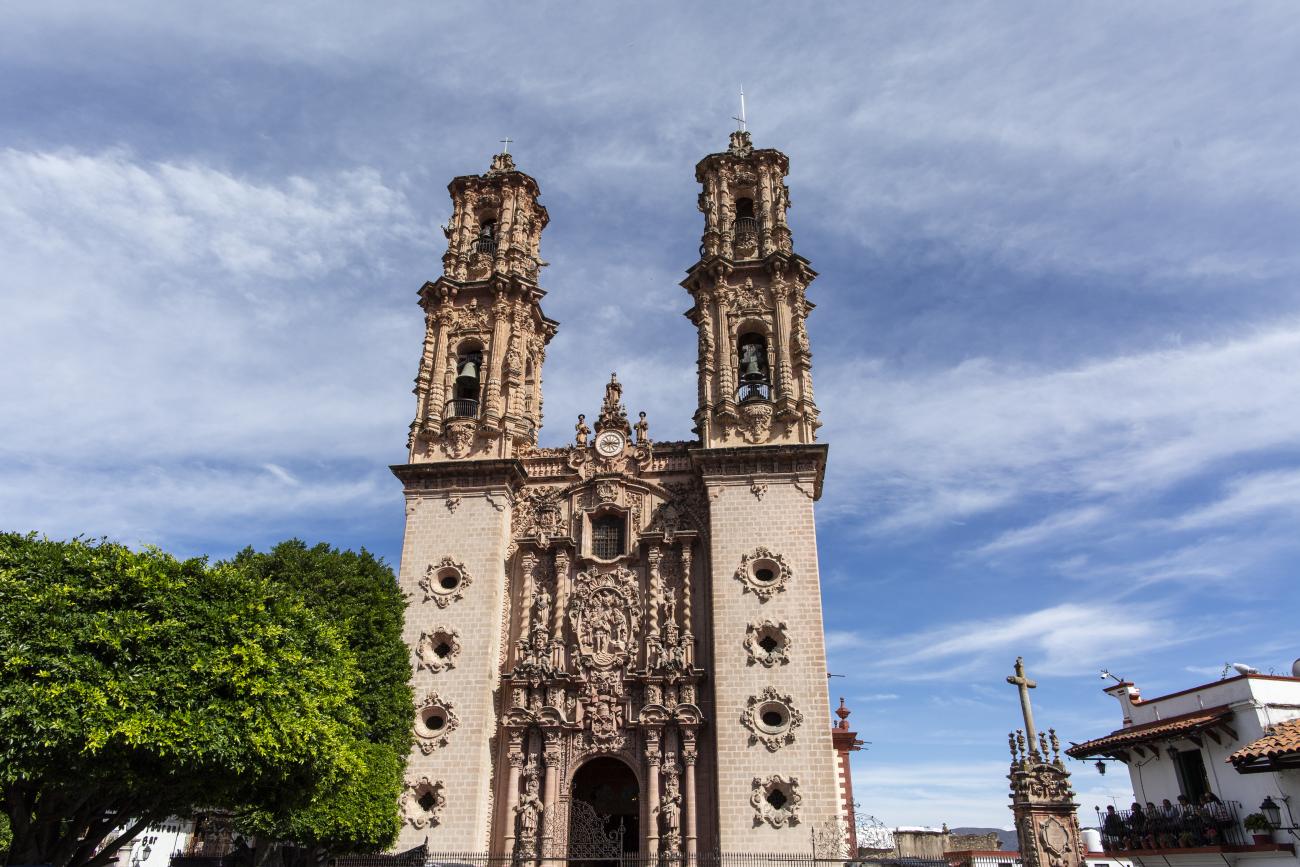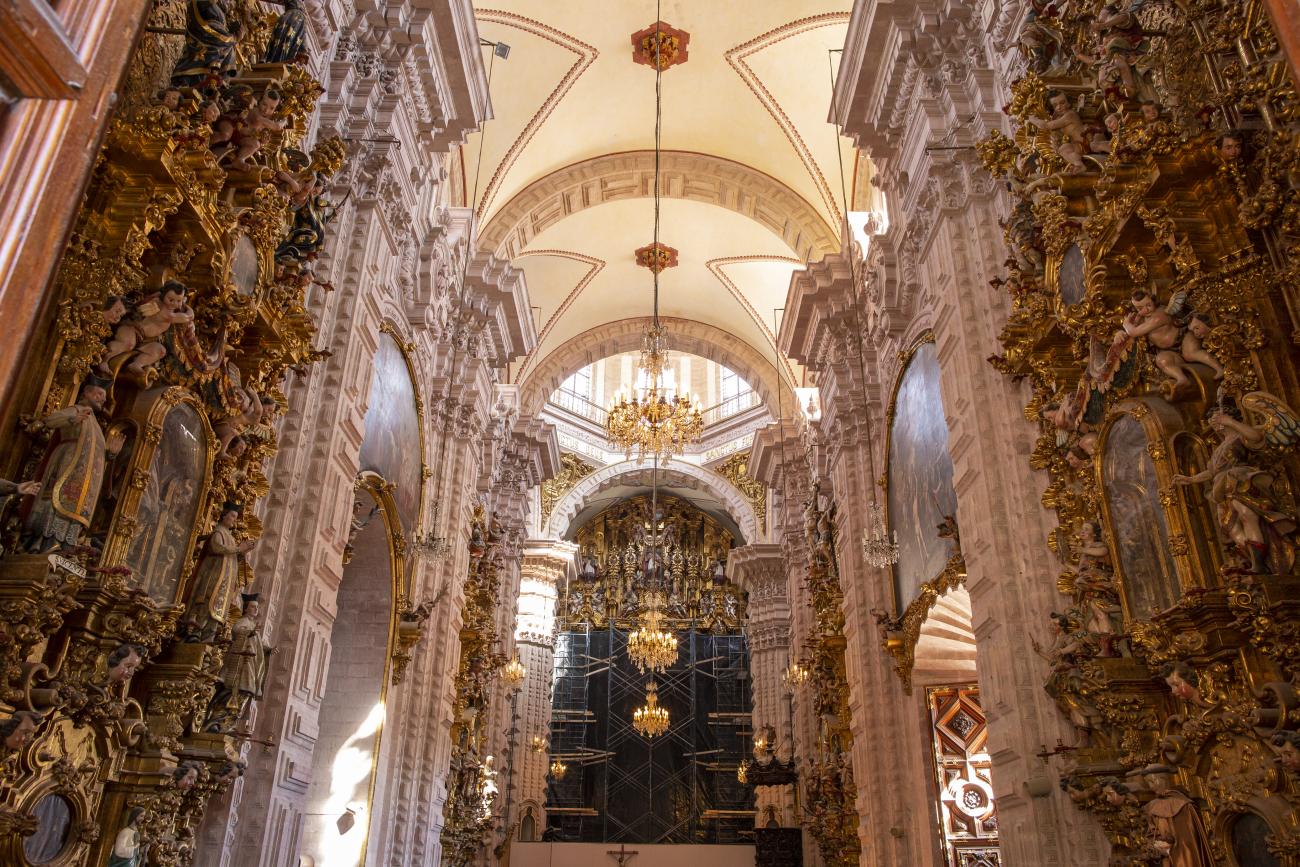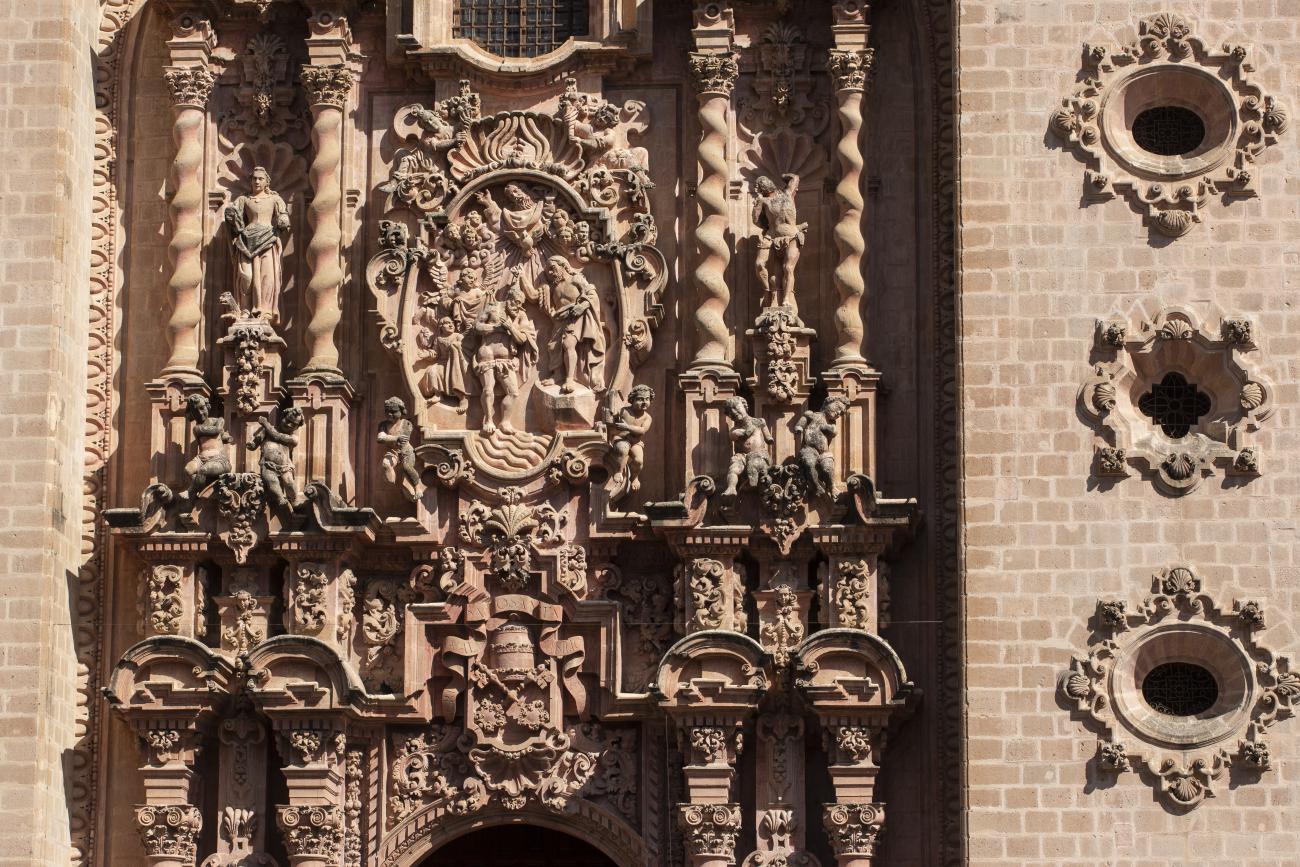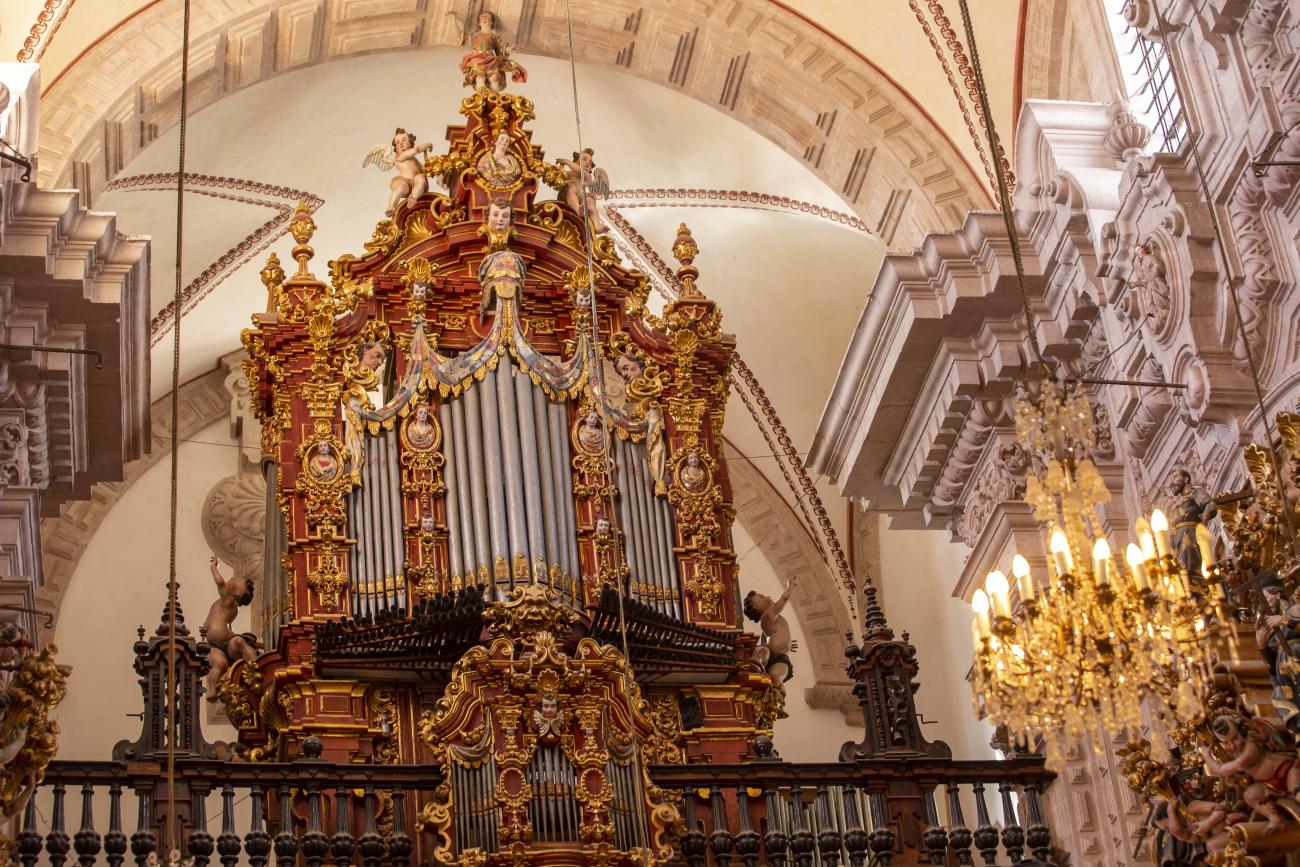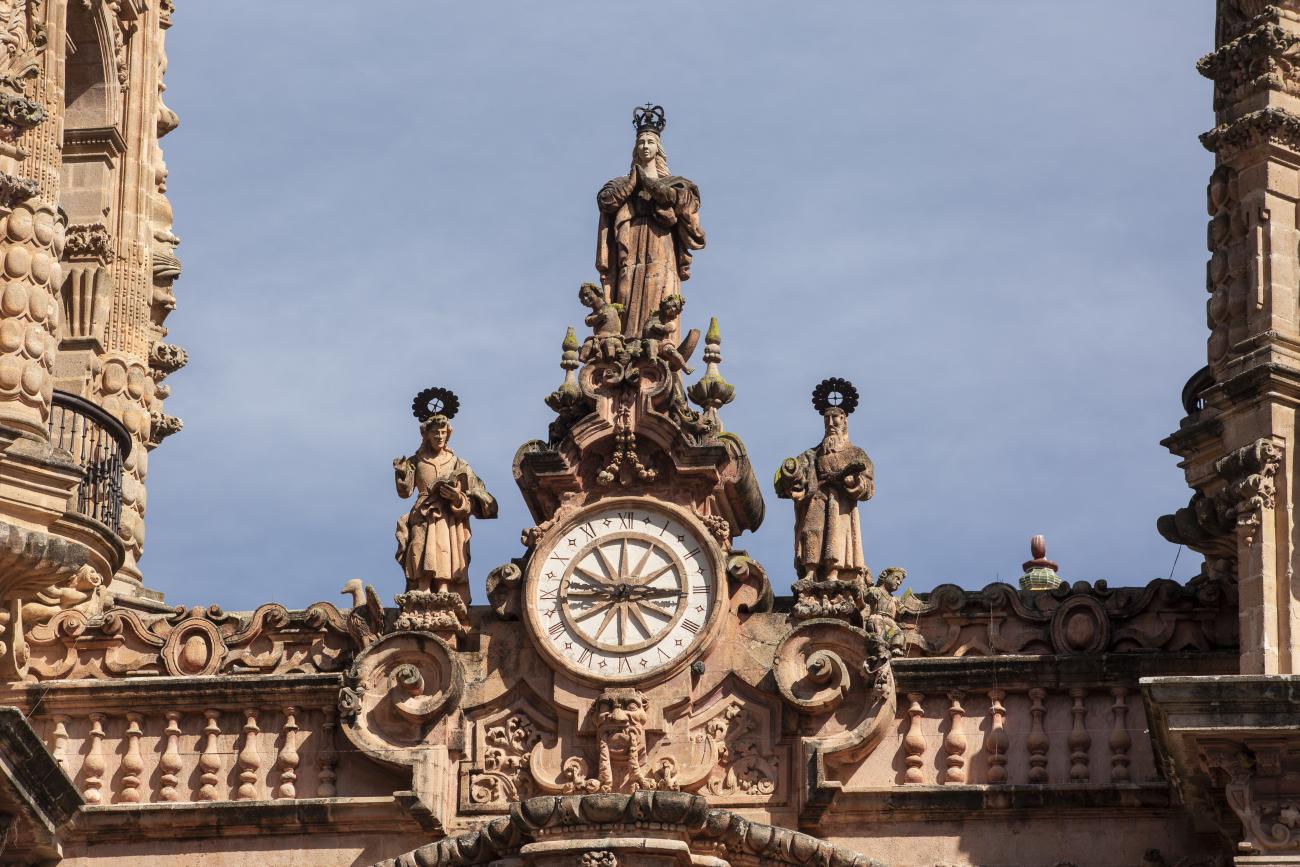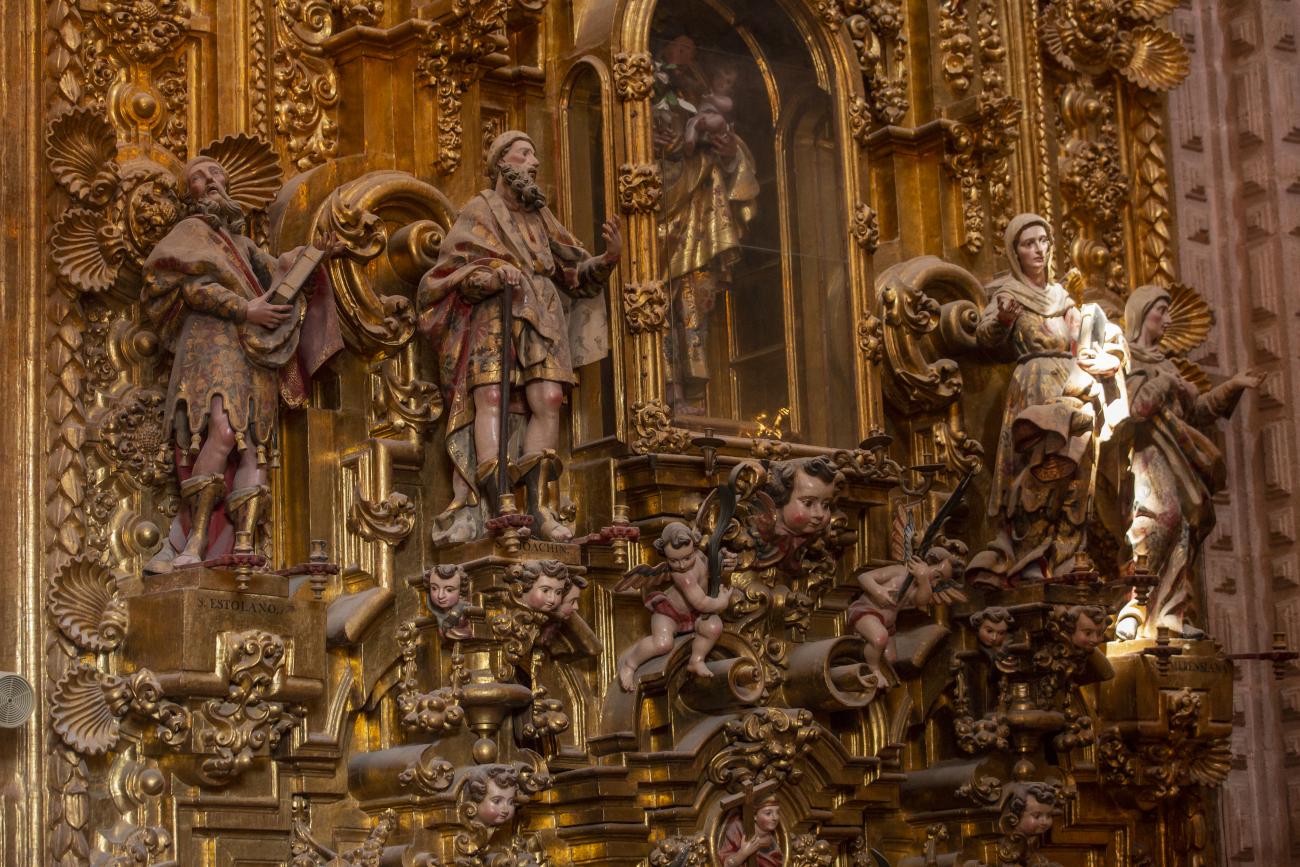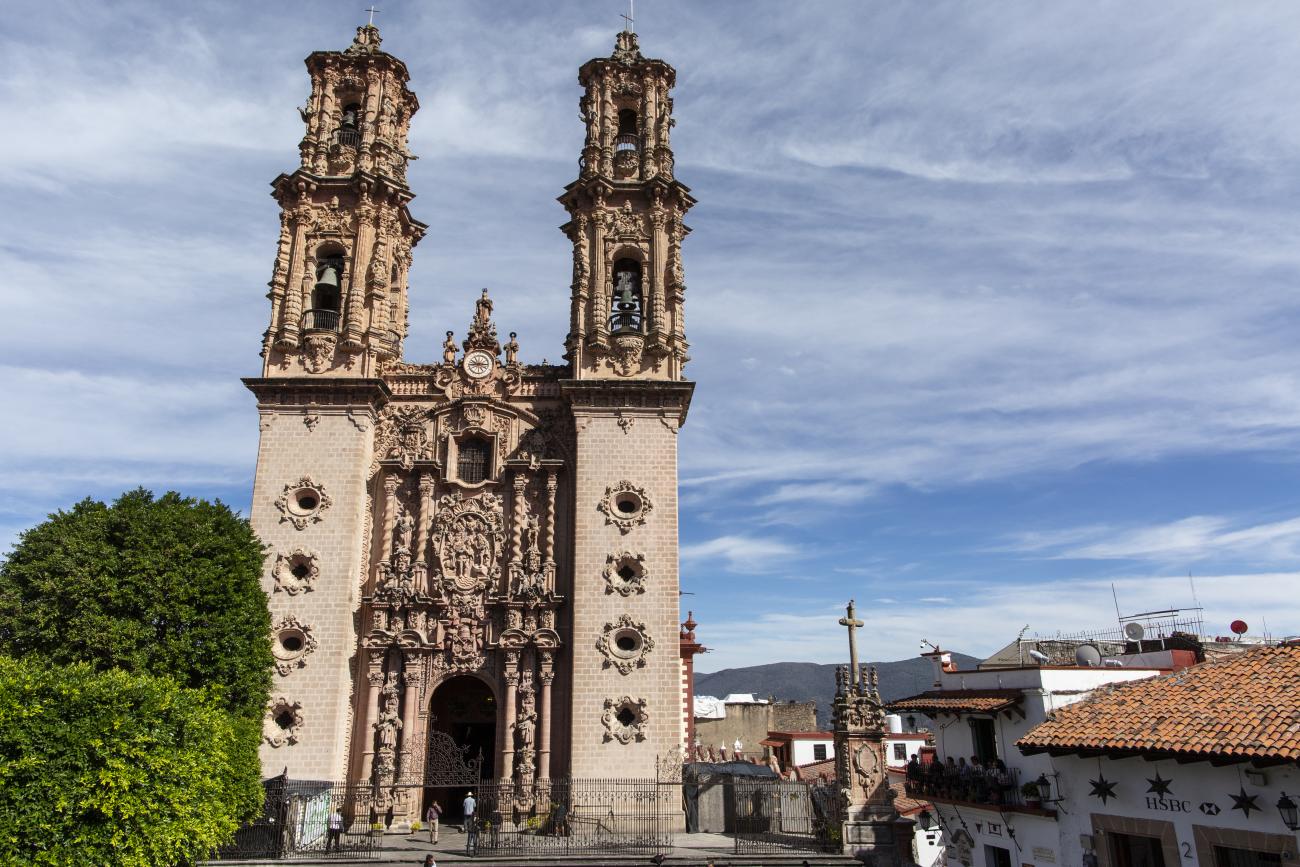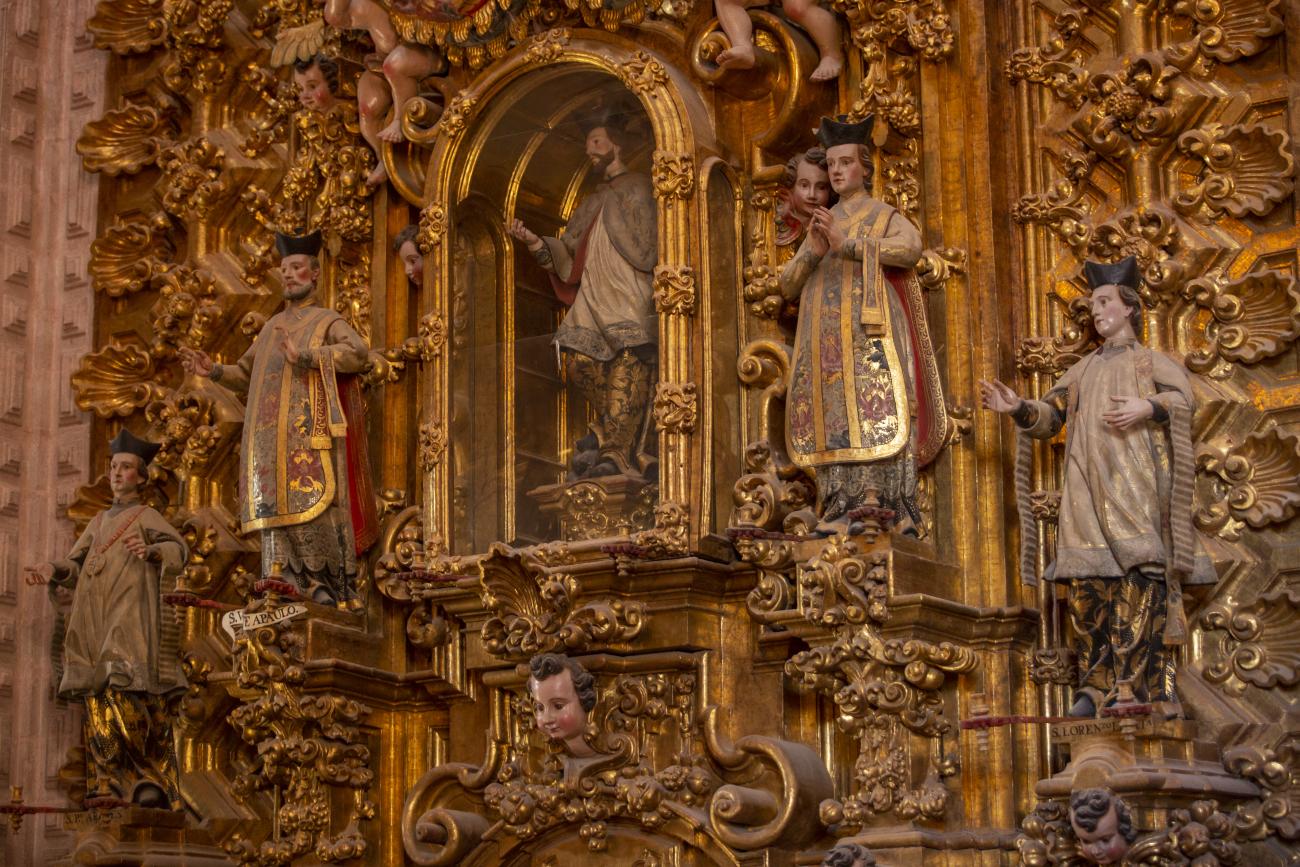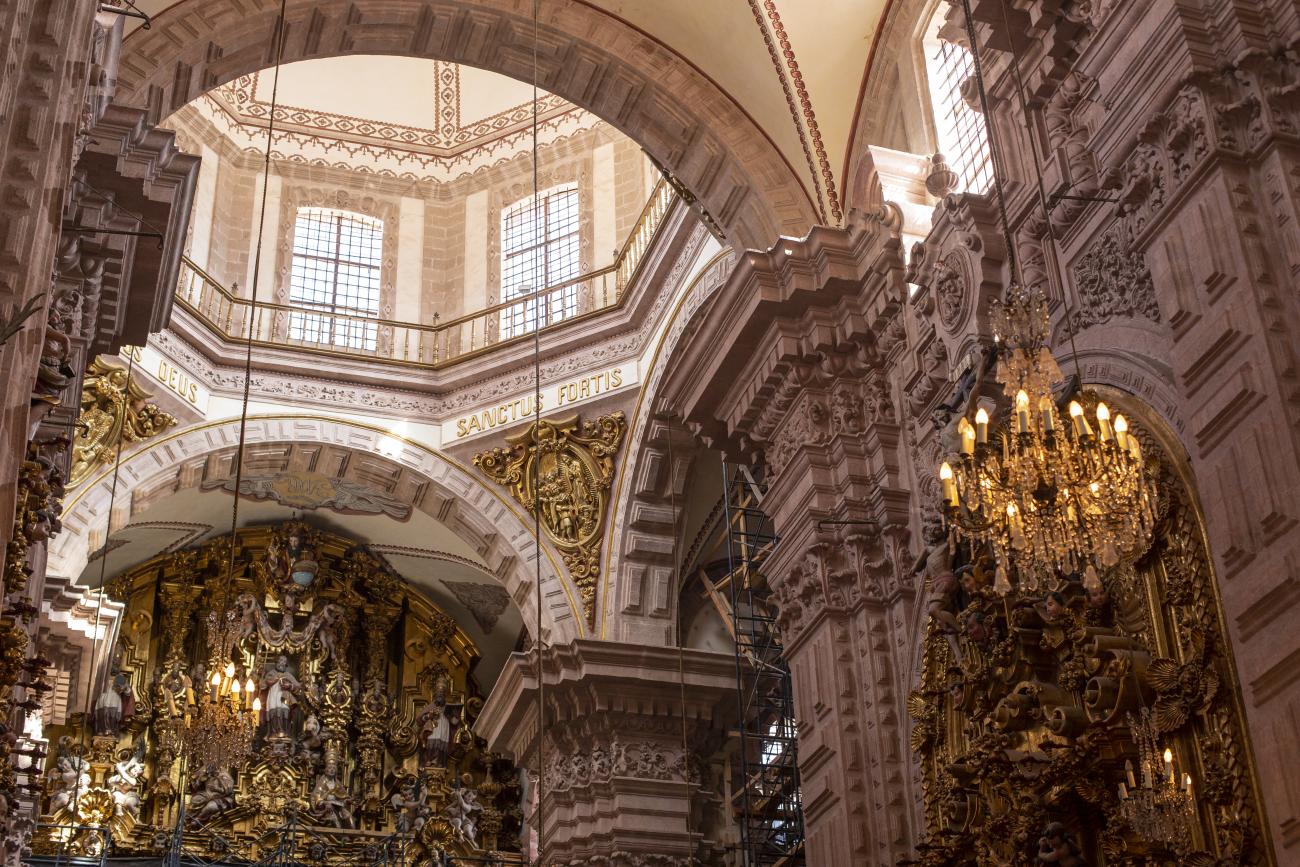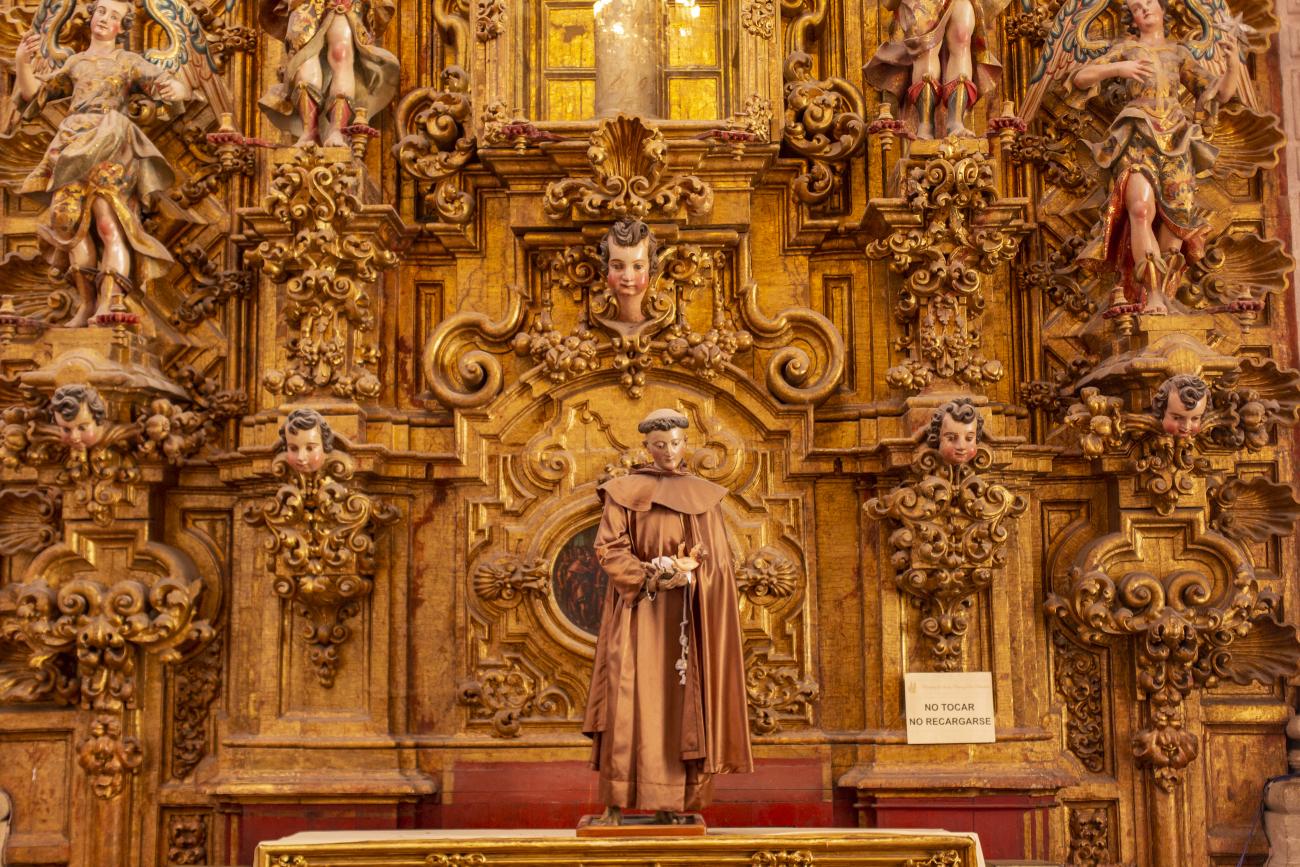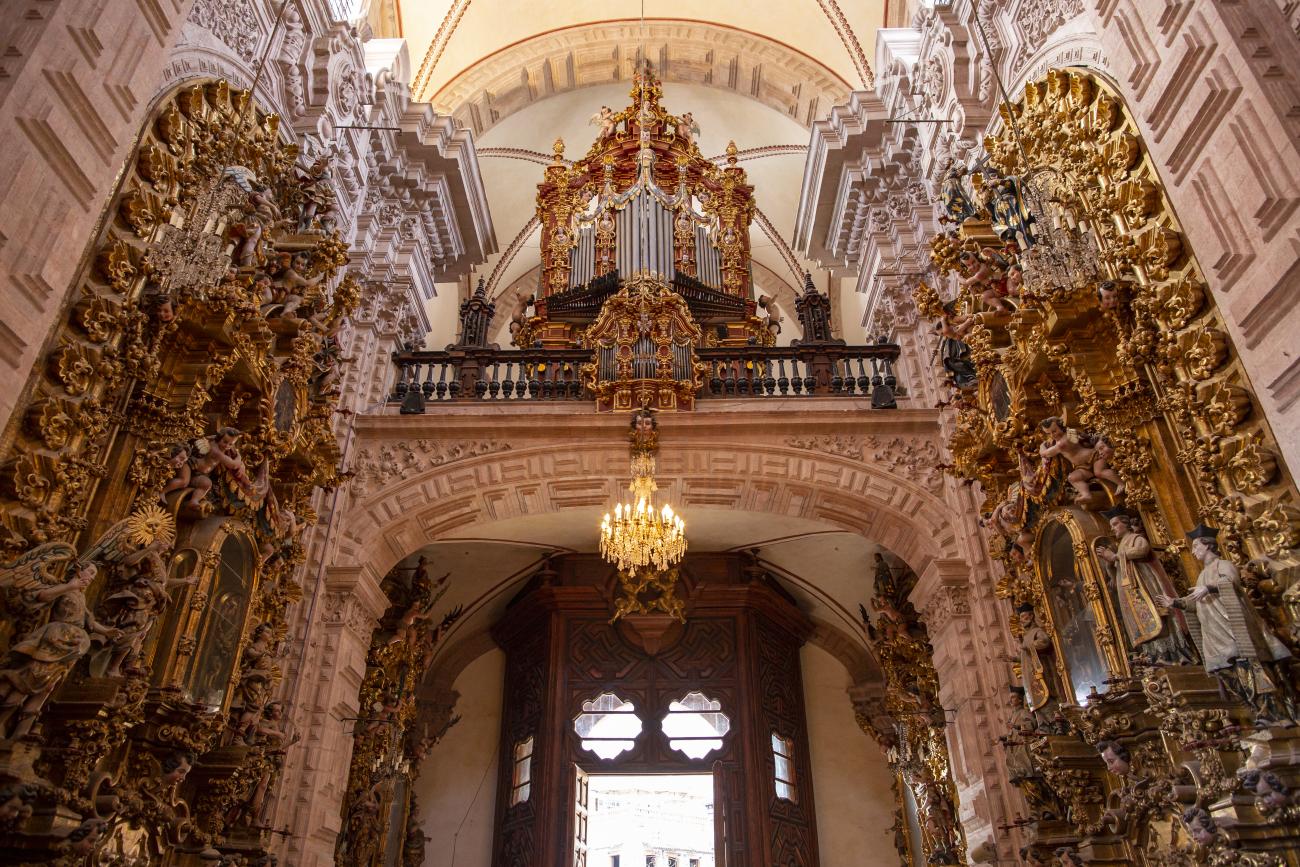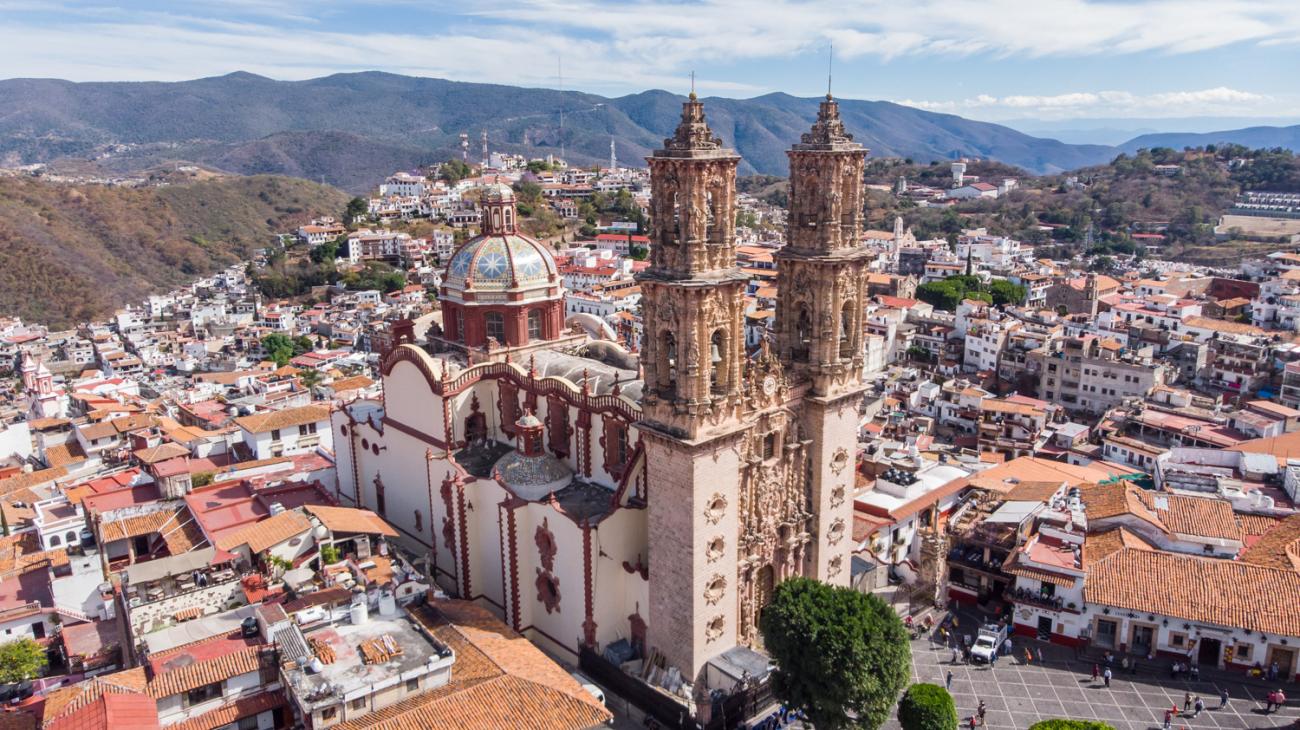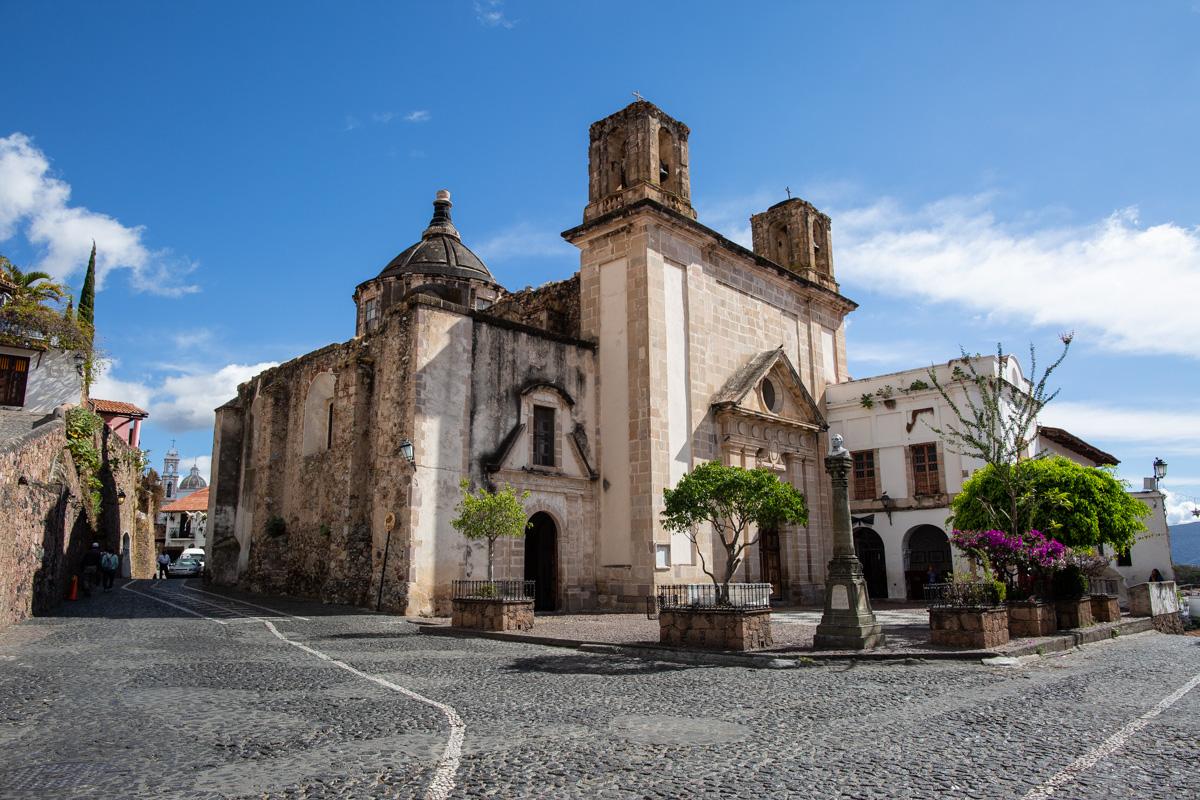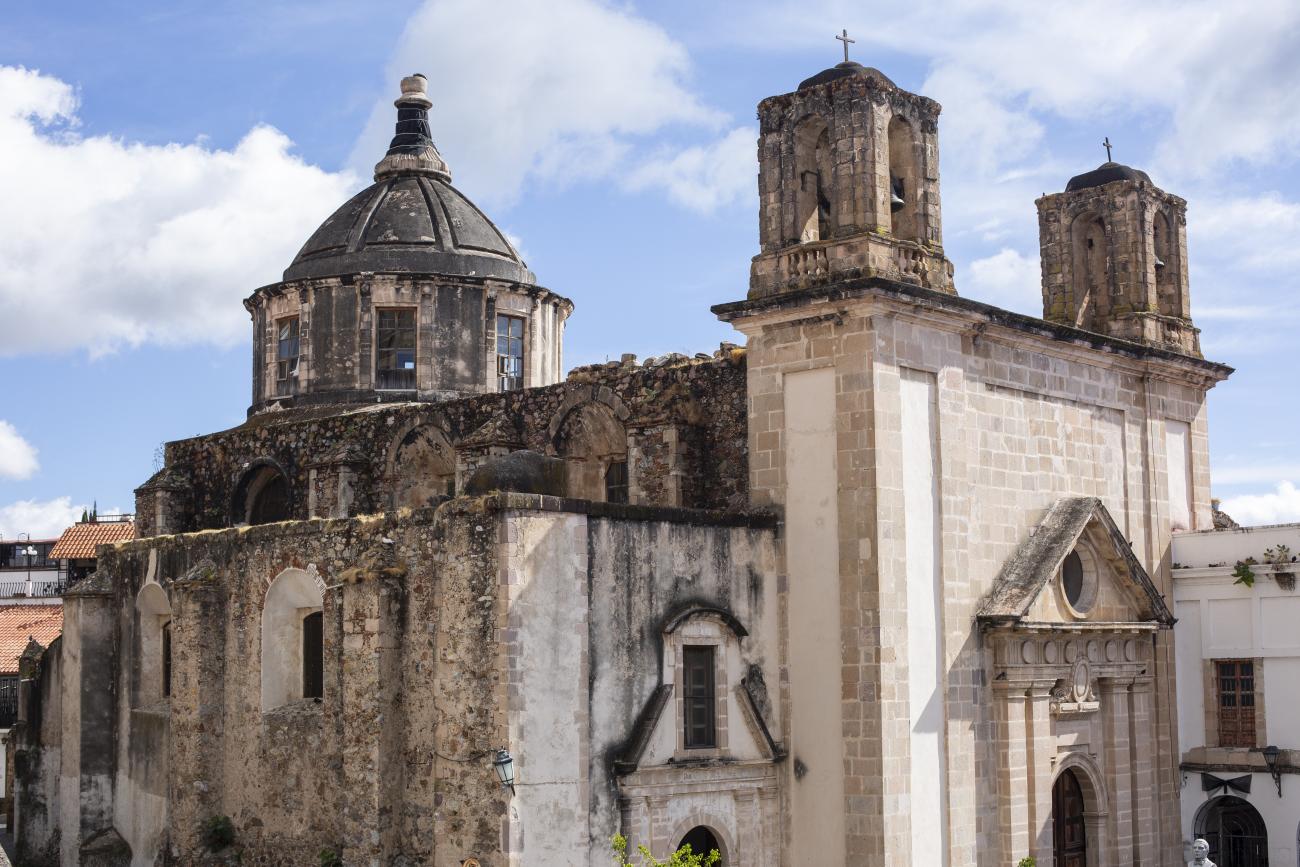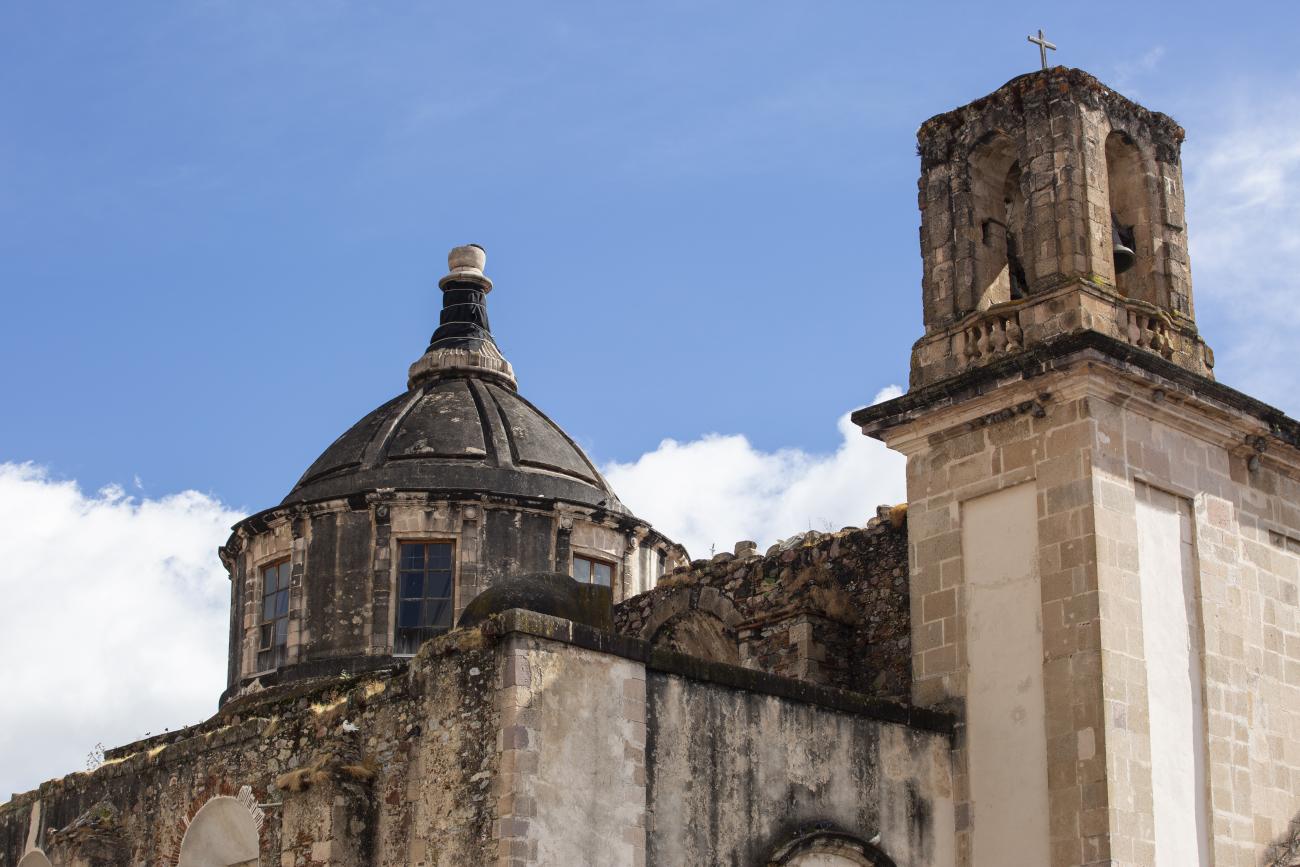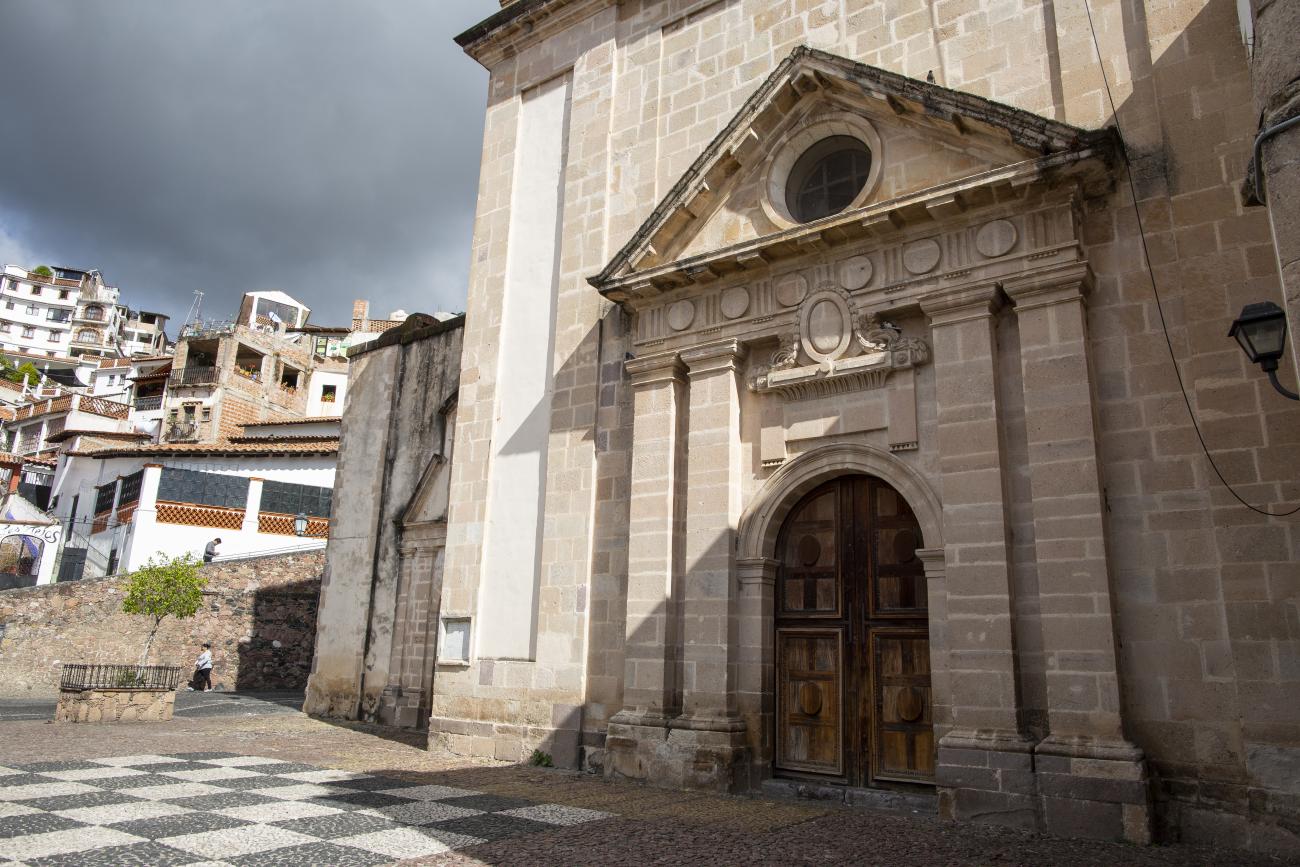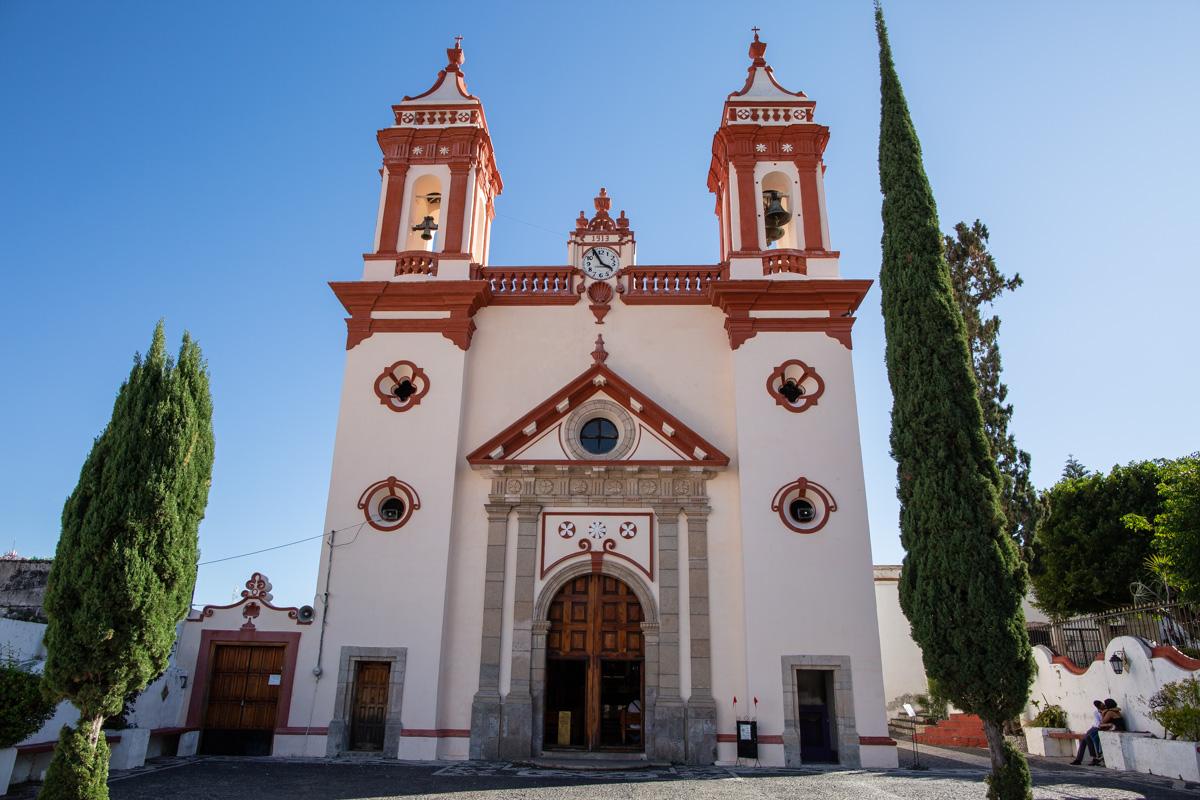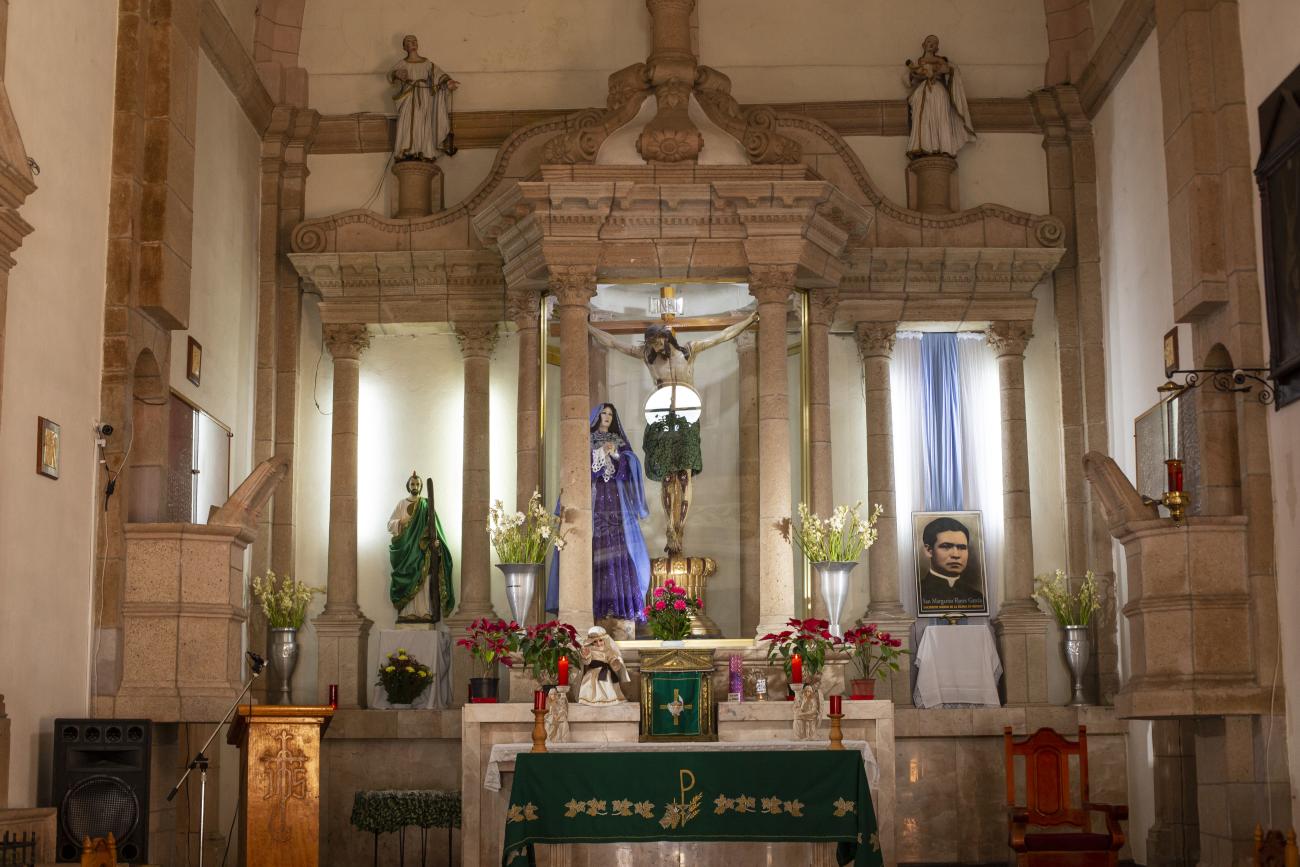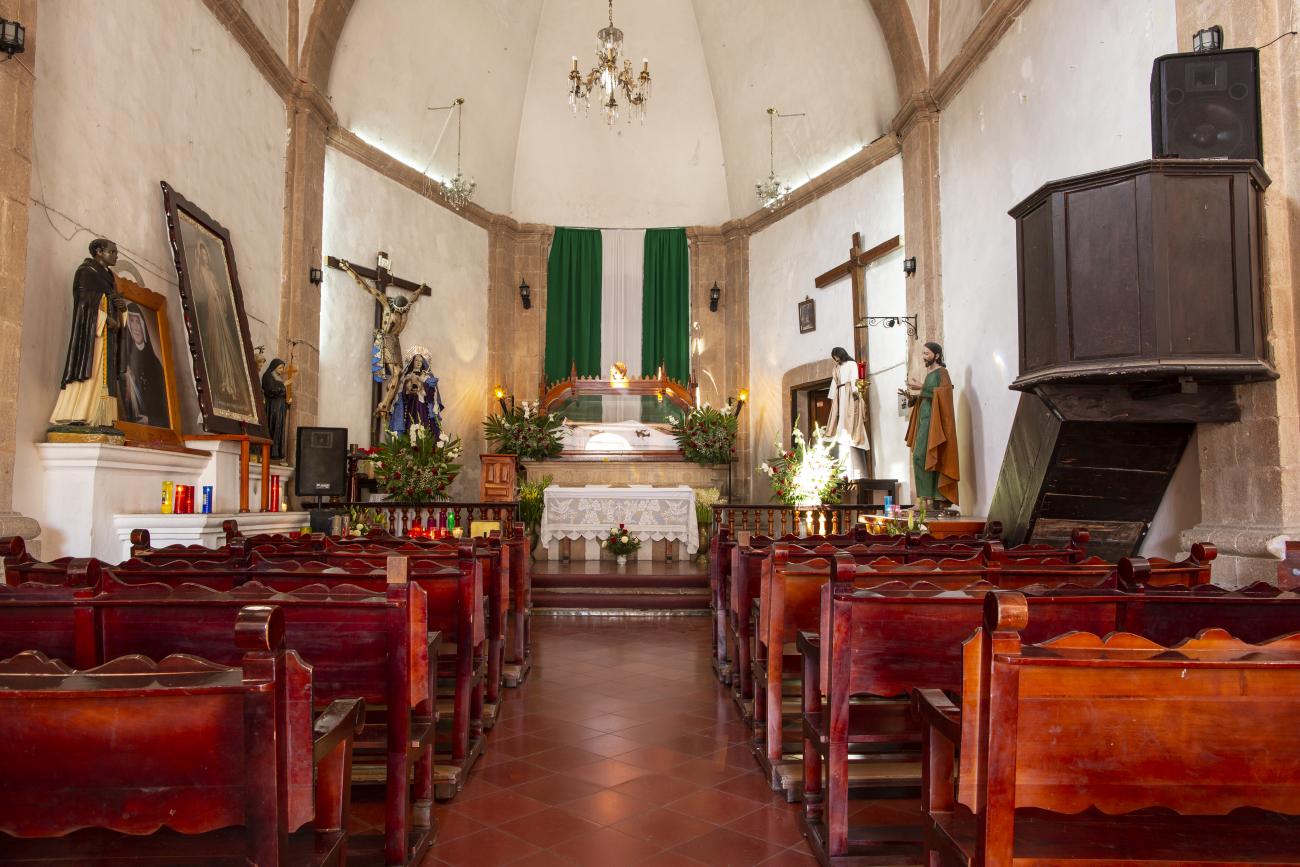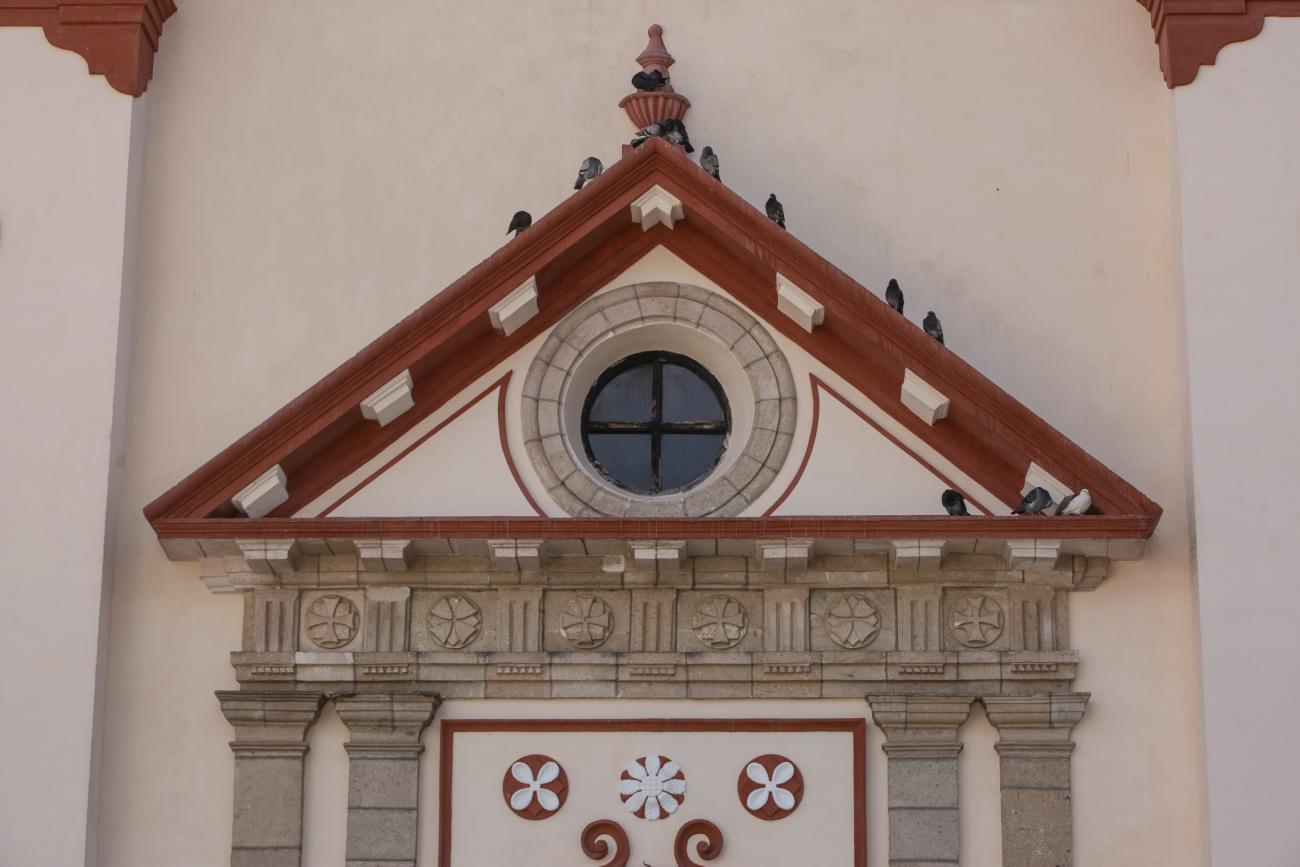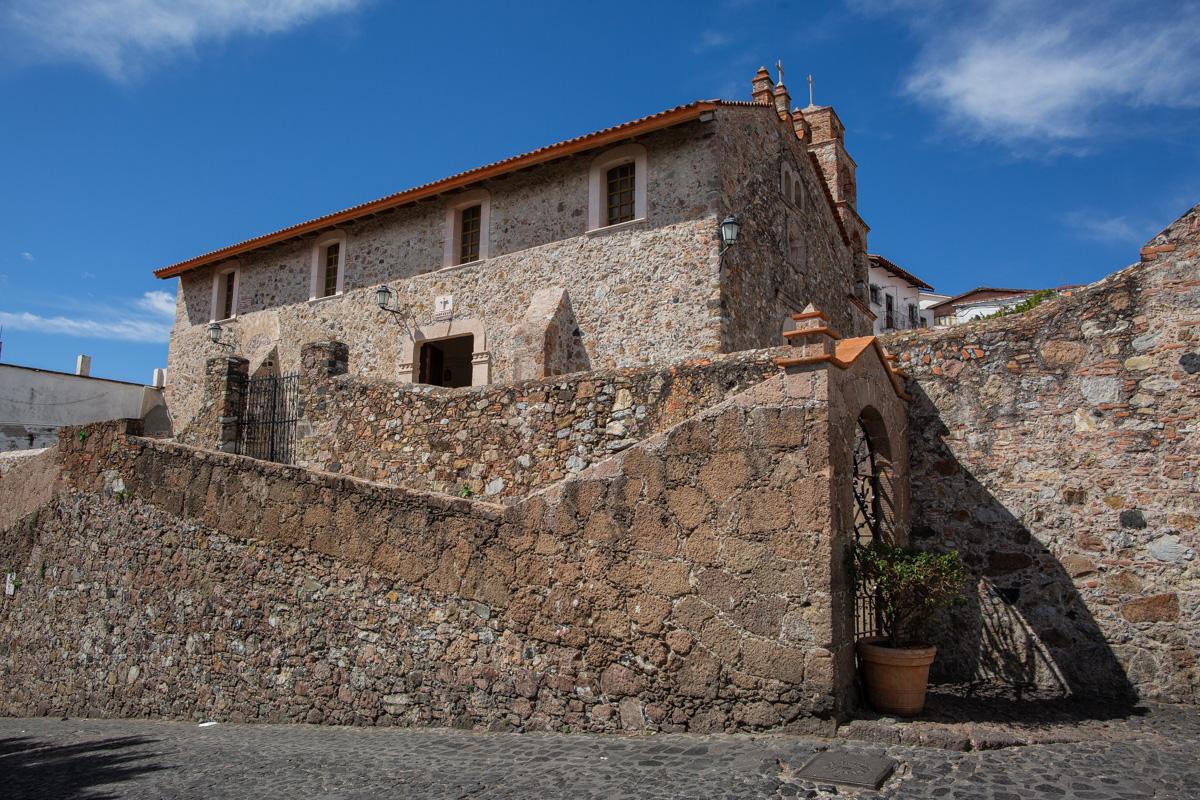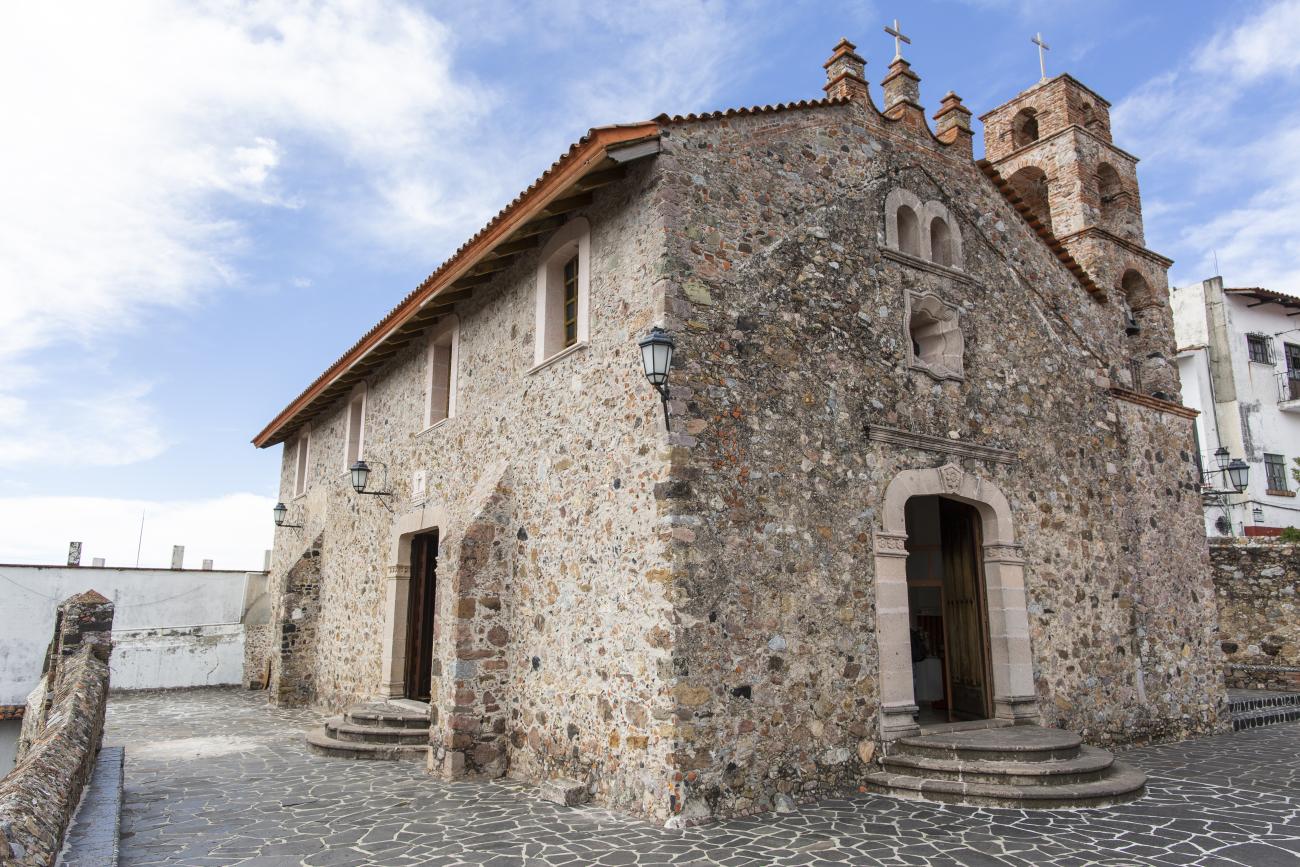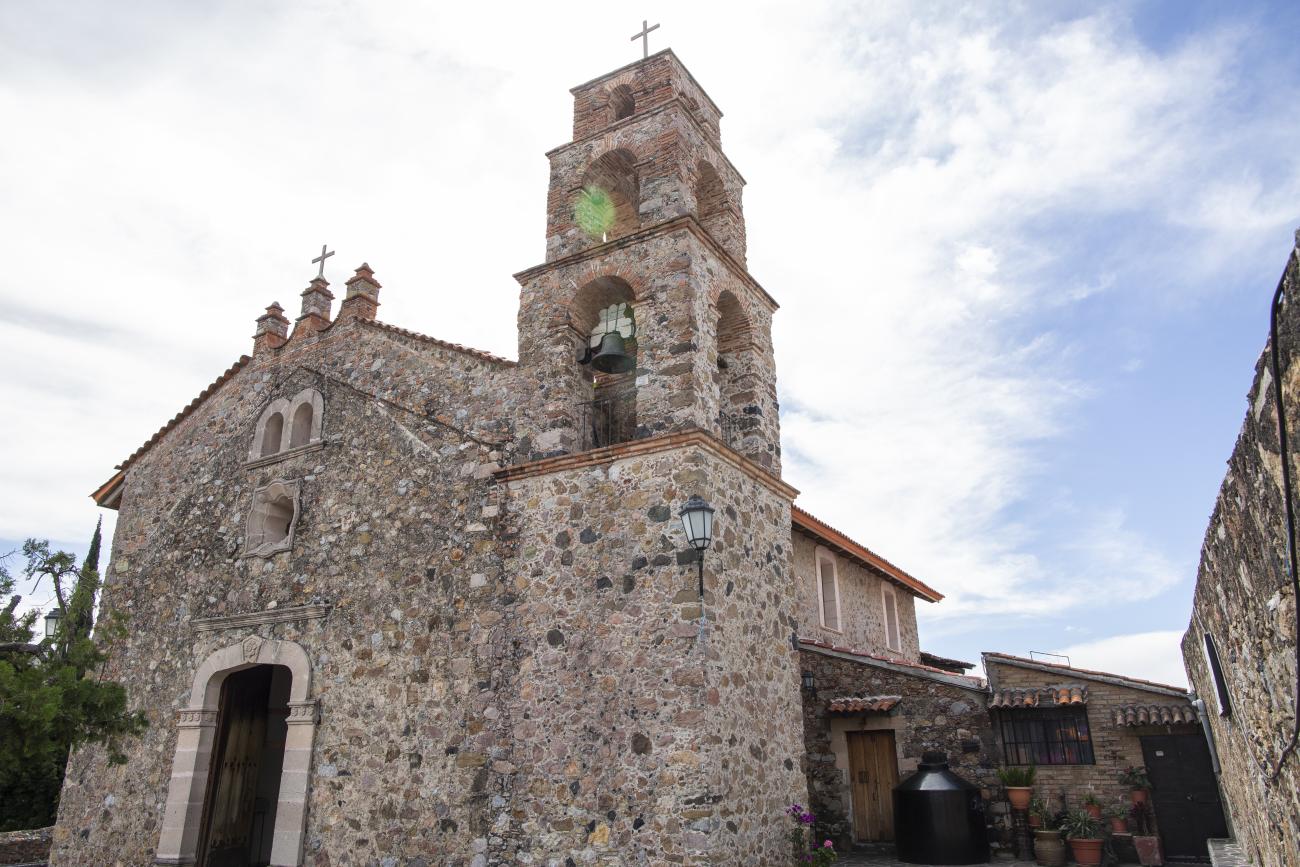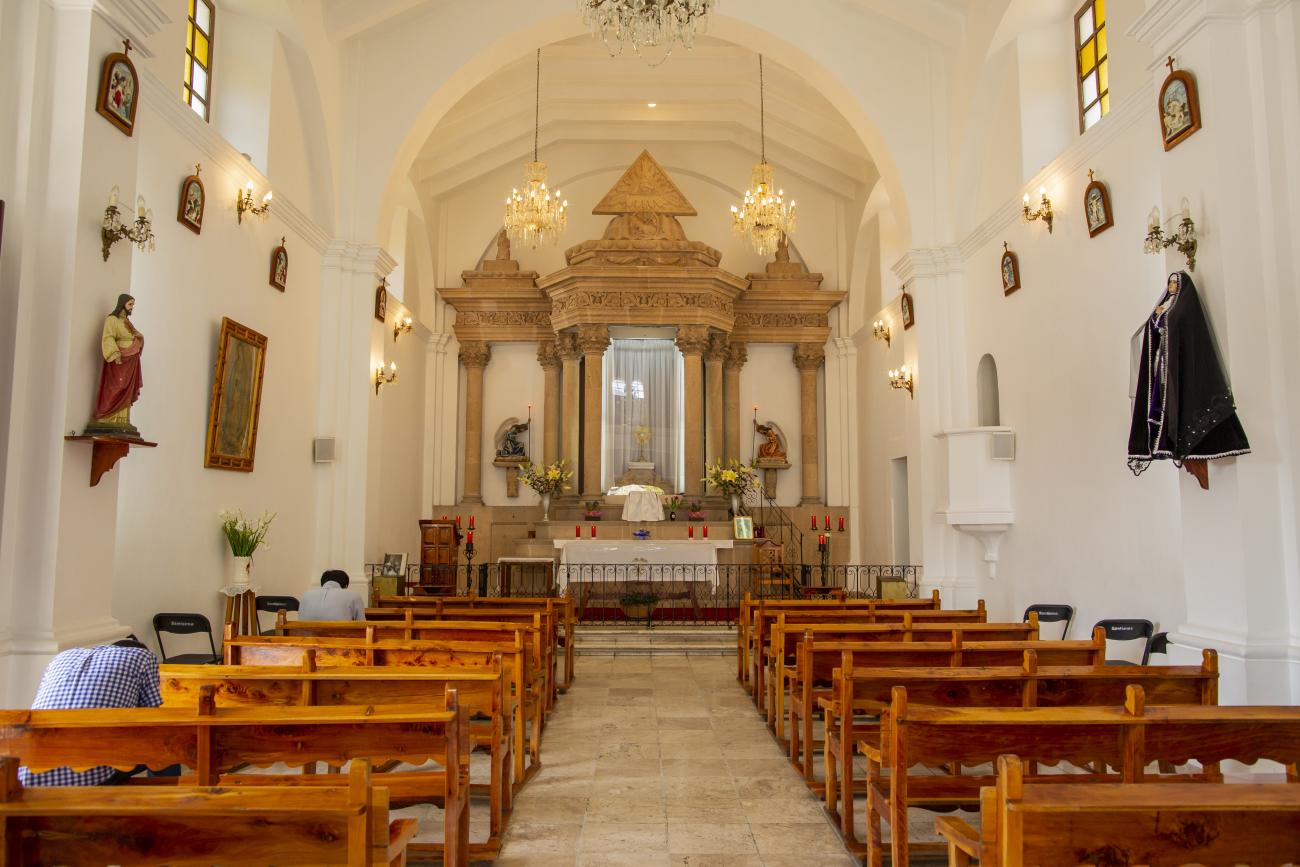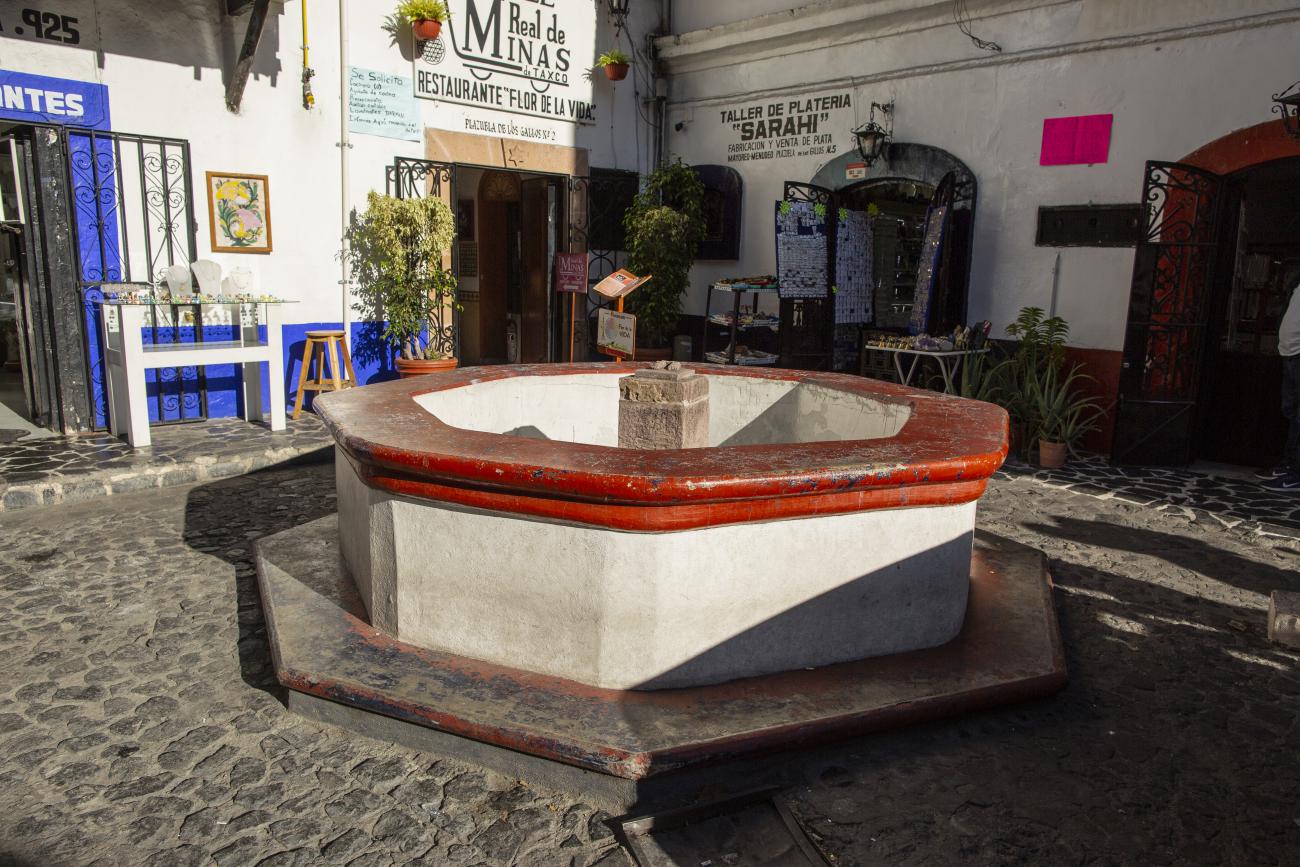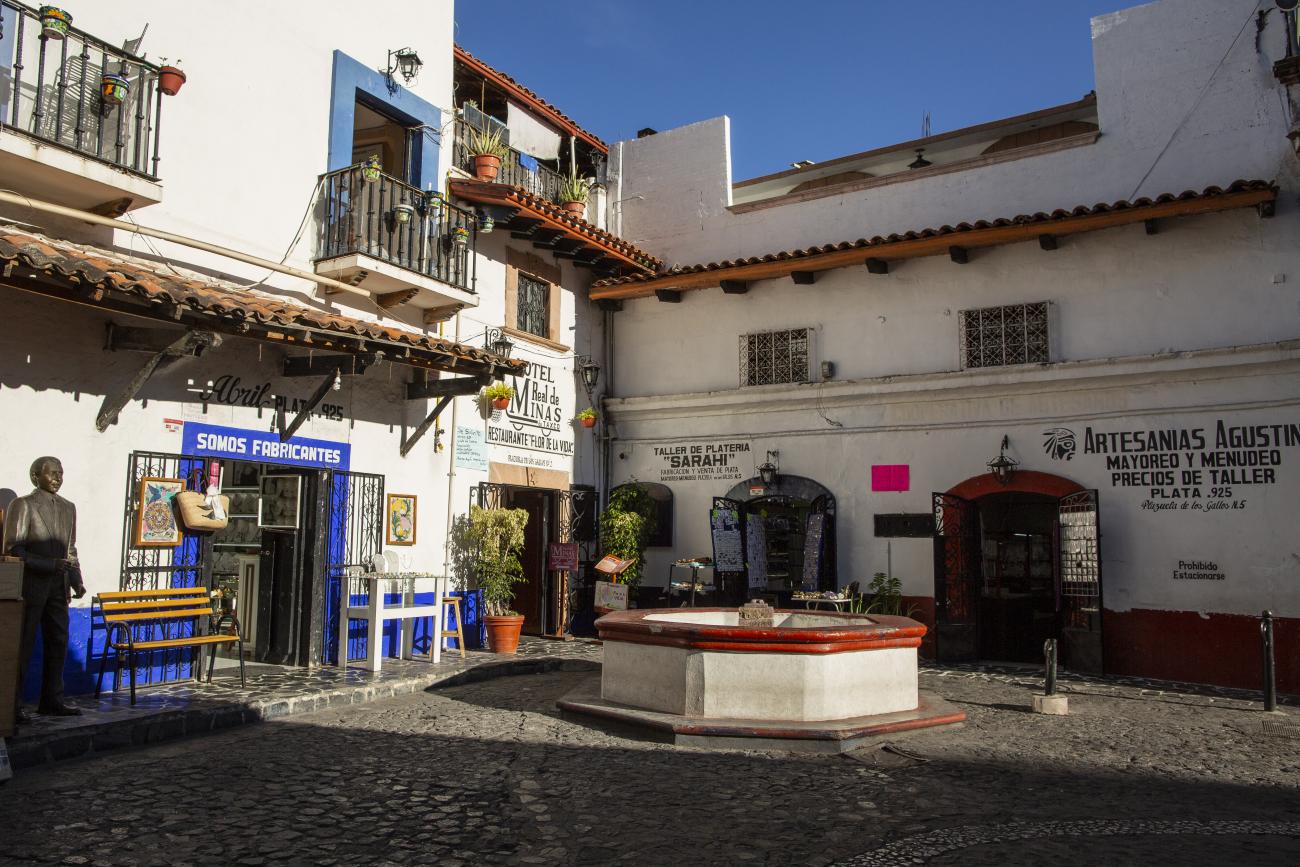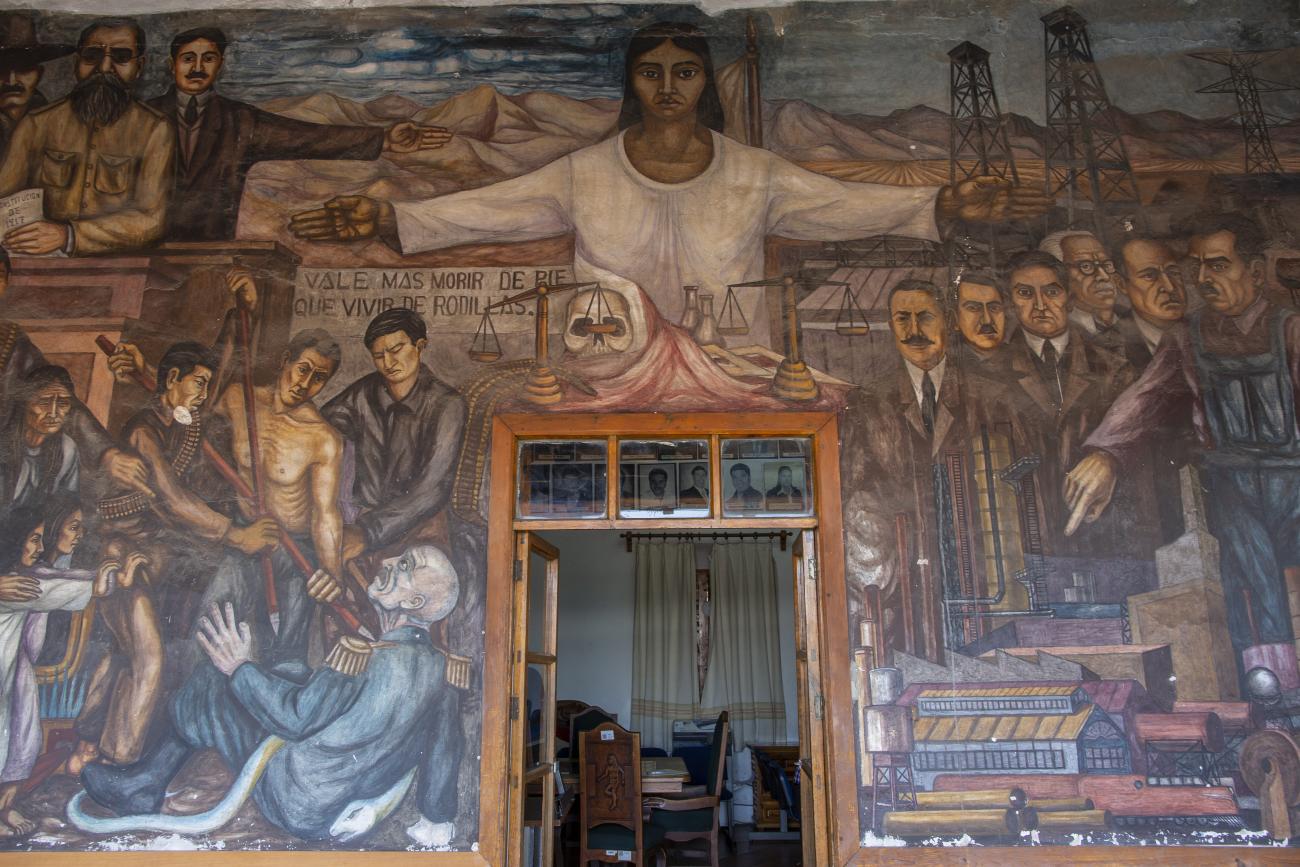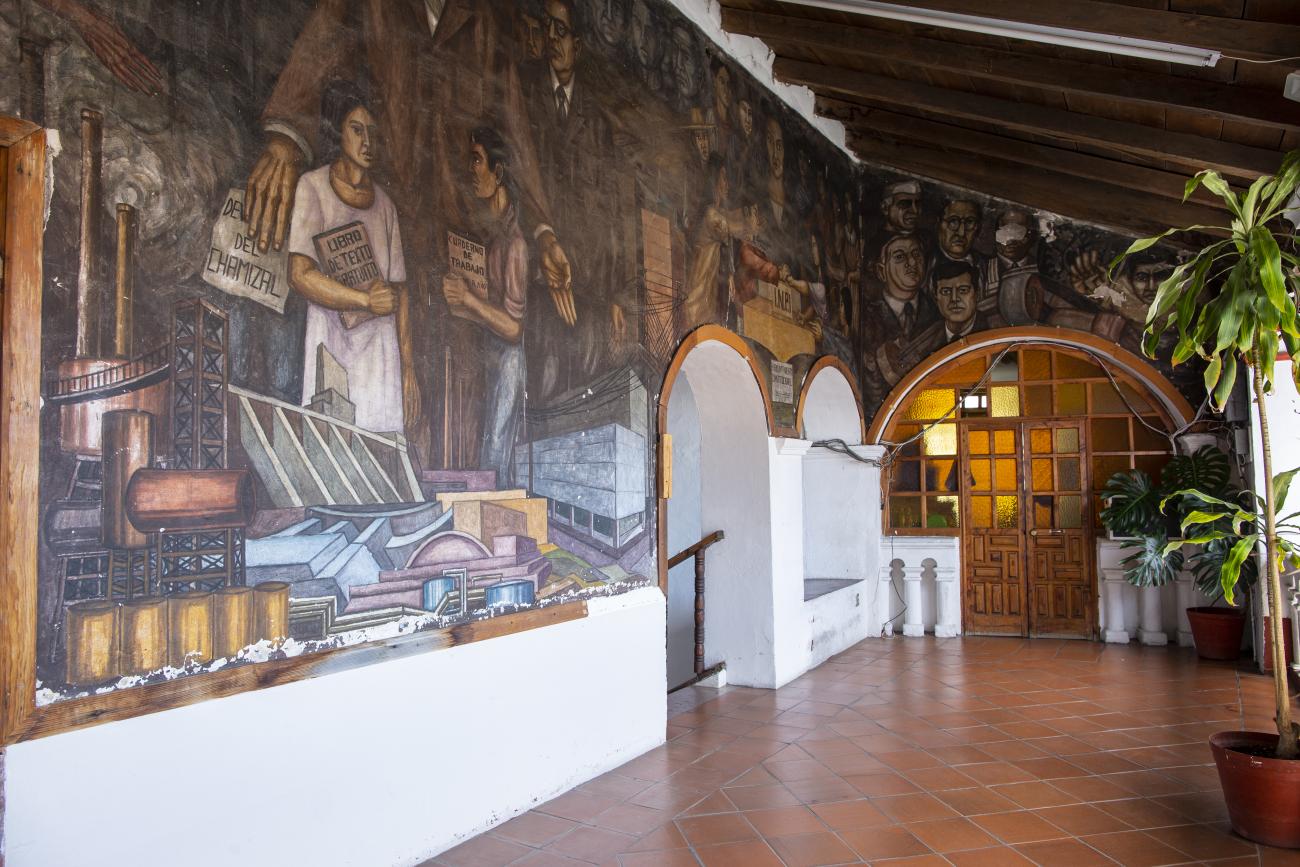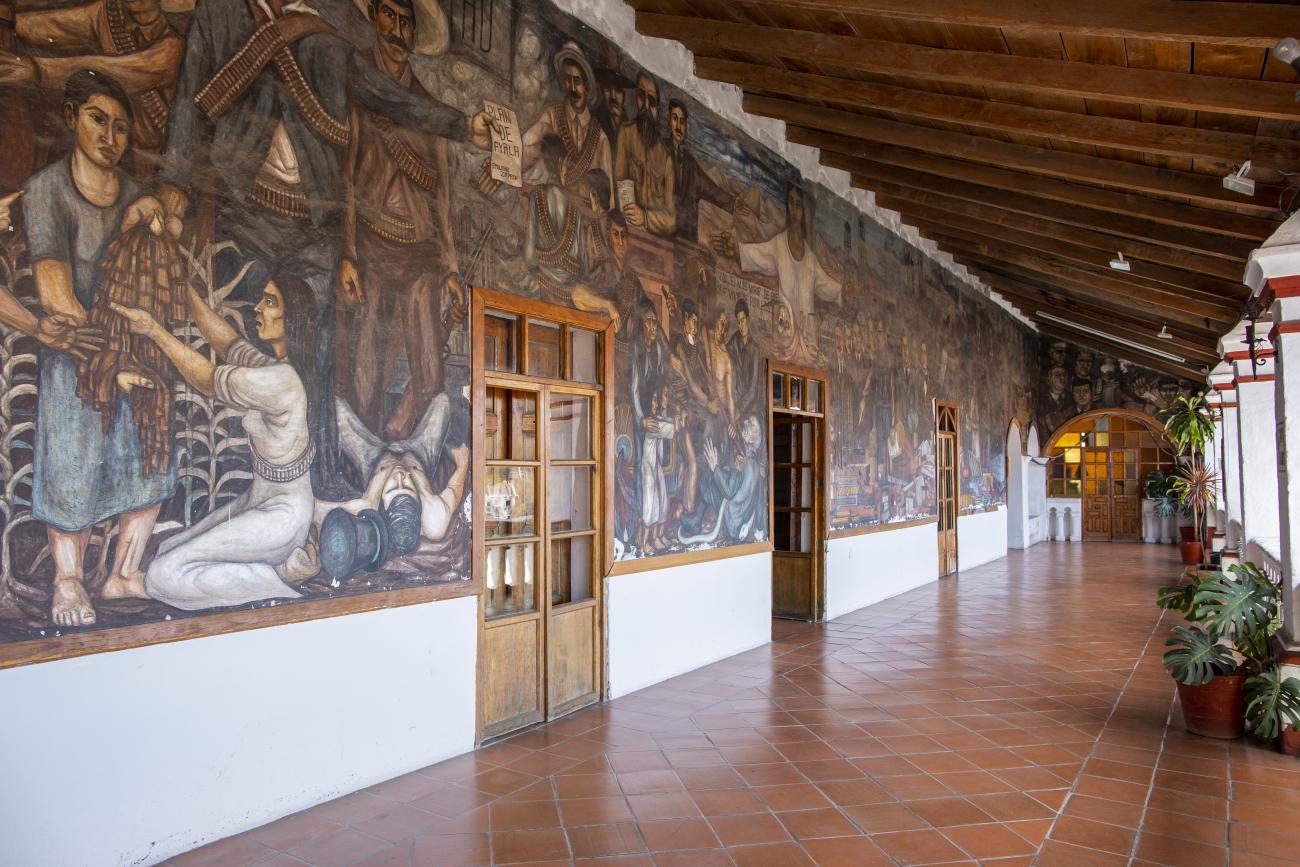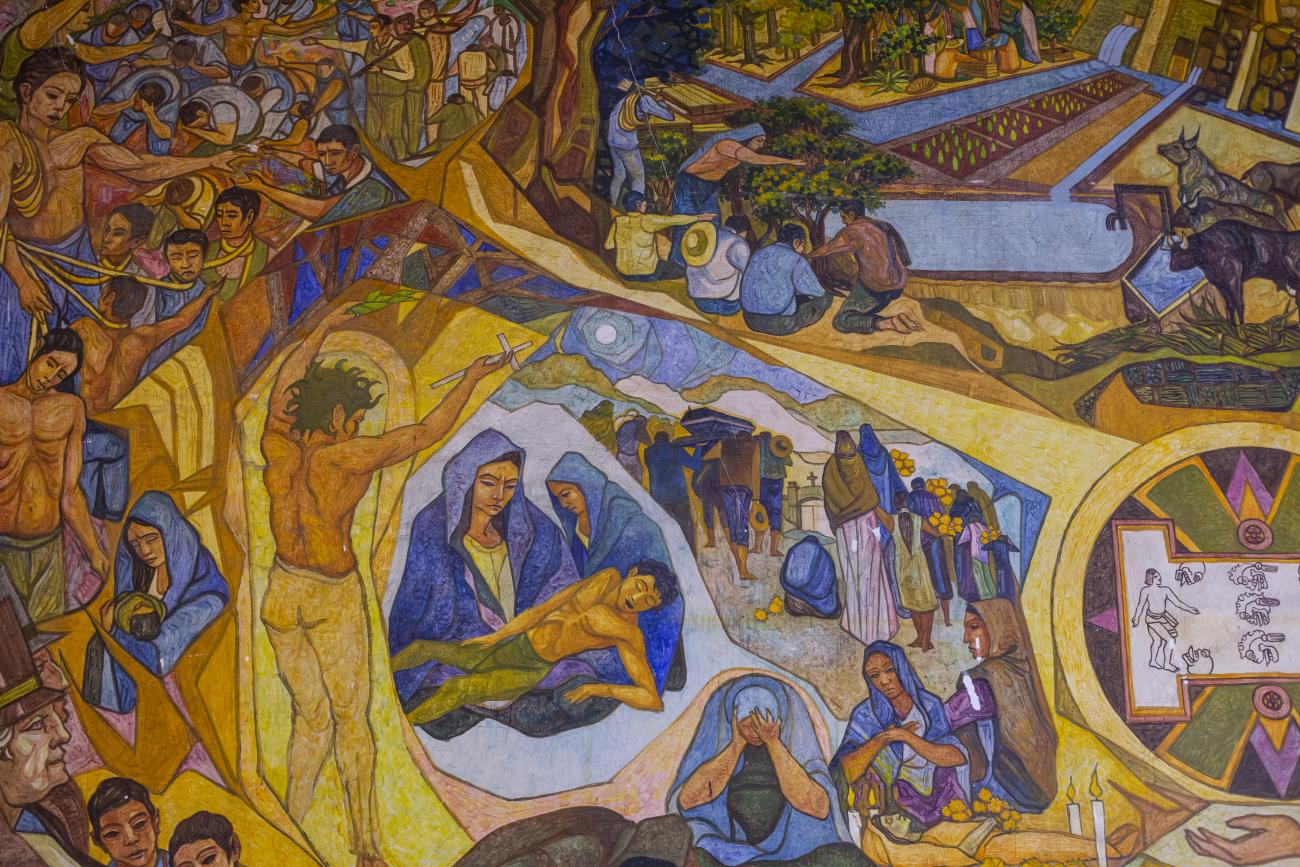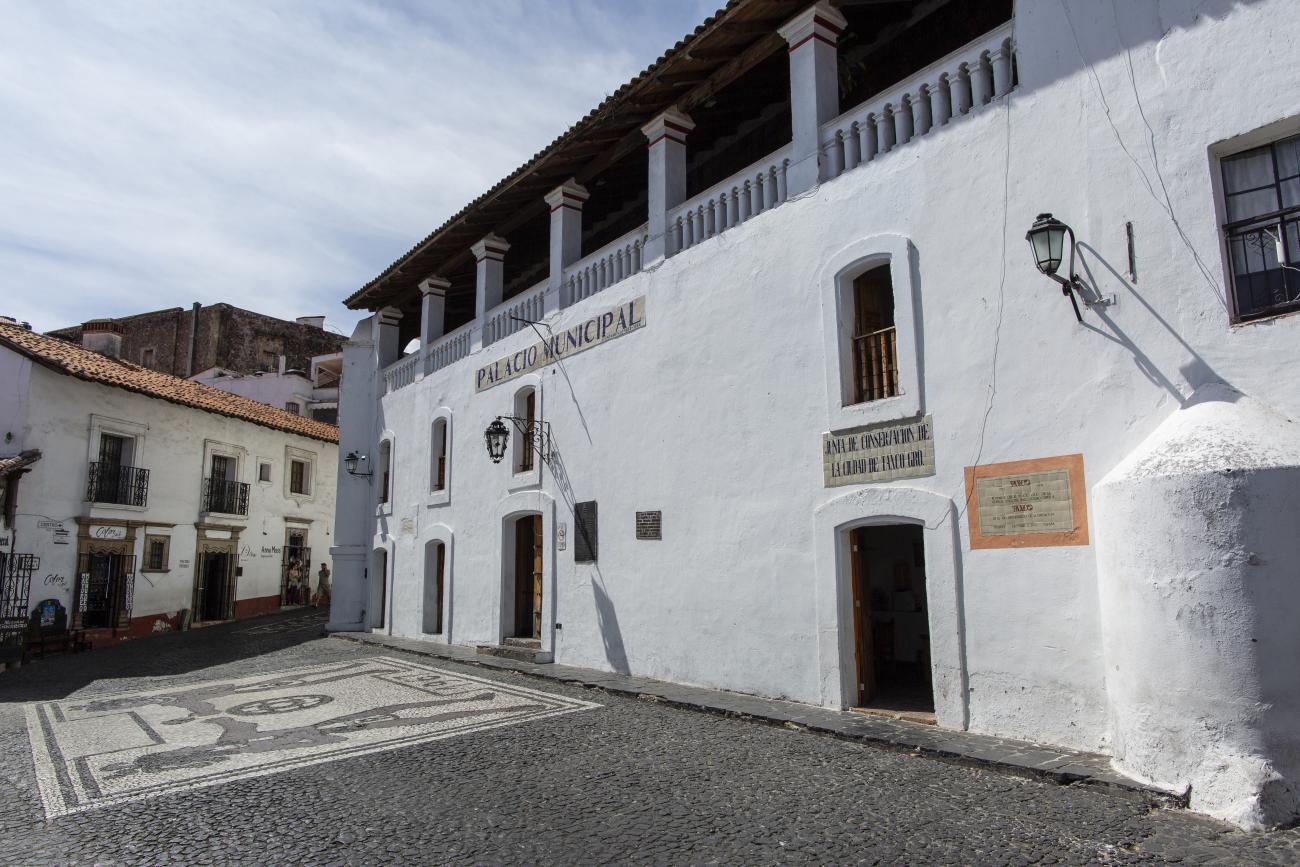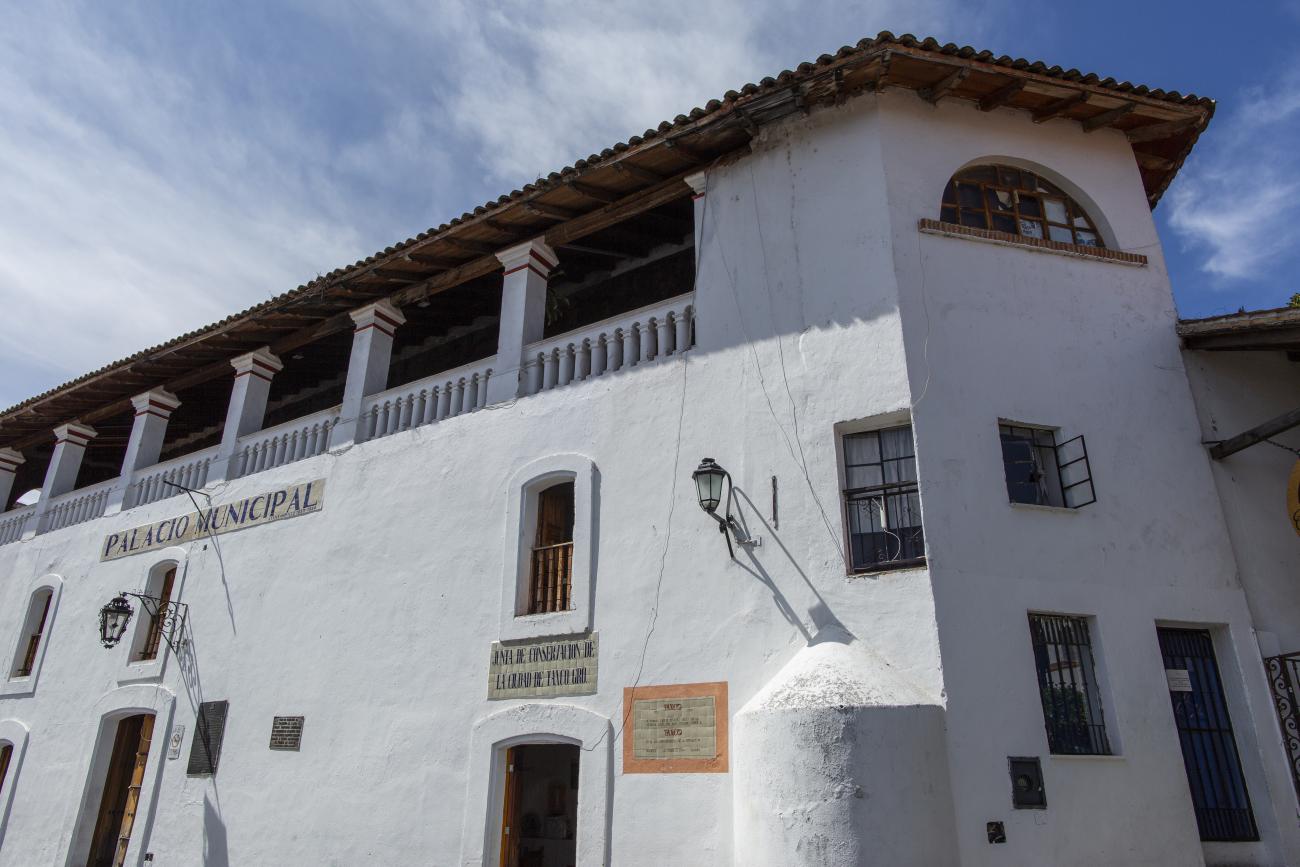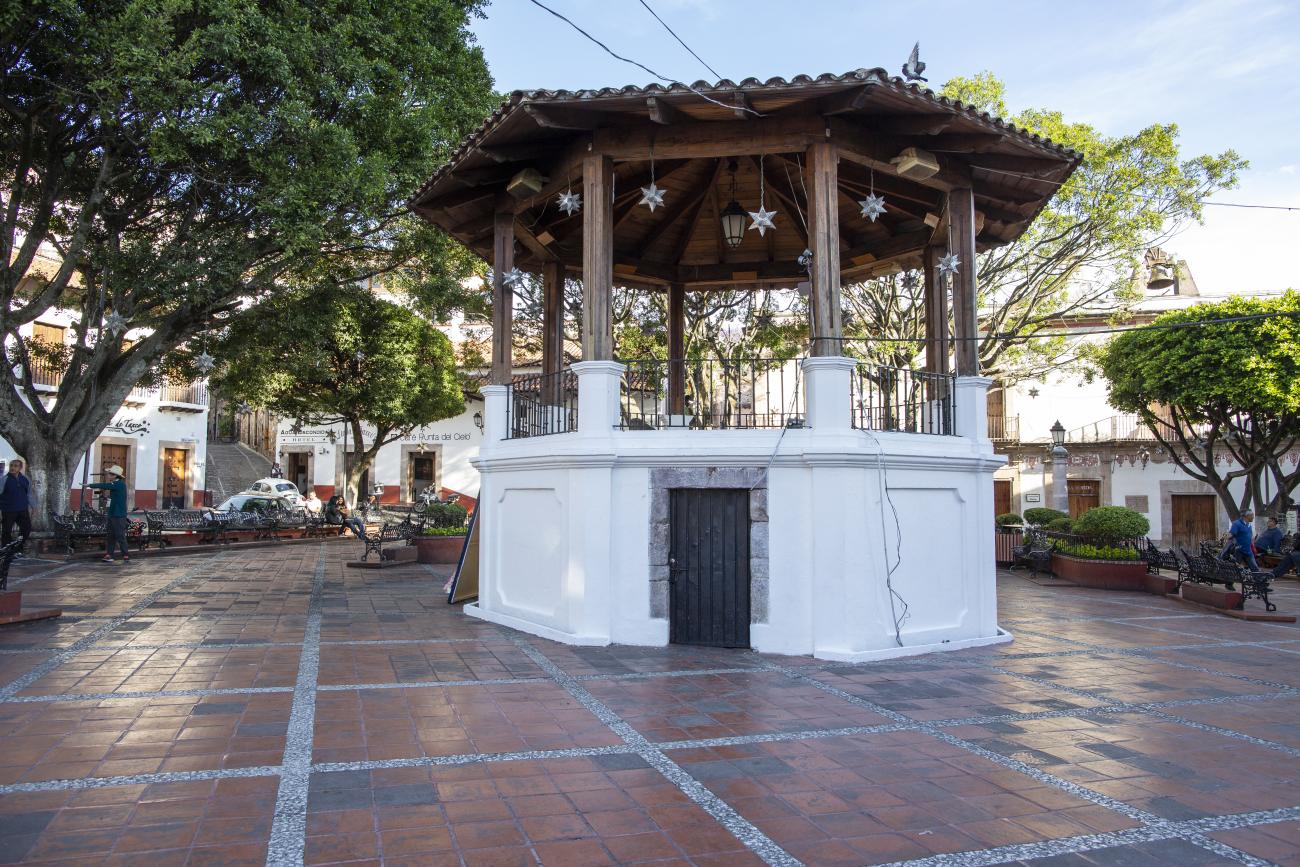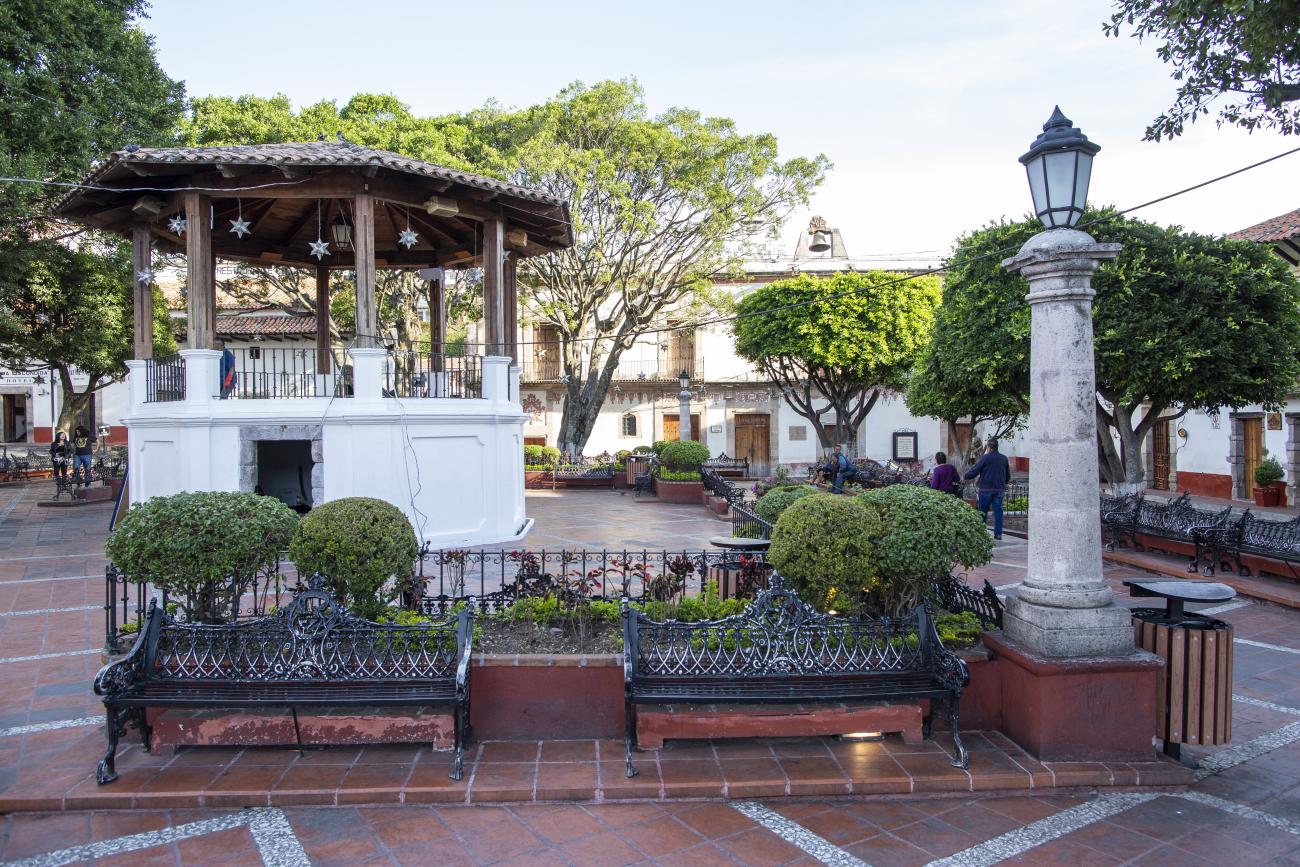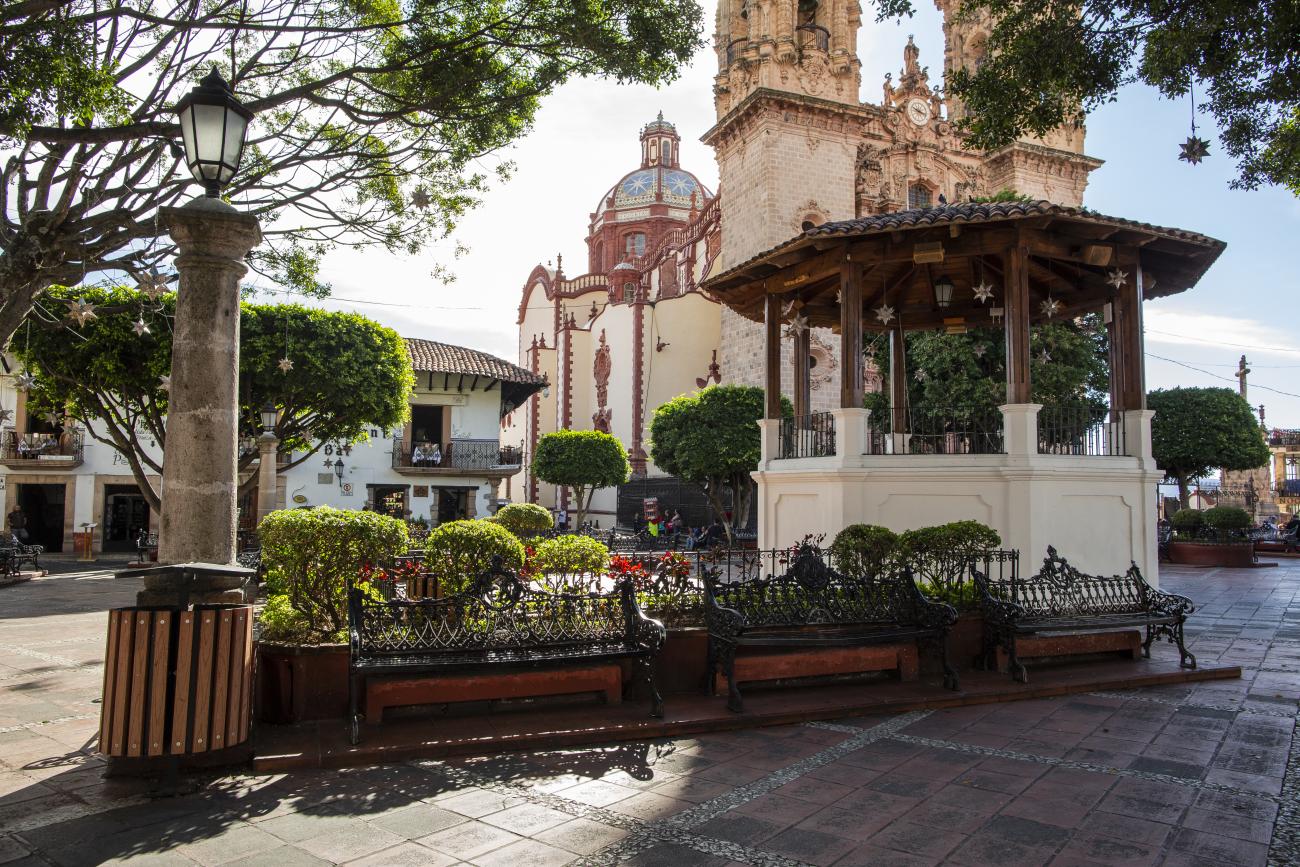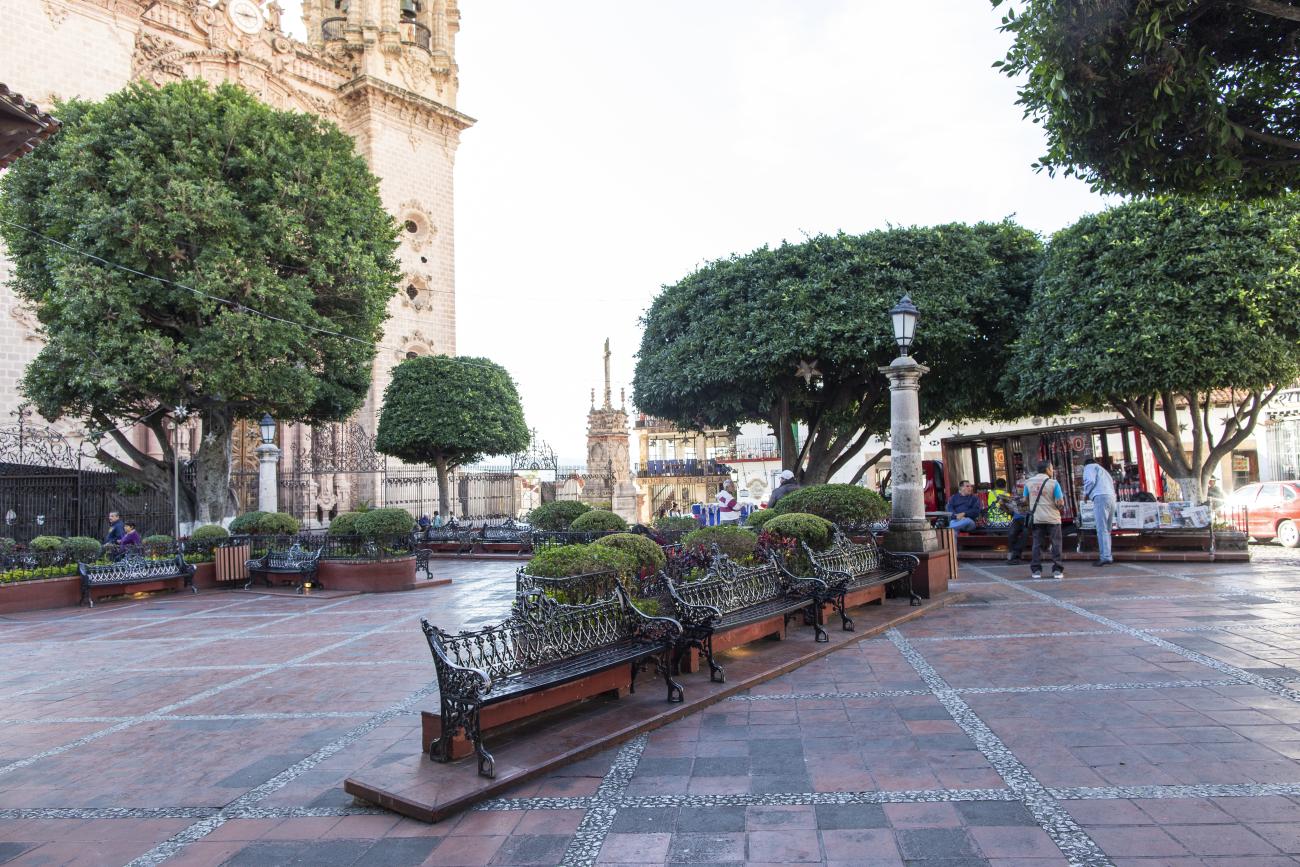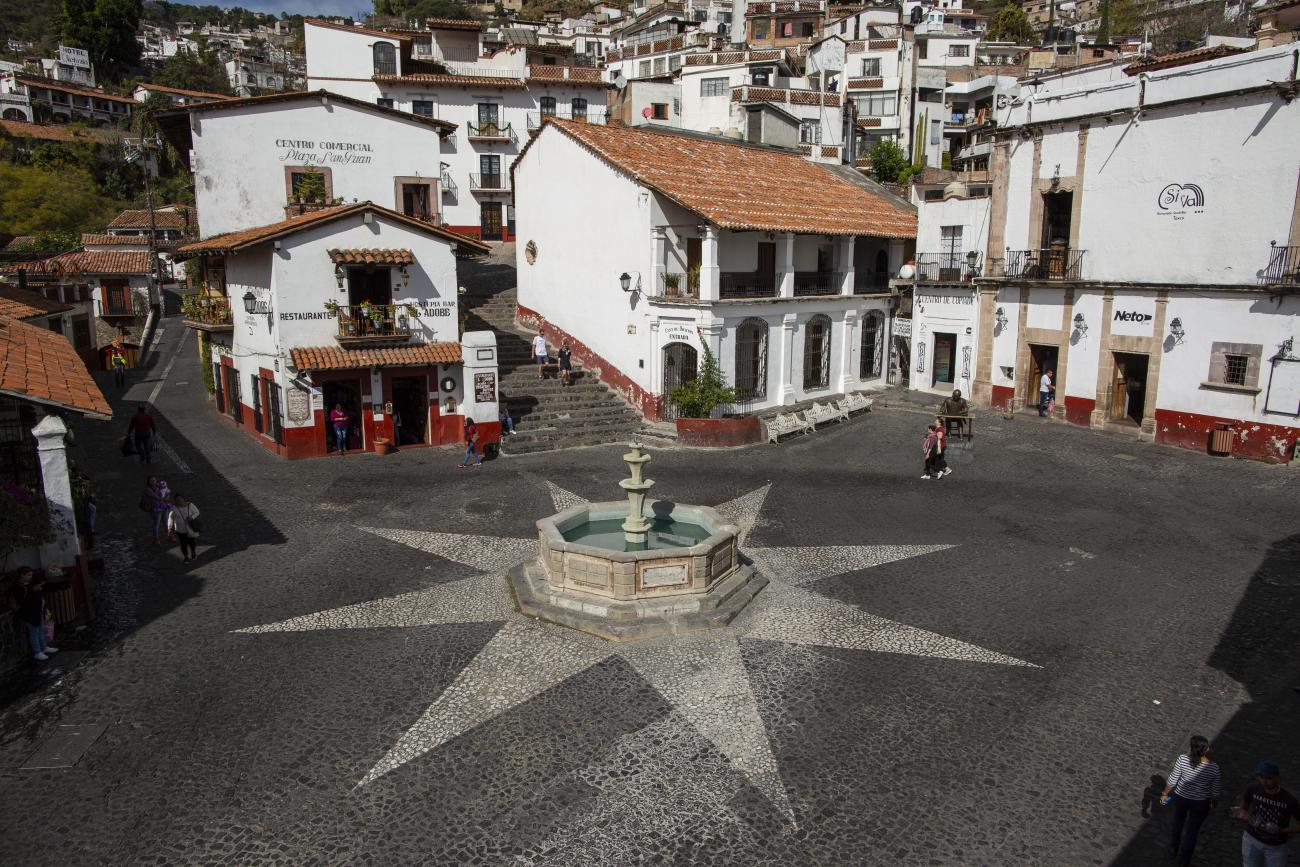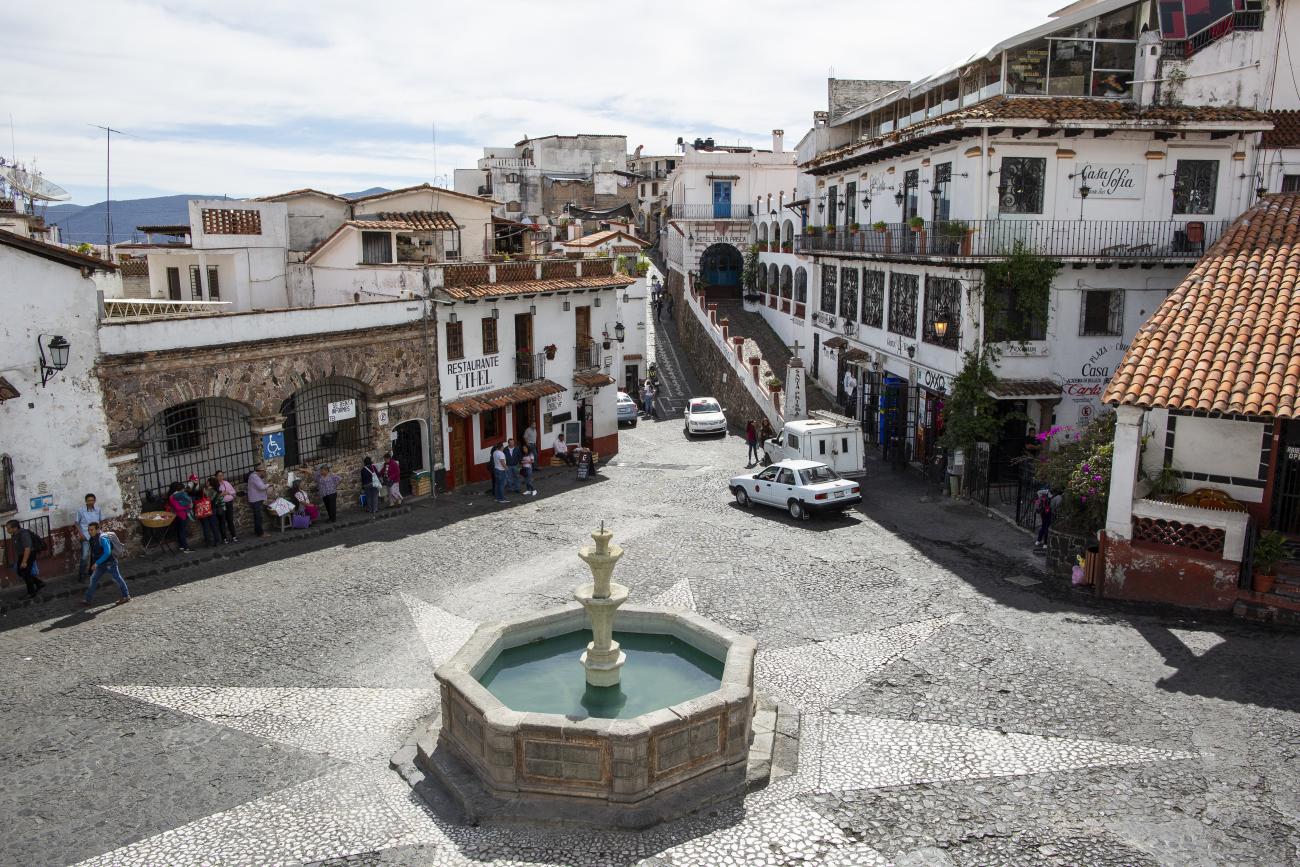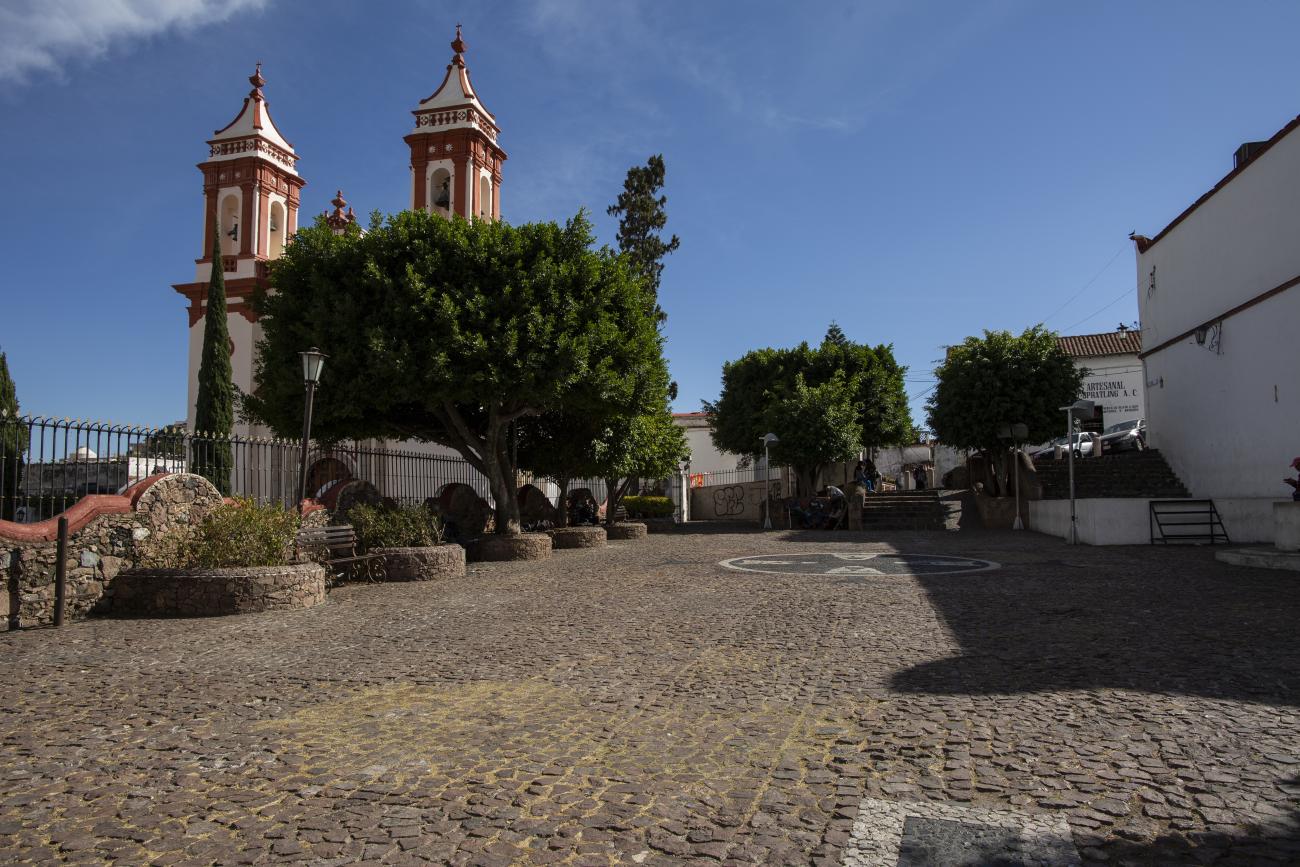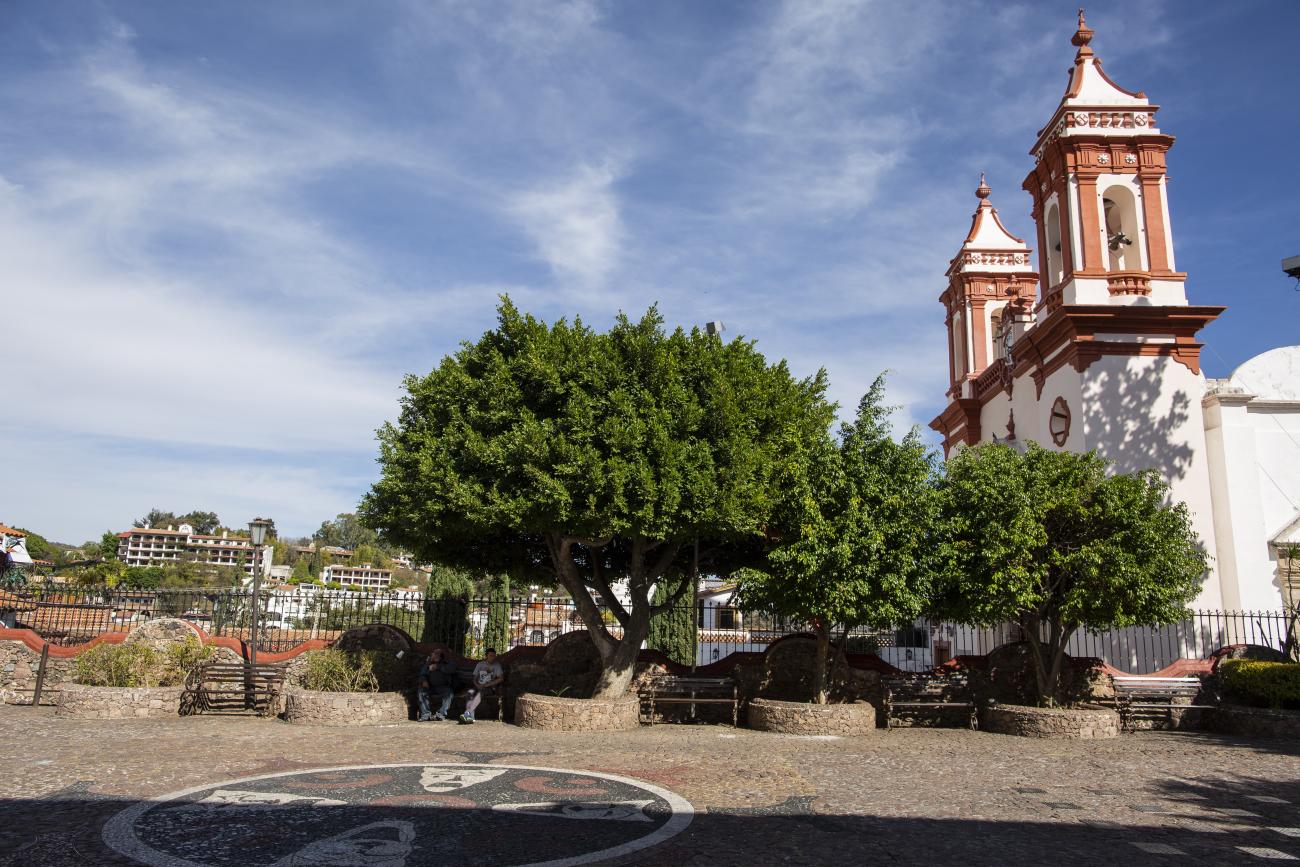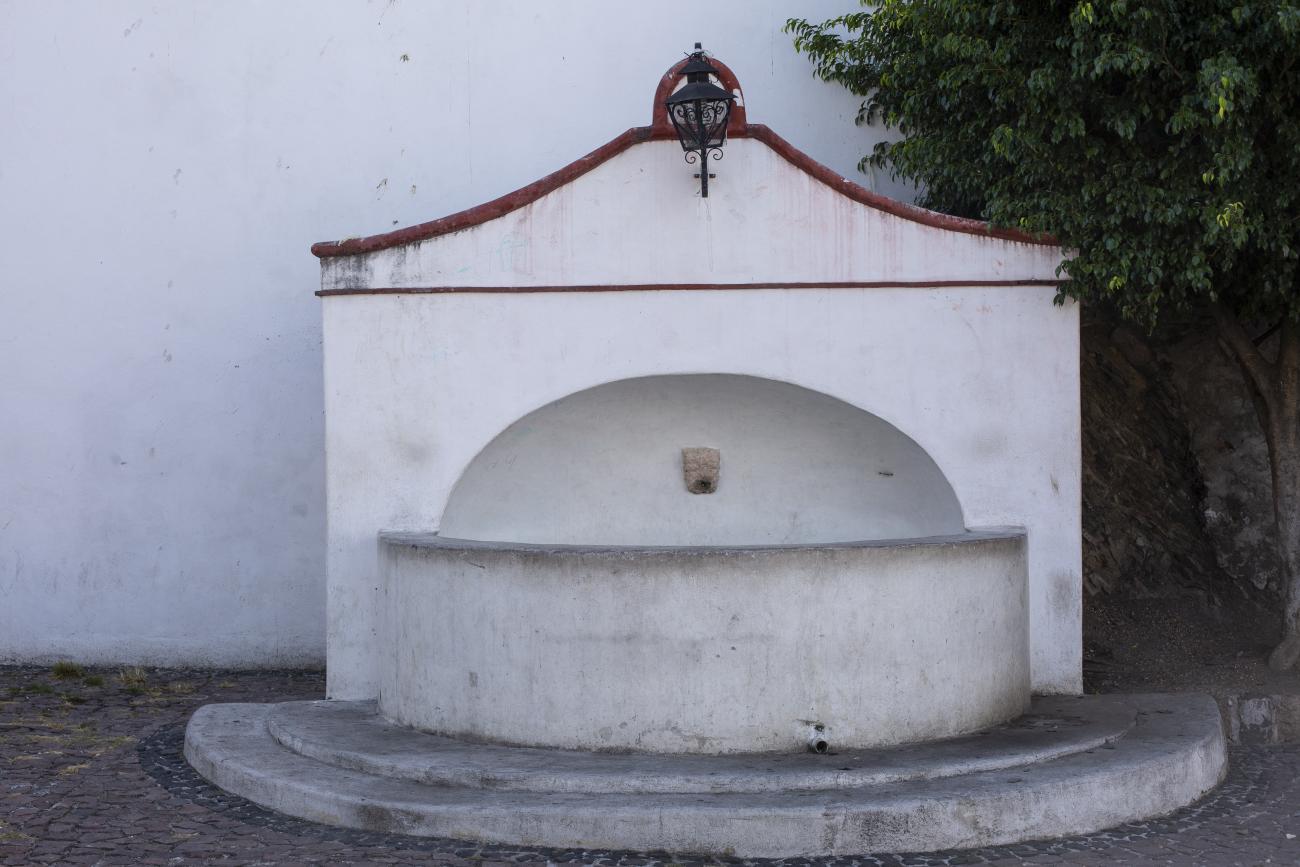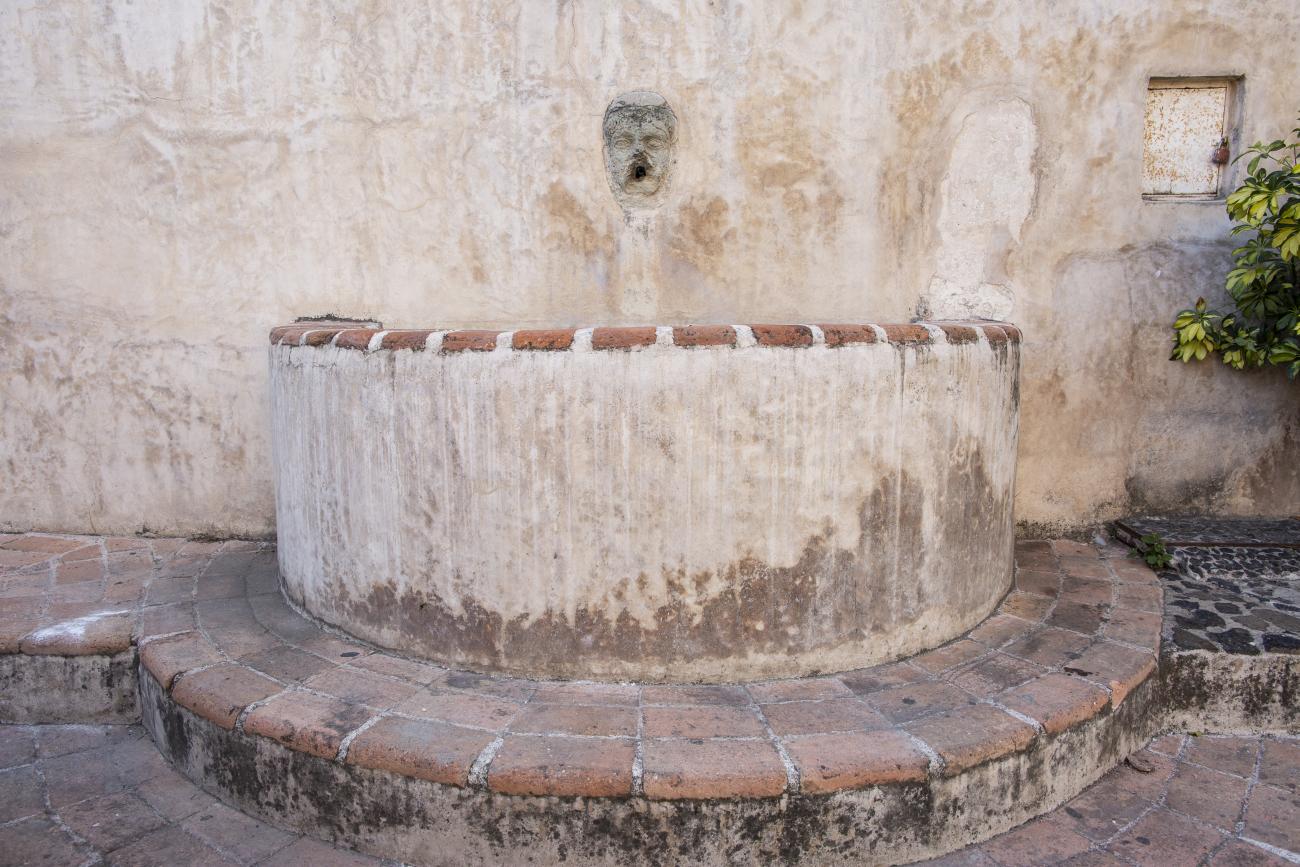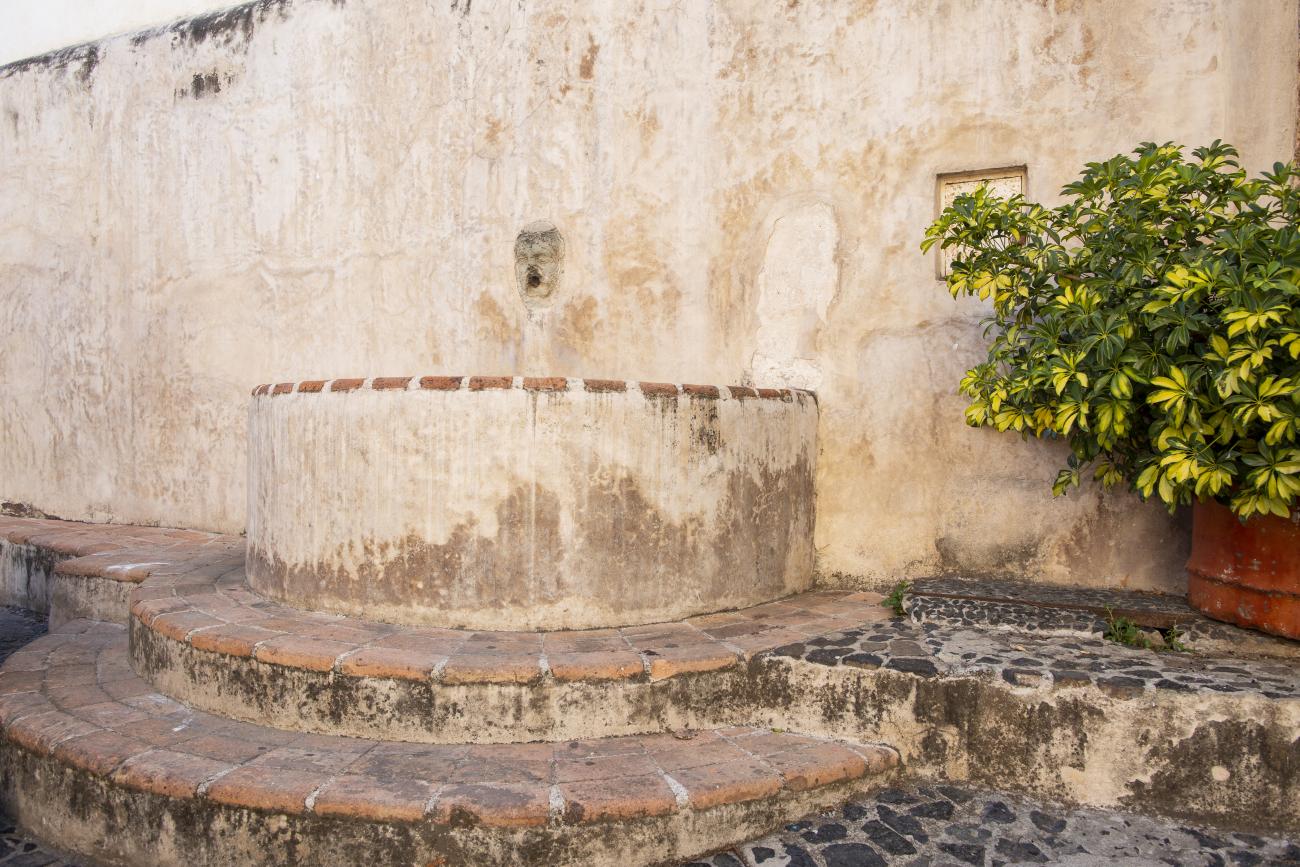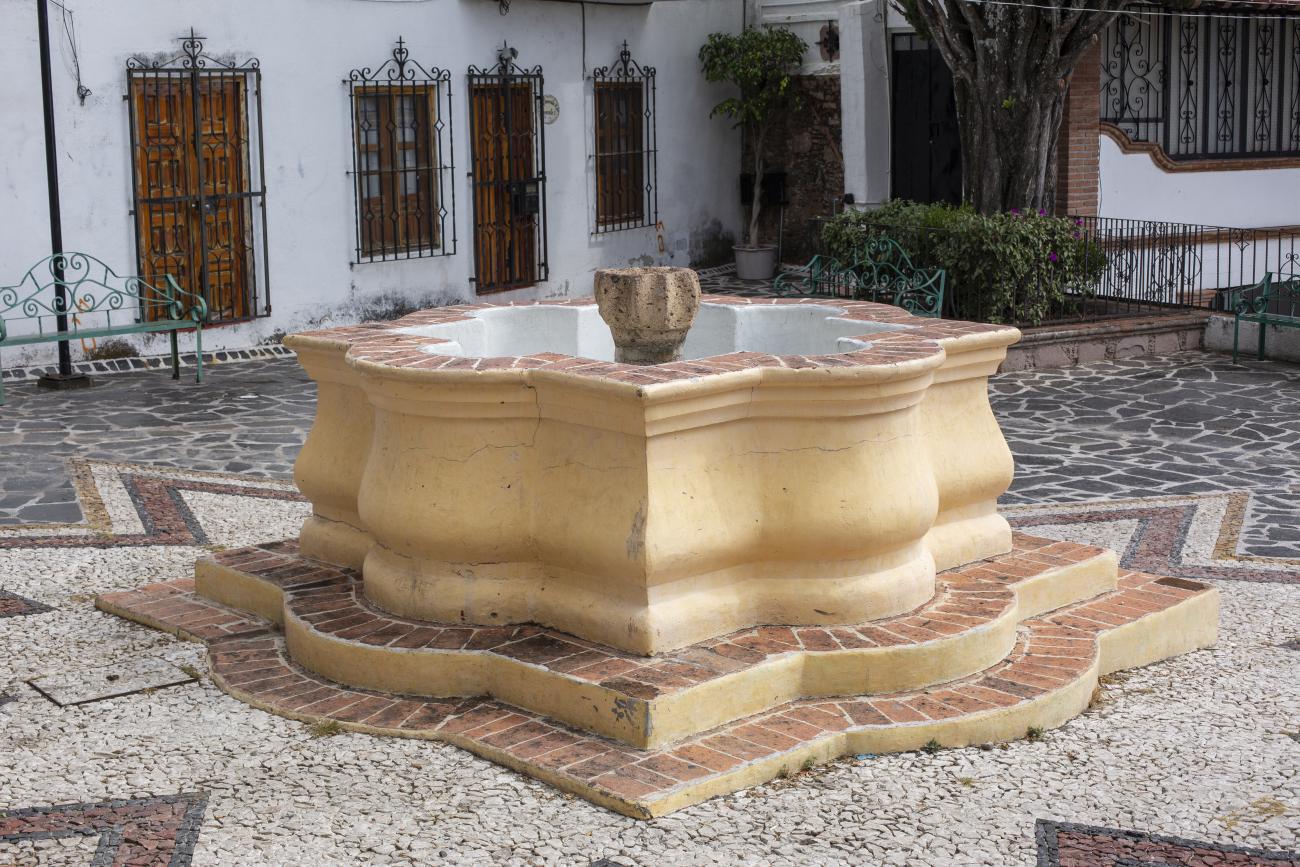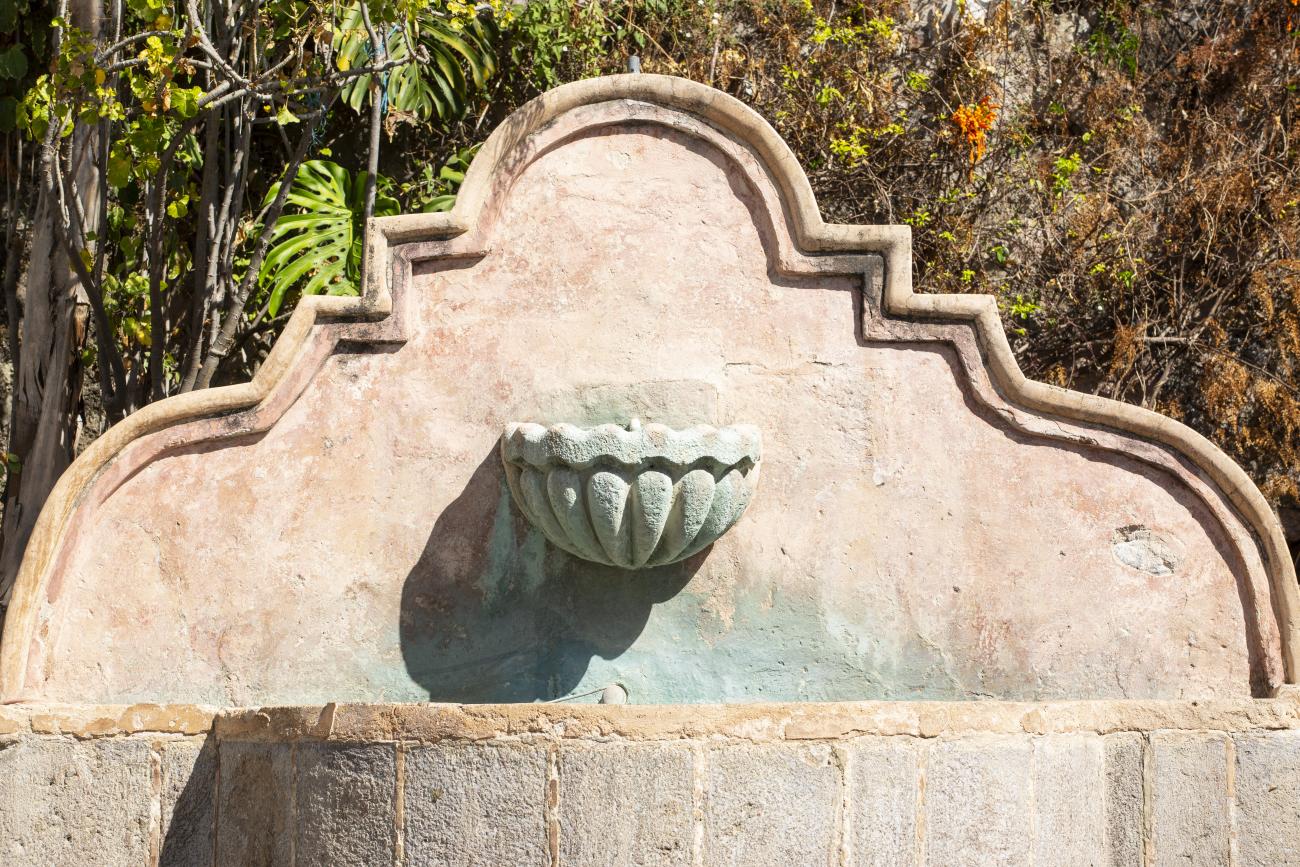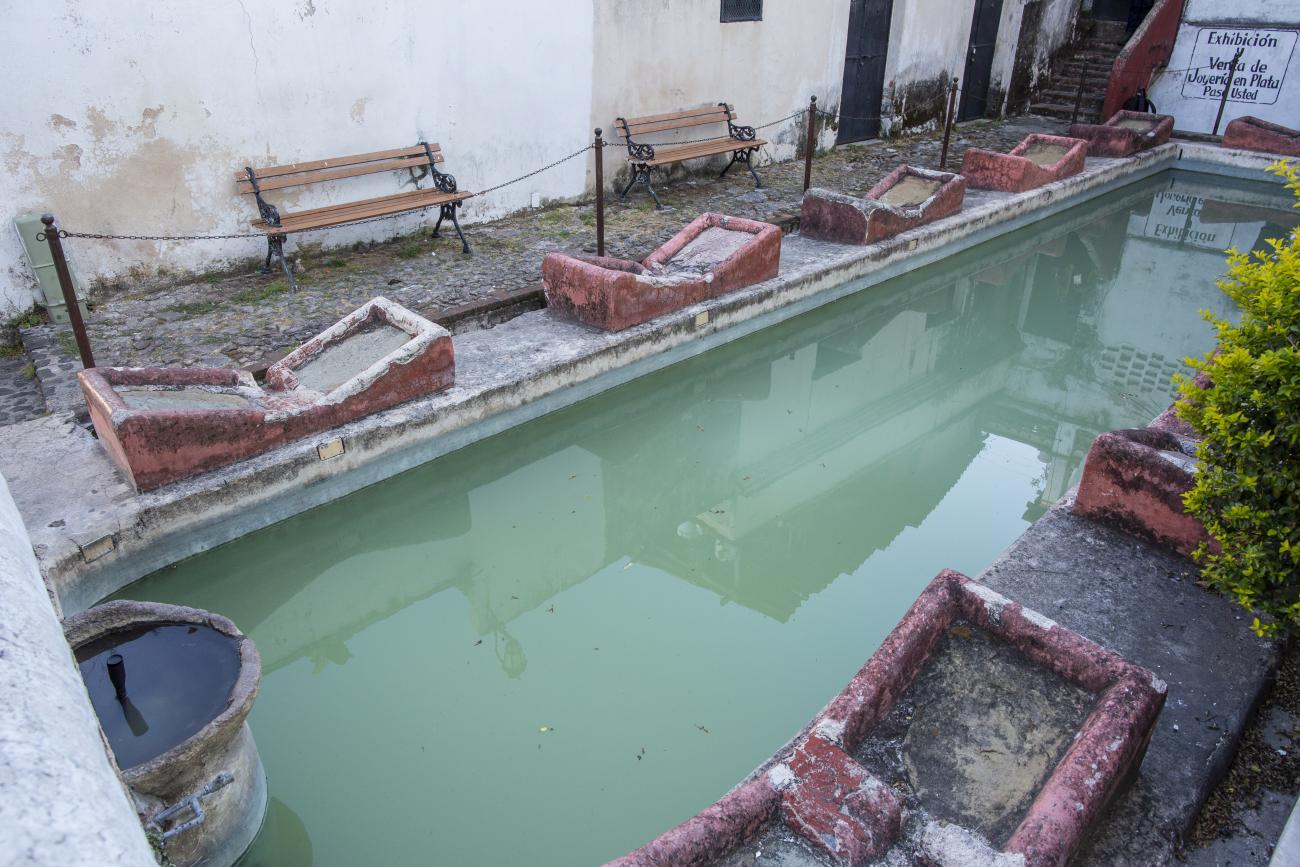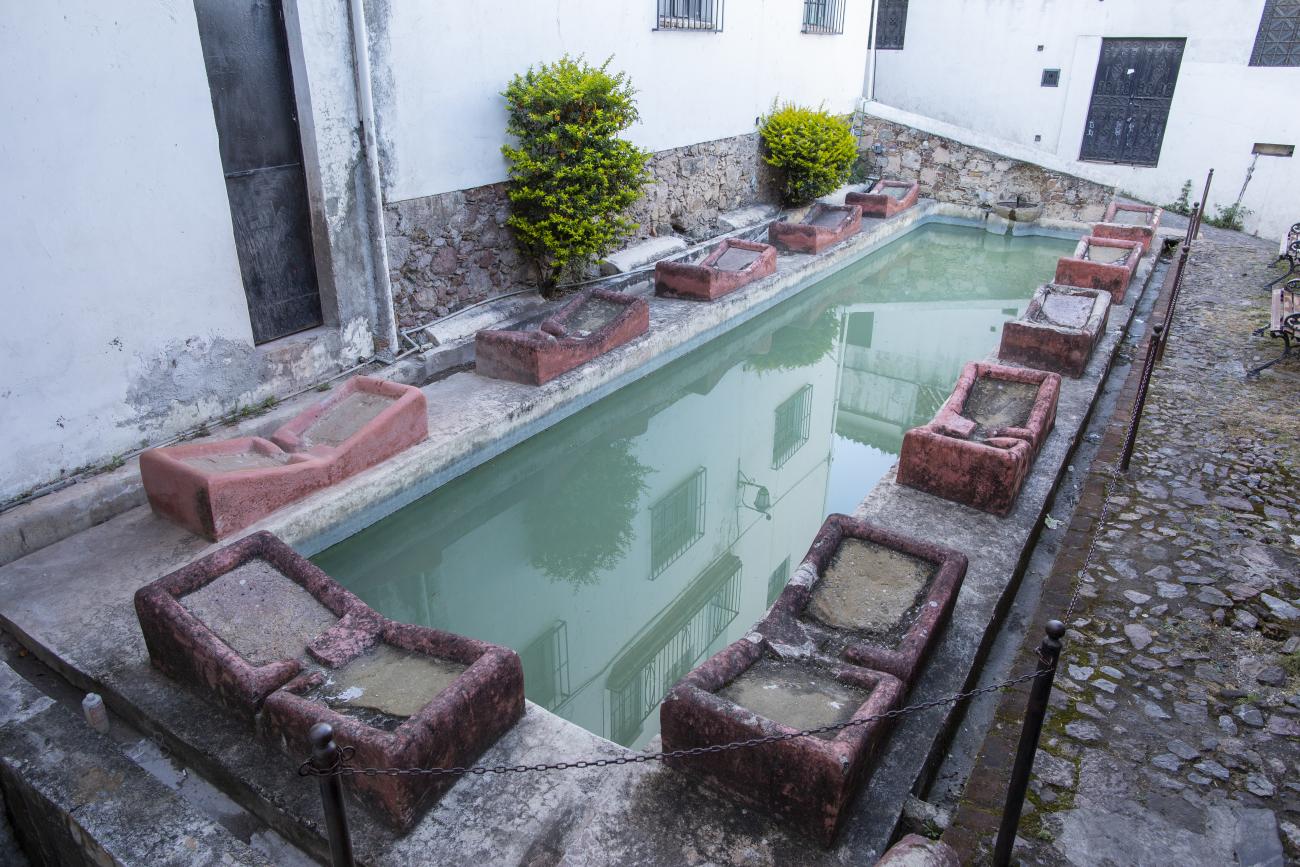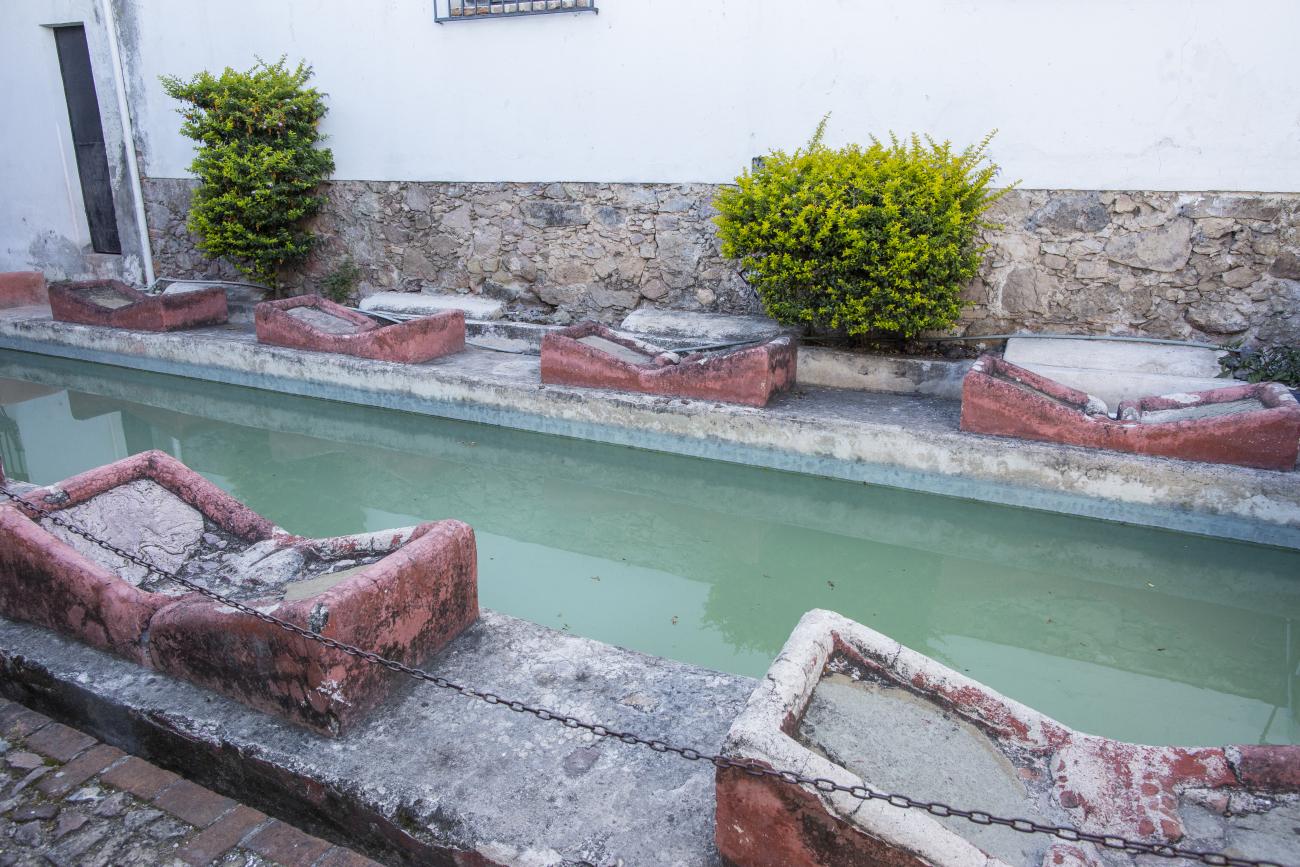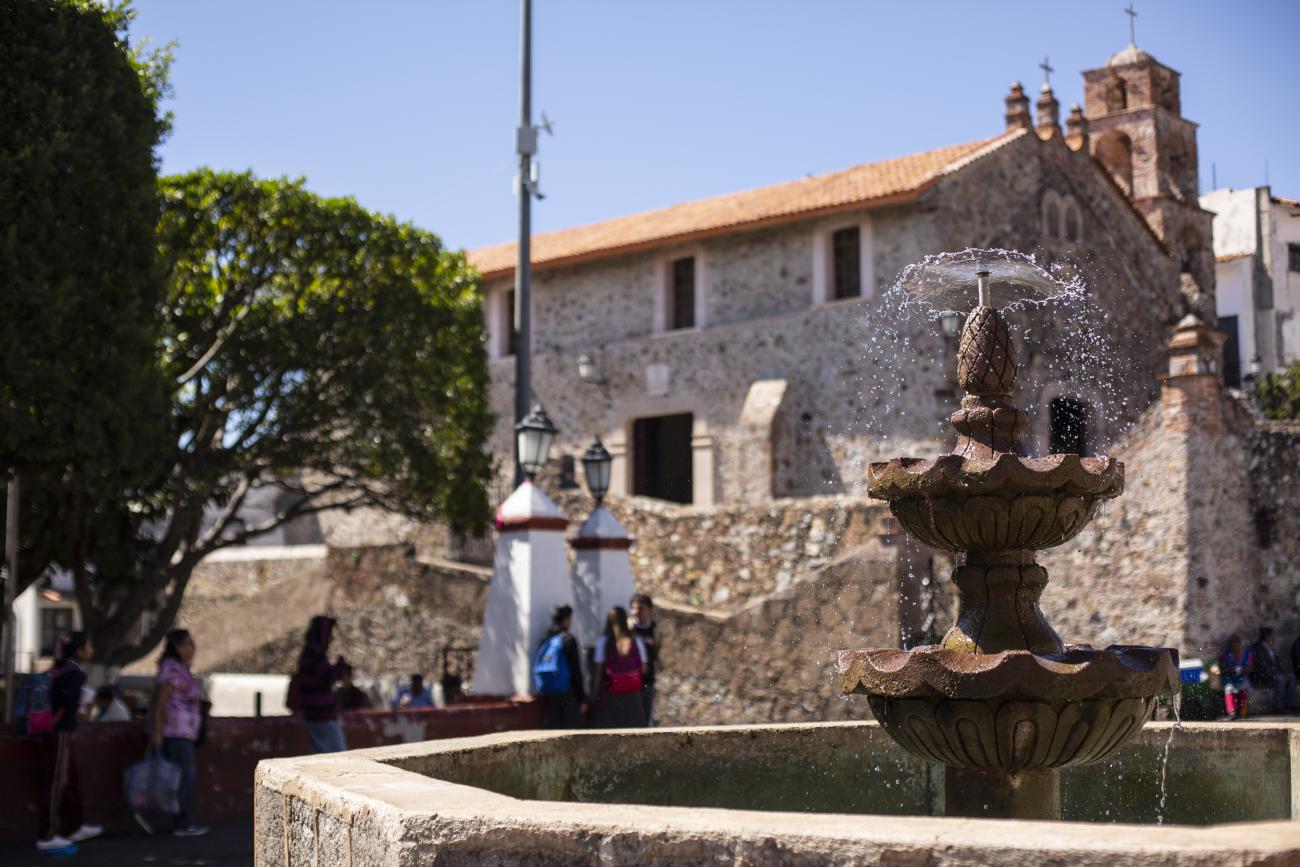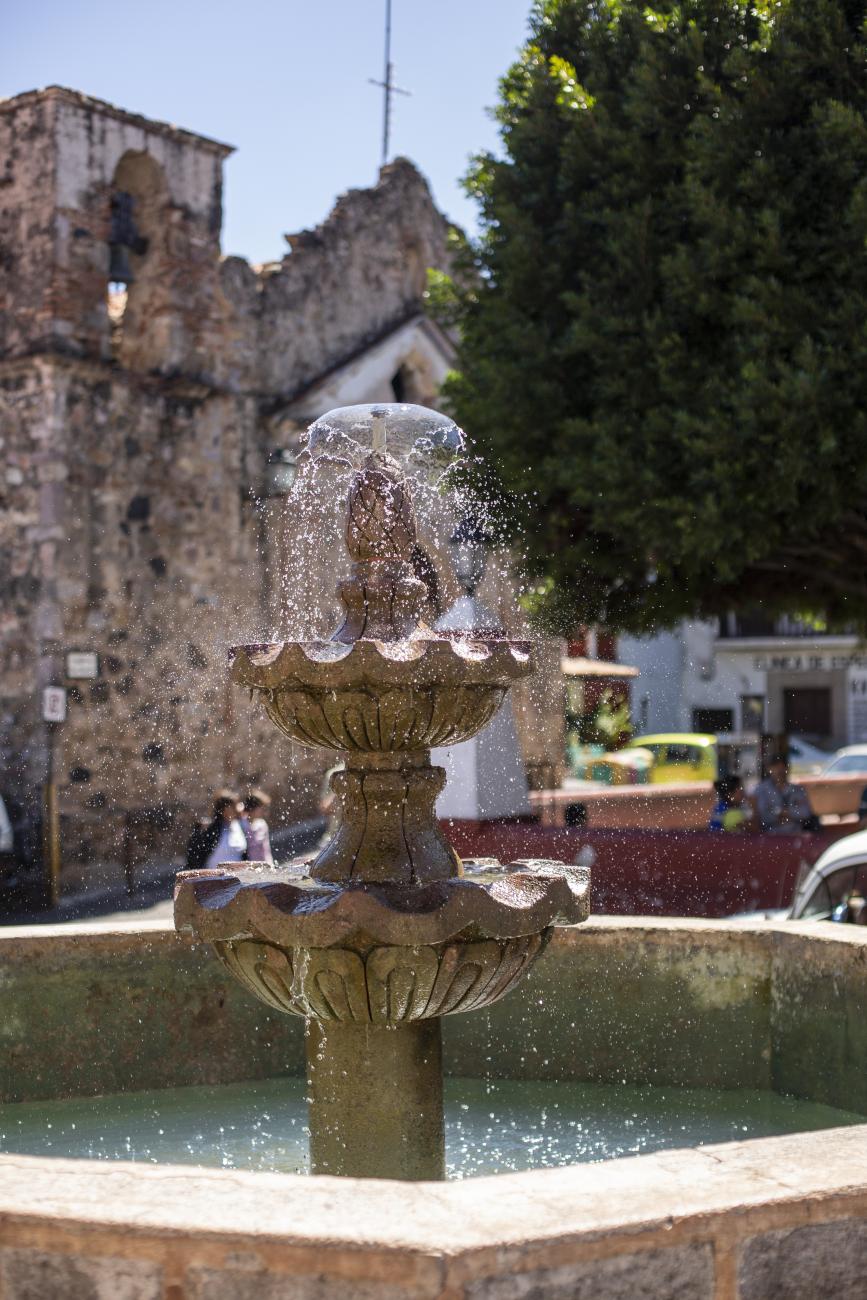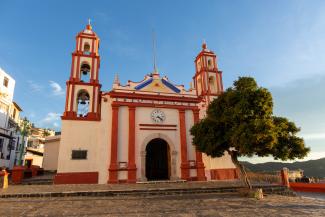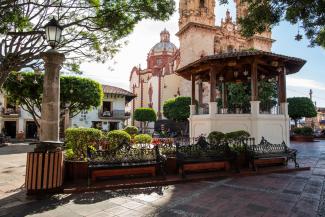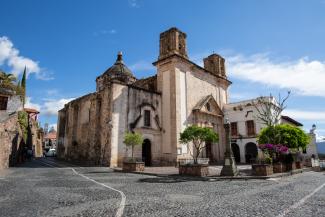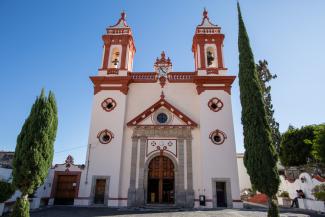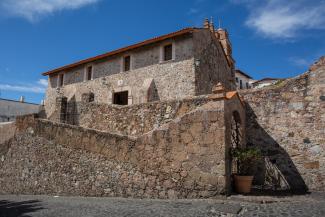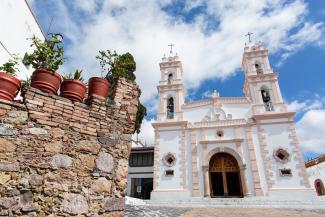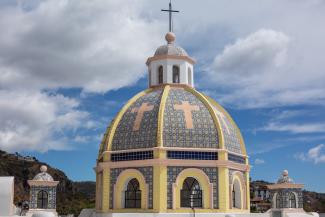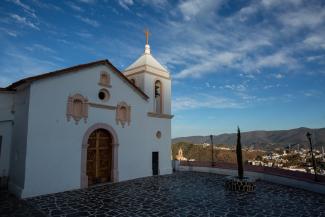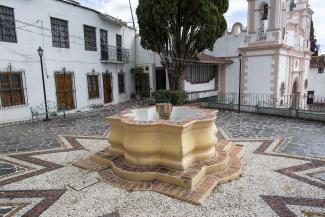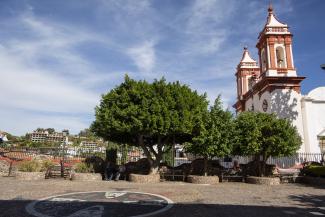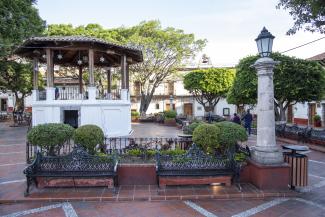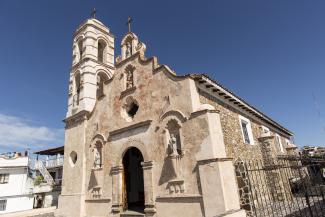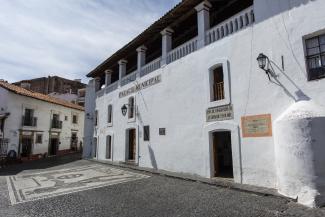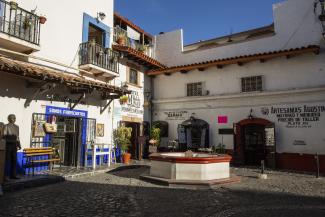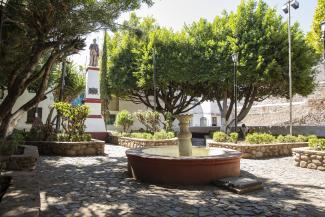Taxco de Alarcón
Historical Monuments Zone
Abstract
A town with a long mining tradition, wholly identified with the silver industry. The center of the city reveals the wealth of the town during the viceregal era, evident in the great beauty and ornamentation of its religious buildings. The layout of the historic center gives it a unique appearance and provides beautiful views of the surrounding mountains.
The town of Taxco is located in the north of Guerrero state in a mountainous landscape with a temperate climate. It was founded in 1528 and its name derives from Nahuatl, meaning “place of the ball game.” Its pre-Hispanic predecessor, the town of Taxco el Viejo, lies 13 kilometers to the southeast, and was the seat of Nahua indigenous groups. Taxco de Alarcón owes the second element of its name to the writer and playwright Juan Ruiz de Alarcón, who born in this city in 1572.
The mines in the region were discovered by Hernán Cortés and the exploitation of the silver mines was decisive activity to its urban development. Many people have heard of Taxco as a center of silversmithing, although it was only after World War II that it gained international fame for this reason.
In Taxco there was a Mining Council, considered one of the oldest of the viceregal era. It was also the scene of major events during the struggle for the Independence of Mexico, when it was taken by the insurgents, led by José María Morelos.
Taxco was declared a Zone of Historical Monuments on March 19, 1990. The historical zone comprises an area of 0.374 km2, a perimeter that contains 72 blocks, including many buildings with historical value built between the 17th and 19th centuries, of which ten were used at some point for religious worship. Among these are: the monastery complex of San Bernardino, the churches of Señor de Chavarrieta, Santa María de Guadalupe, San Miguel Arcángel, San Nicolás, Señor de la Santa Veracruz, Santísima Trinidad, Señor Ojeda, the Presbyterian church and the church of Santa Prisca, which is characterized by its splendid Churrigueresque style facade and is an extraordinary example of Baroque art in New Spain. Its construction was financed by José de Borda, who owned several mines in the town. Together, the religious buildings also display different periods in the development of architecture in Mexico and the prevailing style of construction in each era.
Other buildings were used for educational purposes, welfare services and a public orphanage, as well as for the use of civil and military authorities. Among these the following are of note: the Casa Grande, the Former Customs House, the Cultural Center and Action College, Taxco Cultural Center, the public laundries from the 18th century and the fountains located in corners and squares, including those by the names of Borda, Bernal, San Juan, Chavarrieta, Del Convento, Guadalupe, De los Gallos, Progreso and Santa Cruz. The remaining buildings are civil buildings for private use that, taken as a whole, acquire special significance for maintaining the harmony of this area whose integral conservation is of national interest.
Taxco de Alarcón has a characteristic layout of mining towns that is determined by the topography, with sloping streets that present irregular shapes that widen or curve to form corners and narrow squares for public use, some of these have fountains that were part of the hydraulic system that allowed the supply and distribution of water to the town’s population.
The streets of Taxco are paved with special cobbles that permit the circulation of pedestrians, animals and vehicles. The streets generate confused perspectives and frame unexpected views, such as of the slopes of the Atachi and Huisteco peaks and other hills that form the surroundings. The overall appearance of the city is characterized by the way the buildings are adapted to the natural landscape.
The factories, mills and productive estates borrowed their floor plans, different elements and construction systems from Roman architecture, such as aqueducts, tunnels, water mills, vaults and stone structures built according to the canons of Vitruvius. Similarly, the influence of the Renaissance is evident in the design of elements using the principles of the golden section or the Fibonacci series.
Today, Taxco is recognized as the oldest mining center in the American continent, known as the world capital of silver, and famous across Mexico for the processions through its streets during the celebration of Holy Week. Its most important economic activities are artisanal silversmithing and tourism.
Tourist activities focus on visiting historical sites, the crafts market, the caves, as well as the museums, including the Guillermo Spratling Museum. The latter owes its name to the American silversmith who came to the town in 1929 and revitalized the economy with the creation of the silversmithing industry, as well as tinsmithing.
Due to its traditions, cuisine, festivities, as well as the beauty of its natural landscape and its buildings, Taxco was incorporated into the Pueblos Mágicos (Magical Towns) Program in 2002.
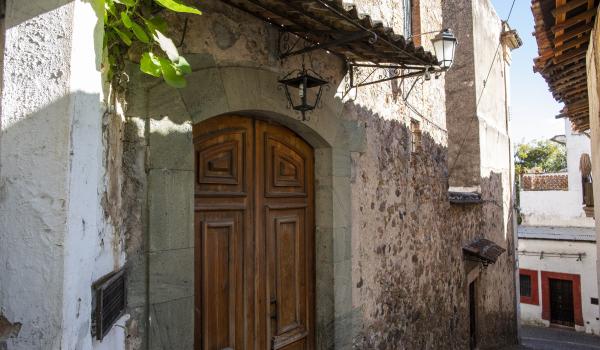
Casa de la Aduana
This building was constructed on the instructions of the Spanish Crown, which wanted Mexico to have a mint so that coins could be minted from the silver bars produced in the mines, thereby facilitating trade and the payment of taxes. This building housed the offices of the tax inspectors.
Casa de la Aduana
This building was constructed on the instructions of the Spanish Crown, which wanted Mexico to have a mint so that coins could be minted from the silver bars produced in the mines, thereby facilitating trade and the payment of taxes. This building housed the offices of the tax inspectors.
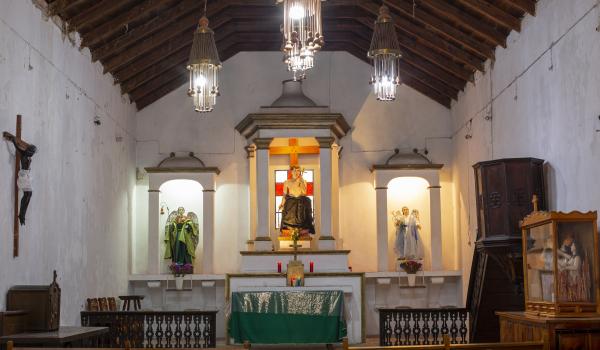
Capilla de San Nicolás
This 16th-century building suffered a fire on October 28, 1863, and reopened on January 2, 1887. The church has a single nave, a neoclassical façade, and a very simple altar with three recent altarpieces.
Capilla de San Nicolás
This 16th-century building suffered a fire on October 28, 1863, and reopened on January 2, 1887. The church has a single nave, a neoclassical façade, and a very simple altar with three recent altarpieces.
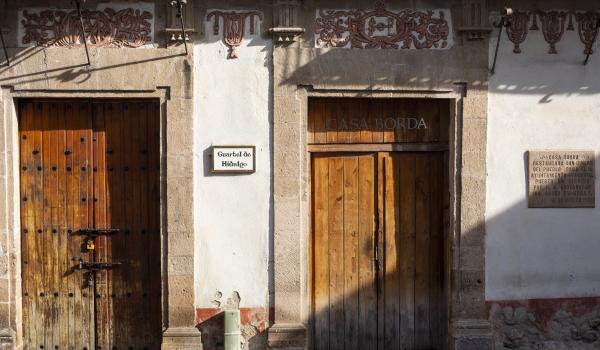
Casa Borda
An 18th-century civil building where José de la Borda and the priests of Santa Prisca lived. The façade has two levels, stone gargoyles, a flagpole, and a monumental bell. The interior has double-height ceilings. To the left of the main entrance, there are three levels, and to the right, four.
Casa Borda
An 18th-century civil building where José de la Borda and the priests of Santa Prisca lived. The façade has two levels, stone gargoyles, a flagpole, and a monumental bell. The interior has double-height ceilings. To the left of the main entrance, there are three levels, and to the right, four.

Fuente de don José de la Borda
An 18th-century fountain with four stone steps on three sides, leading to a rectangular water basin. On the back wall is a bronze bust of Don José de la Borda.
Fuente de don José de la Borda
An 18th-century fountain with four stone steps on three sides, leading to a rectangular water basin. On the back wall is a bronze bust of Don José de la Borda.
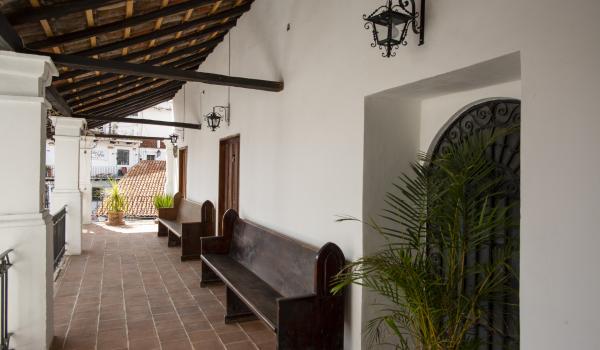
Centro Presbiteriano
An 18th-century building that was used as a barracks for revolutionaries in the early 20th century. It features elements typical of the area, such as a corridor on both sides.
Centro Presbiteriano
An 18th-century building that was used as a barracks for revolutionaries in the early 20th century. It features elements typical of the area, such as a corridor on both sides.
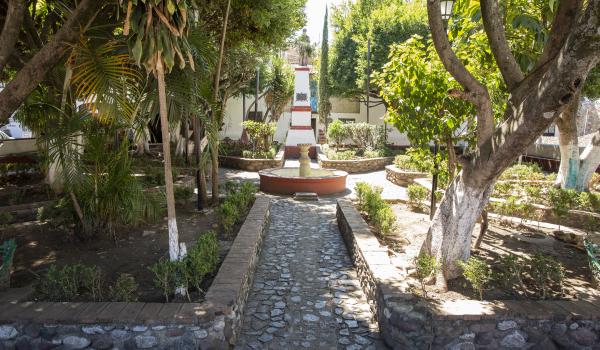
Monumento a Guerrero
A 19th-century monument consisting of a square pyramidal pedestal, a molded base, and a smooth column supporting a life-size bronze sculpture depicting General Vicente Guerrero in uniform, standing with his right arm across his chest.
Monumento a Guerrero
A 19th-century monument consisting of a square pyramidal pedestal, a molded base, and a smooth column supporting a life-size bronze sculpture depicting General Vicente Guerrero in uniform, standing with his right arm across his chest.
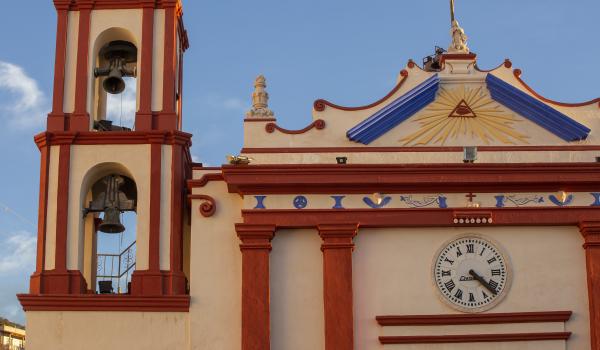
Capilla de Guadalupe
19th-century chapel located in the Cacayotla neighborhood. It has bell towers on three levels on both sides. Its architectural layout is square, with a single nave, a side chapel, and gargoyles on the left side. The choir features a groin vault.
Capilla de Guadalupe
19th-century chapel located in the Cacayotla neighborhood. It has bell towers on three levels on both sides. Its architectural layout is square, with a single nave, a side chapel, and gargoyles on the left side. The choir features a groin vault.

Iglesia de San Miguel
A 17th-century religious building located near the last ravine in the city of Taxco. Its façade is made of quarry stone and the bell tower has two sections. The interior is a gabled nave.
Iglesia de San Miguel
A 17th-century religious building located near the last ravine in the city of Taxco. Its façade is made of quarry stone and the bell tower has two sections. The interior is a gabled nave.
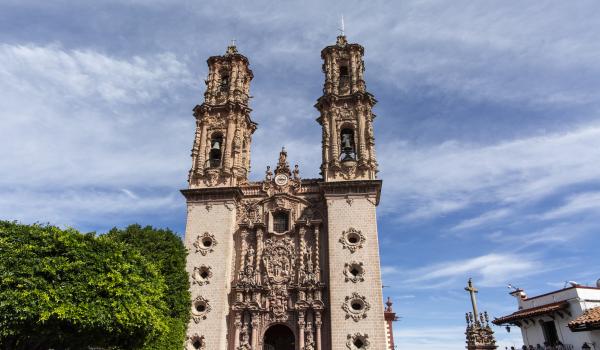
Parroquia de Santa Prisca y San Sebastián
The current building is the result of the mining boom of Don José de la Borda, who requested permission from the archbishop to renovate the old parish church of Real de Minas de Taxco, dedicated to the Immaculate Conception, which had been built in 1583.
Parroquia de Santa Prisca y San Sebastián
The current building is the result of the mining boom of Don José de la Borda, who requested permission from the archbishop to renovate the old parish church of Real de Minas de Taxco, dedicated to the Immaculate Conception, which had been built in 1583.

Templo de San Bernardino
A religious building whose first stone was laid on April 5, 1595. On March 28, 1805, it suffered a terrible fire that destroyed much of the convent complex.
Templo de San Bernardino
A religious building whose first stone was laid on April 5, 1595. On March 28, 1805, it suffered a terrible fire that destroyed much of the convent complex.
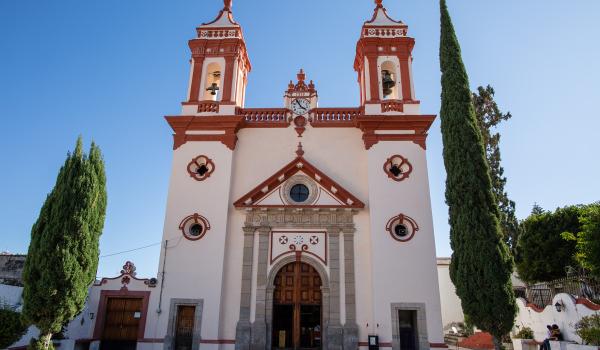
Santuario de la Santa Veracruz
A 16th-century brotherhood dedicated to Santo Cristo de la Veracruz, which neighbors attended for the procession of the Christs, gave rise to this sanctuary. The temple was built in the 19th century; the current roof is the result of renovations carried out after the fire of 1835.
Santuario de la Santa Veracruz
A 16th-century brotherhood dedicated to Santo Cristo de la Veracruz, which neighbors attended for the procession of the Christs, gave rise to this sanctuary. The temple was built in the 19th century; the current roof is the result of renovations carried out after the fire of 1835.
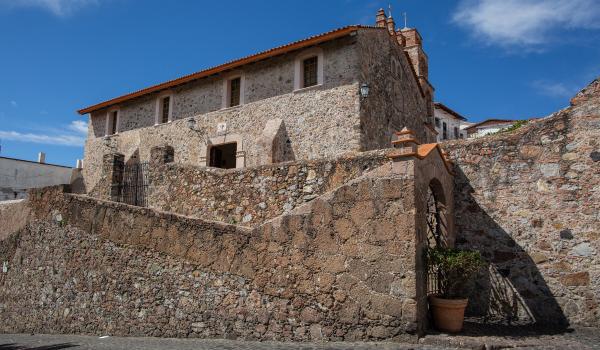
Capilla de la Santísima Trinidad
This building is characterized by its stone façade with quarry stone ornamentation. Its fence has a ramp that provides access to the atrium. It is made of stone, 60 cm wide, and has an arch with a finial at the main entrance.
Capilla de la Santísima Trinidad
This building is characterized by its stone façade with quarry stone ornamentation. Its fence has a ramp that provides access to the atrium. It is made of stone, 60 cm wide, and has an arch with a finial at the main entrance.
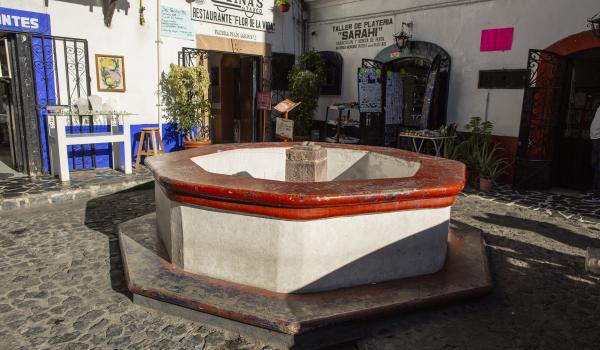
n>
Fuente de los Gallos
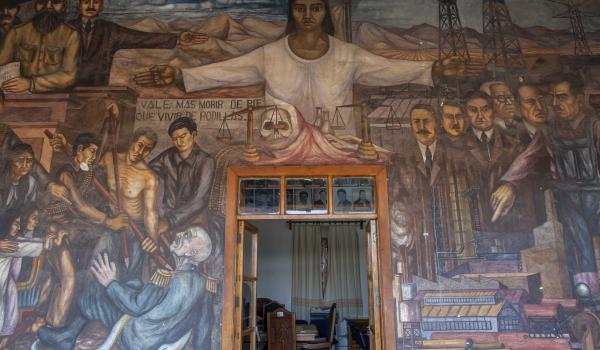
Palacio municipal
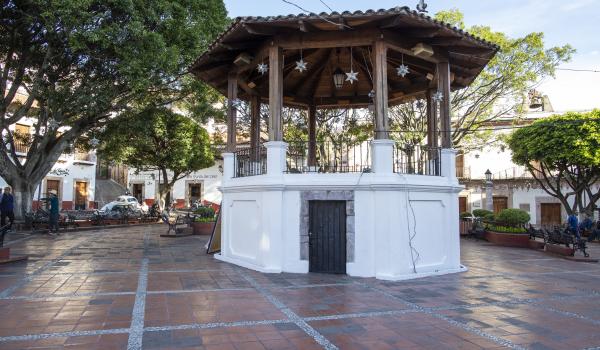
Plaza Borda
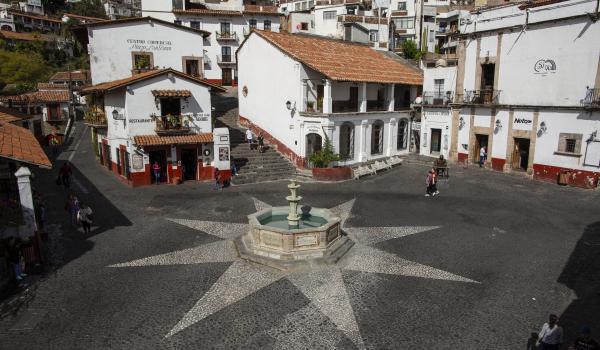
Plazuela de San Juan
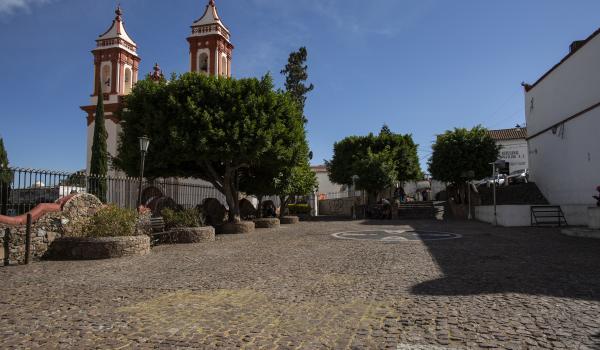
Atrio de la Veracruz
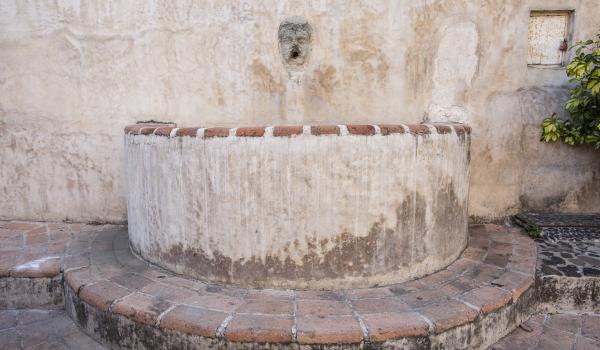
Fuente
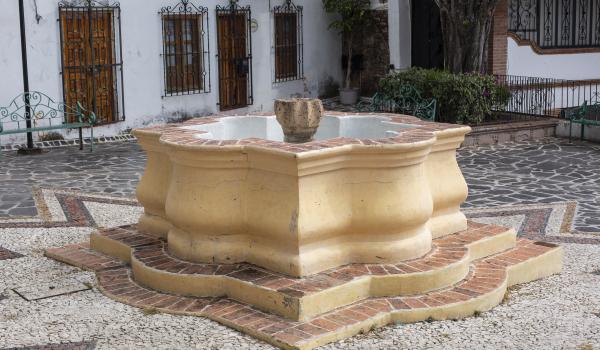
Fuente Chavarrieta

Fuente del Ex Convento de San Bernardino de Siena
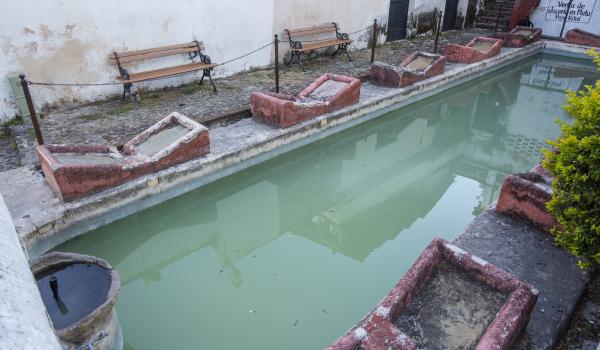
Lavaderos públicos
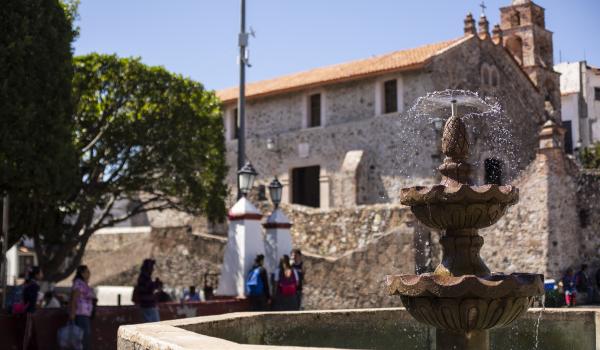
Plazuela de San Nicolás

